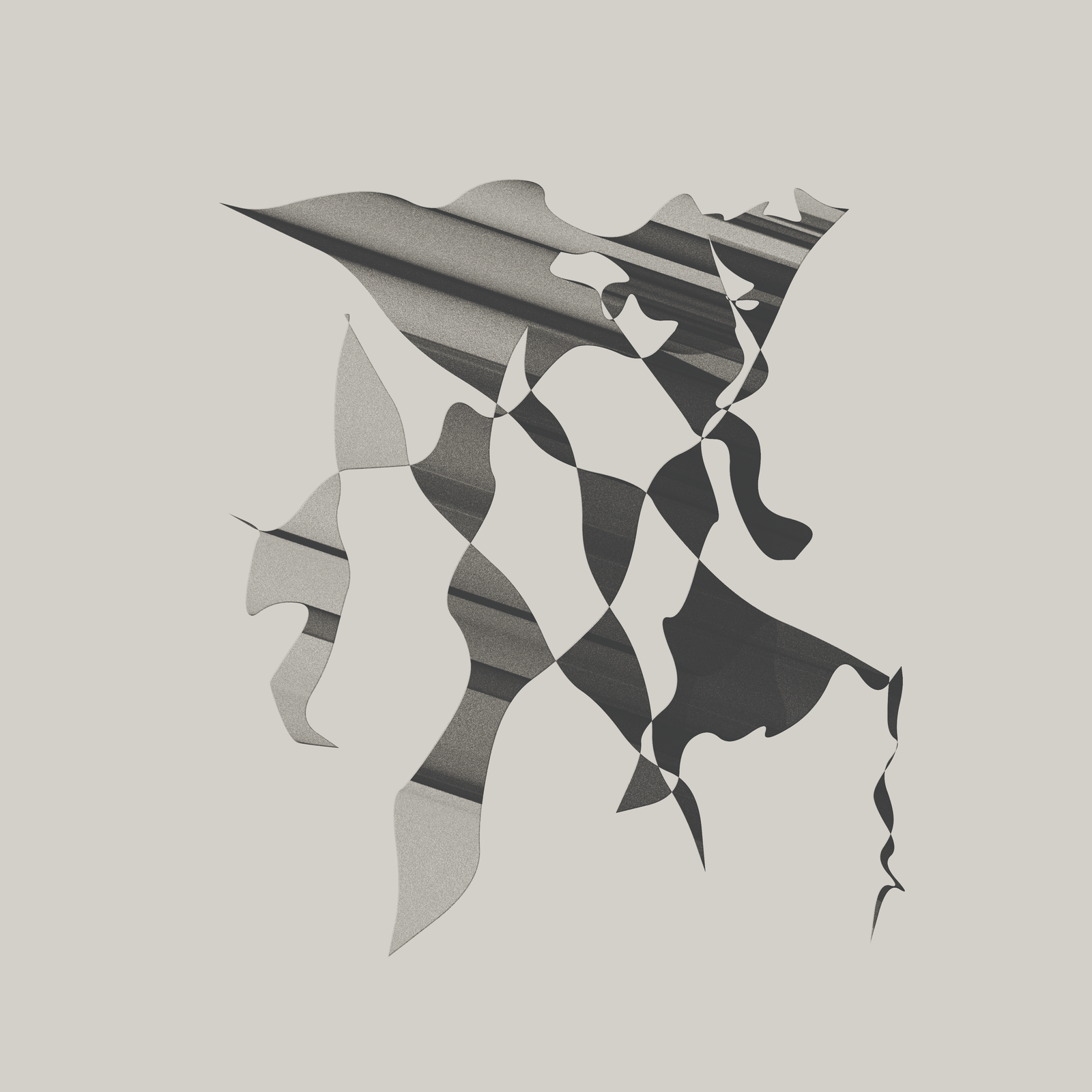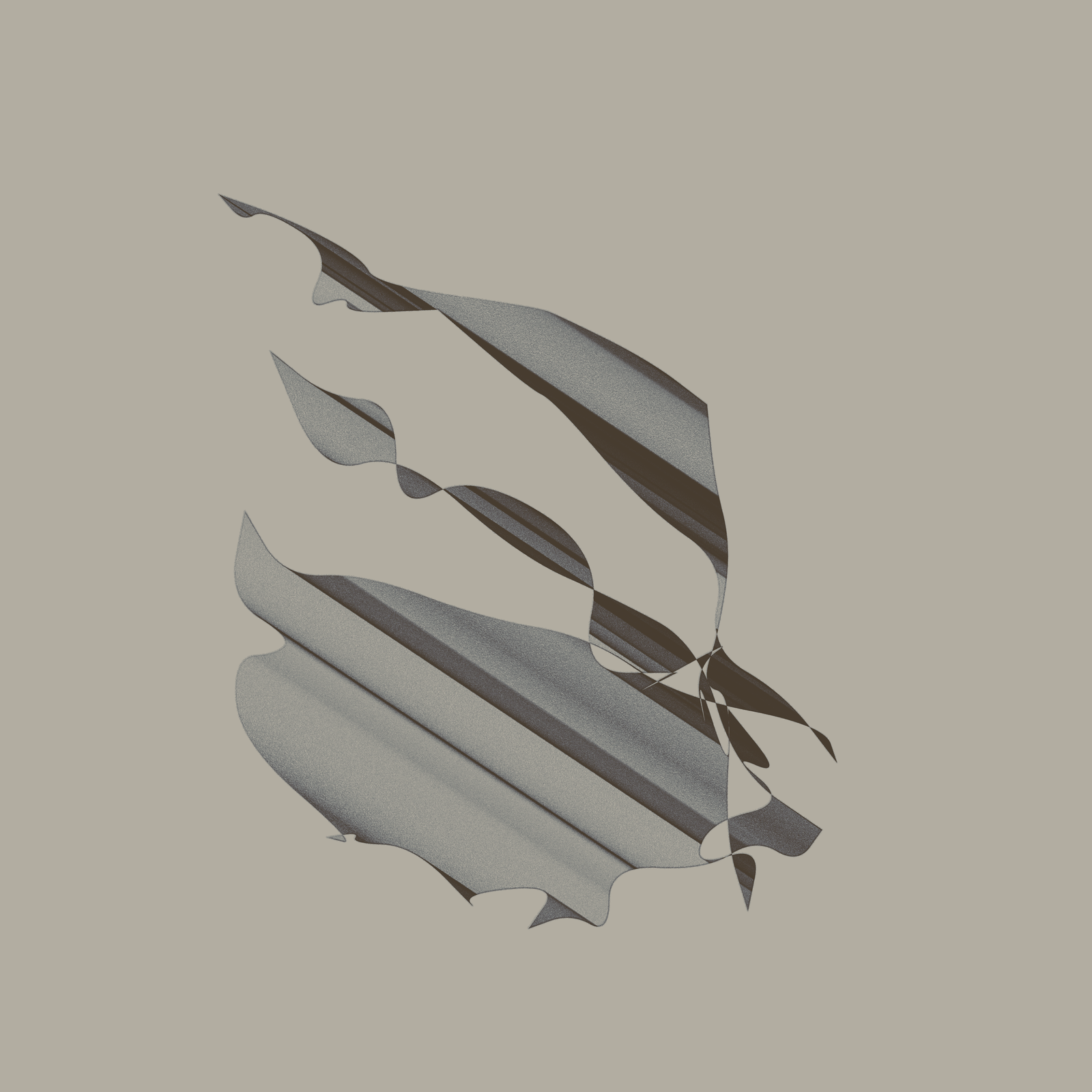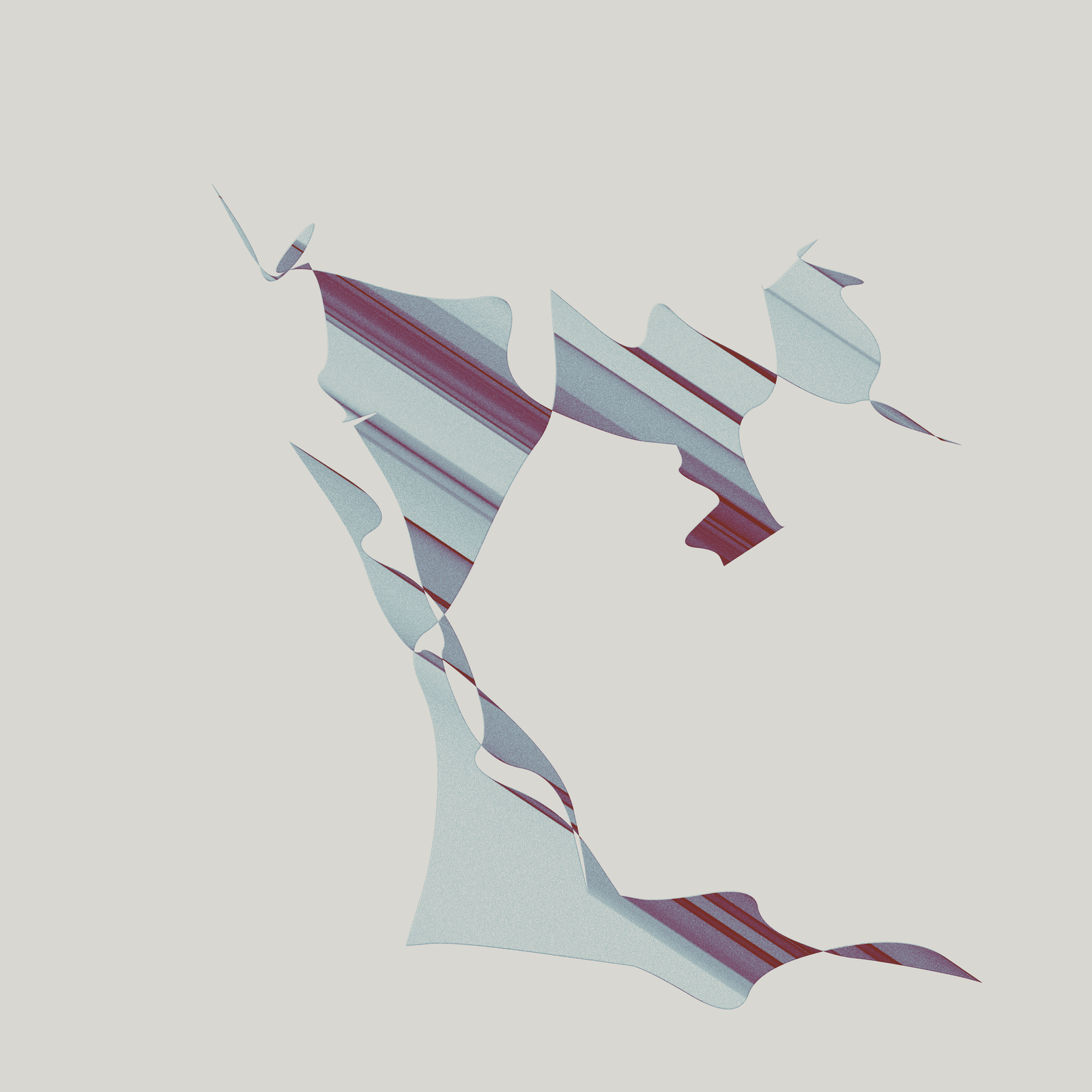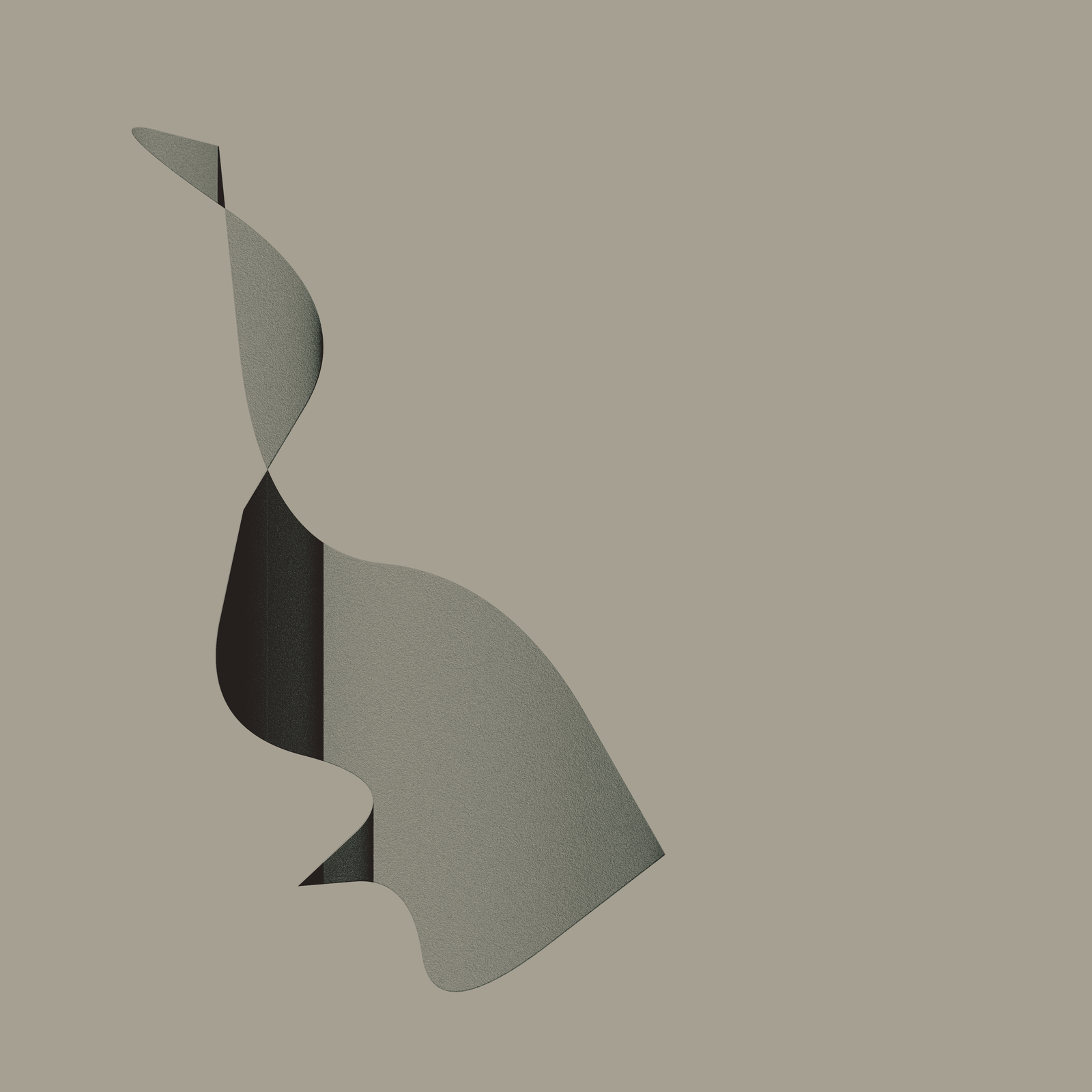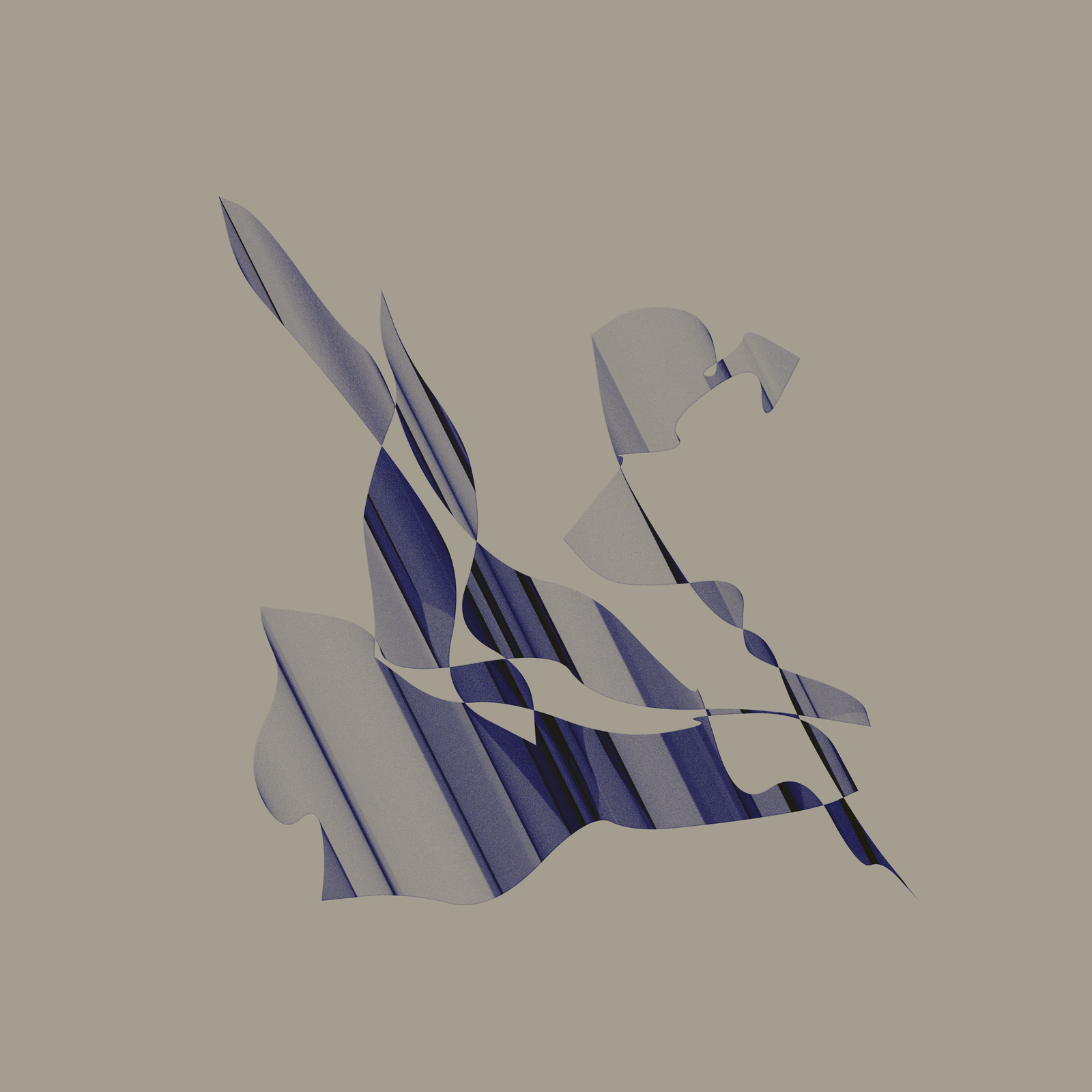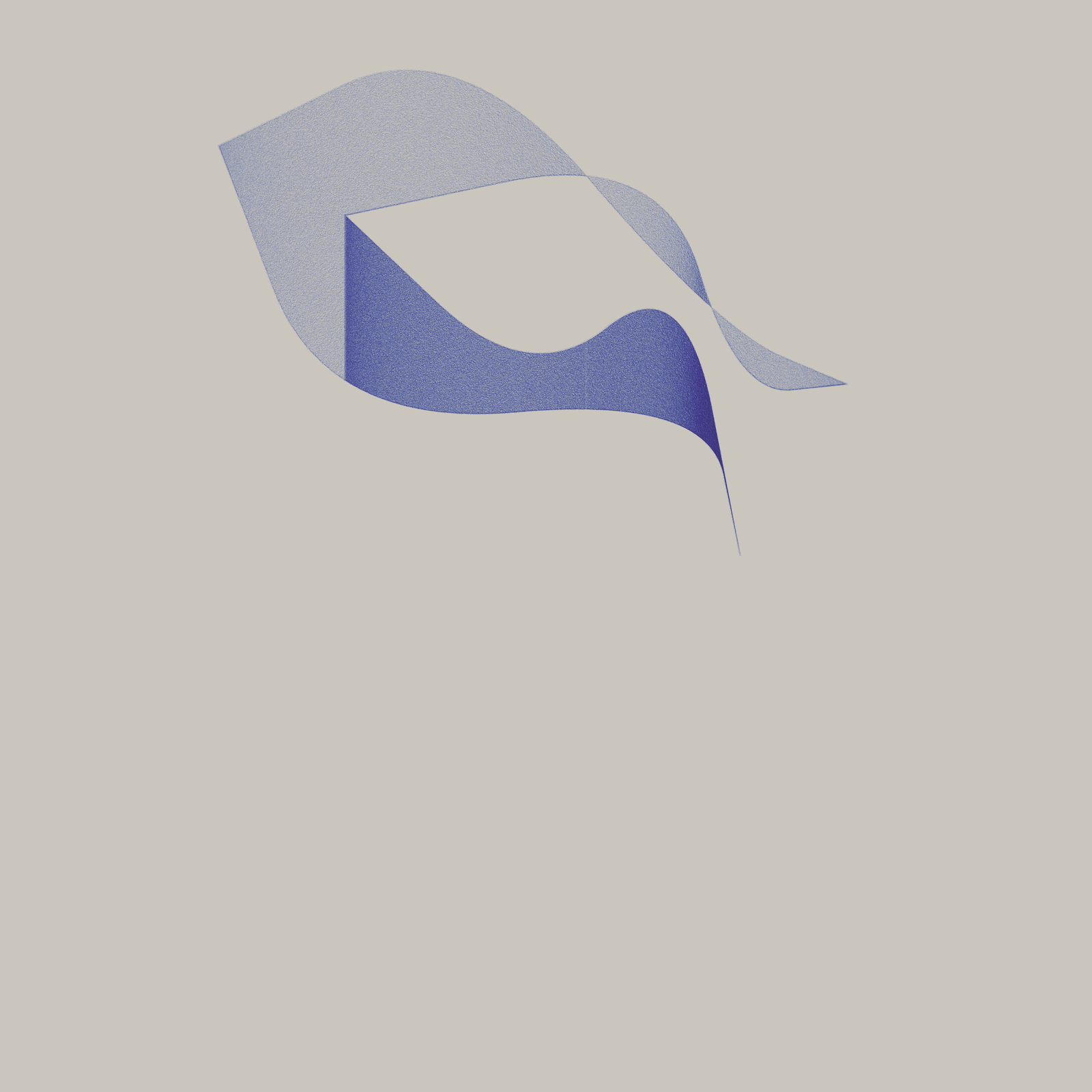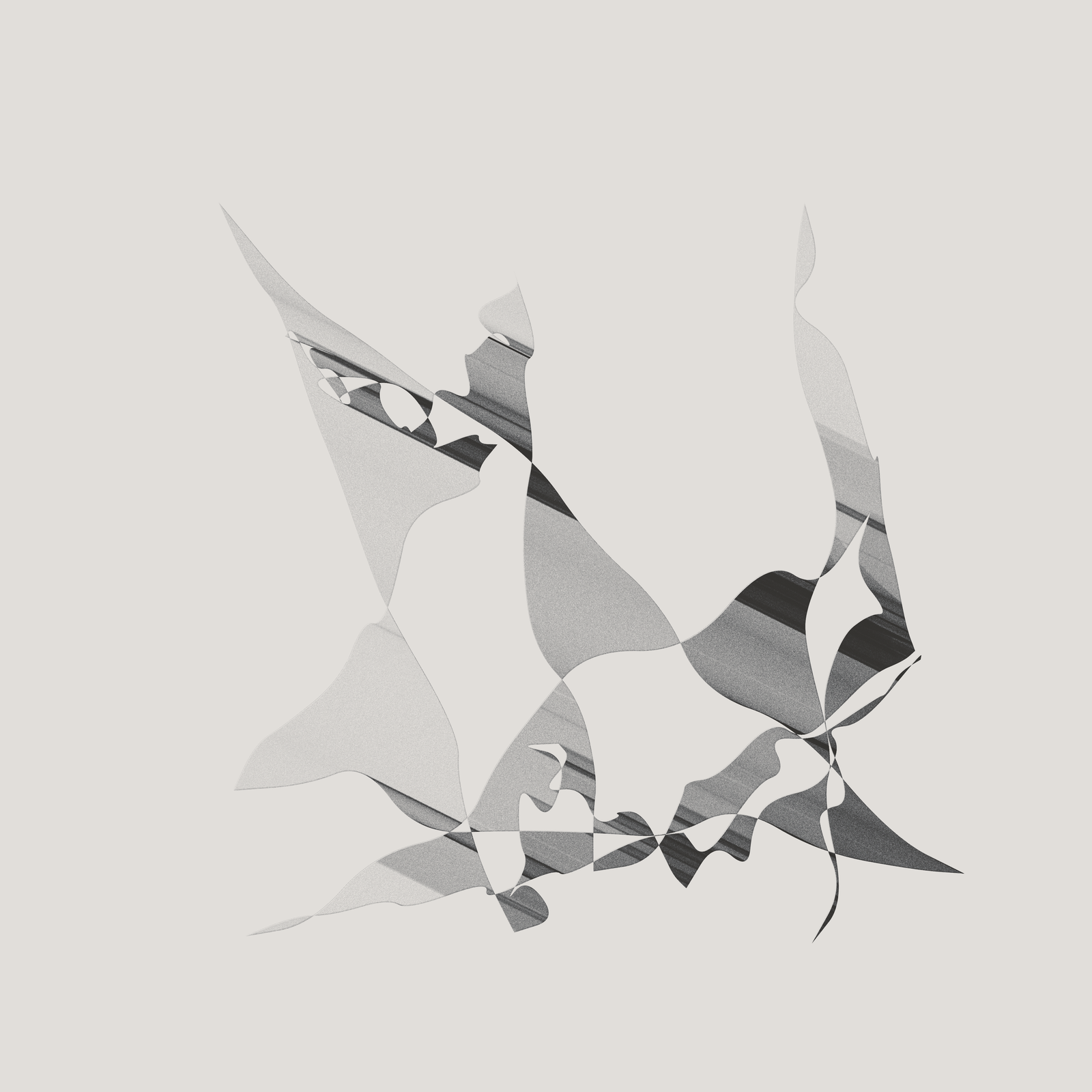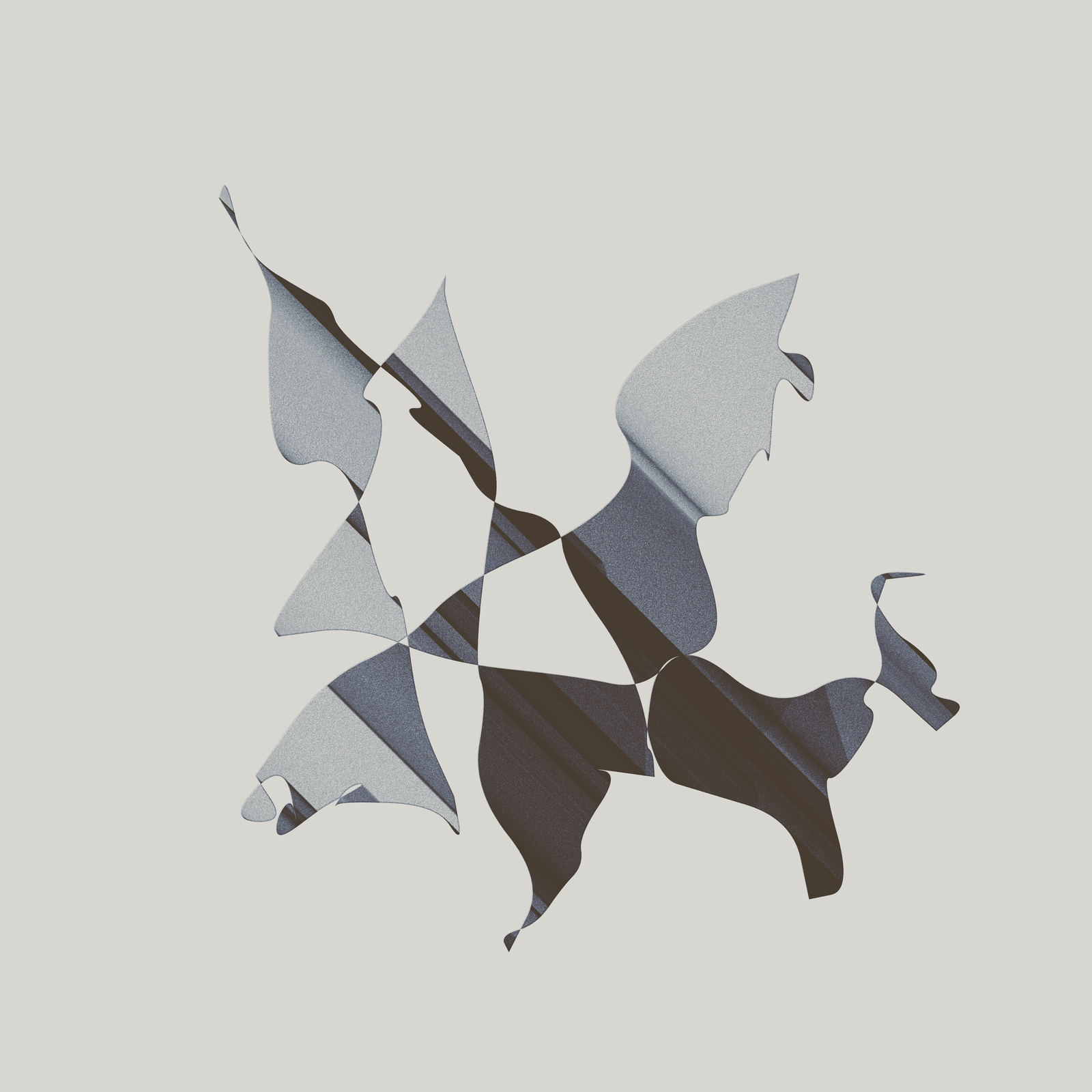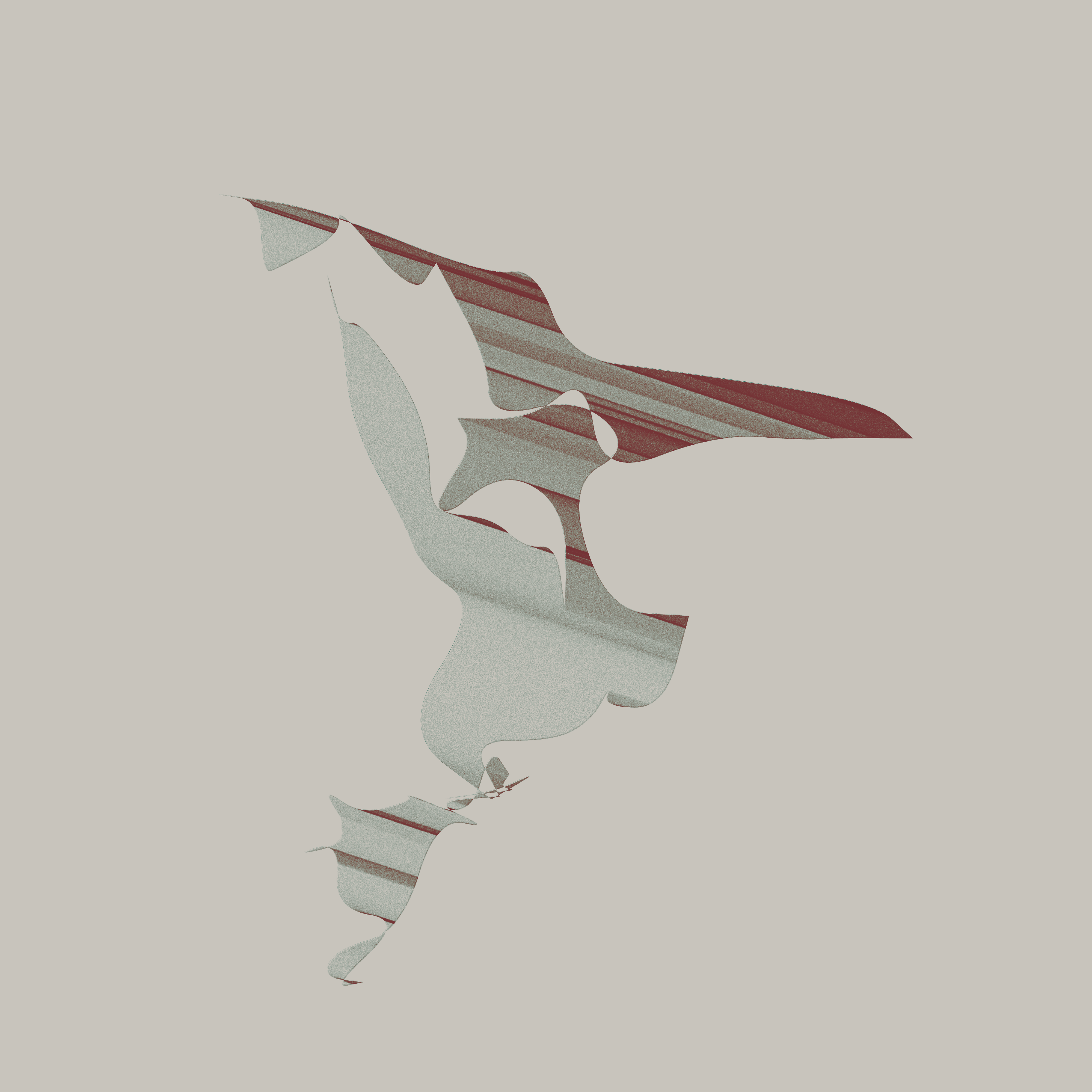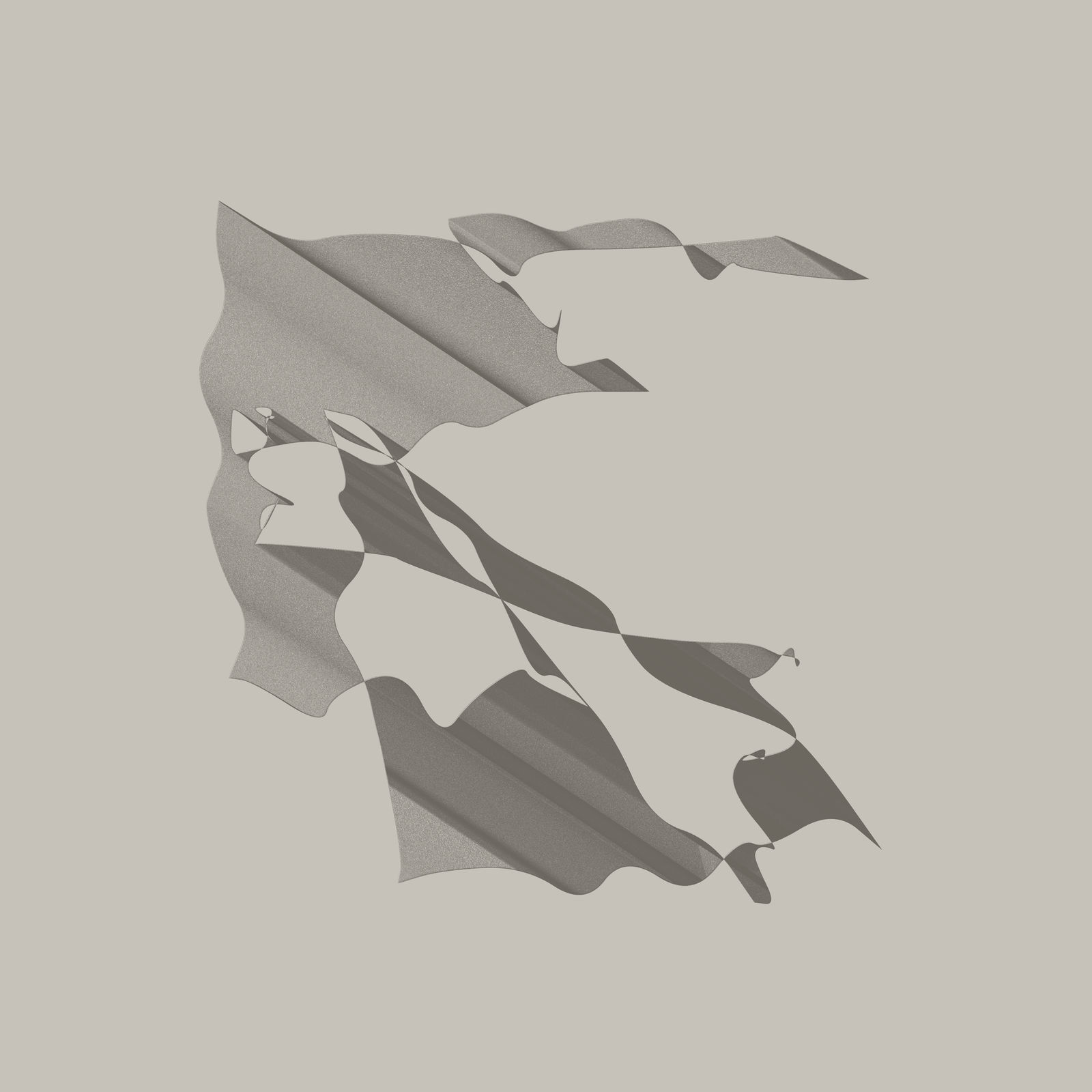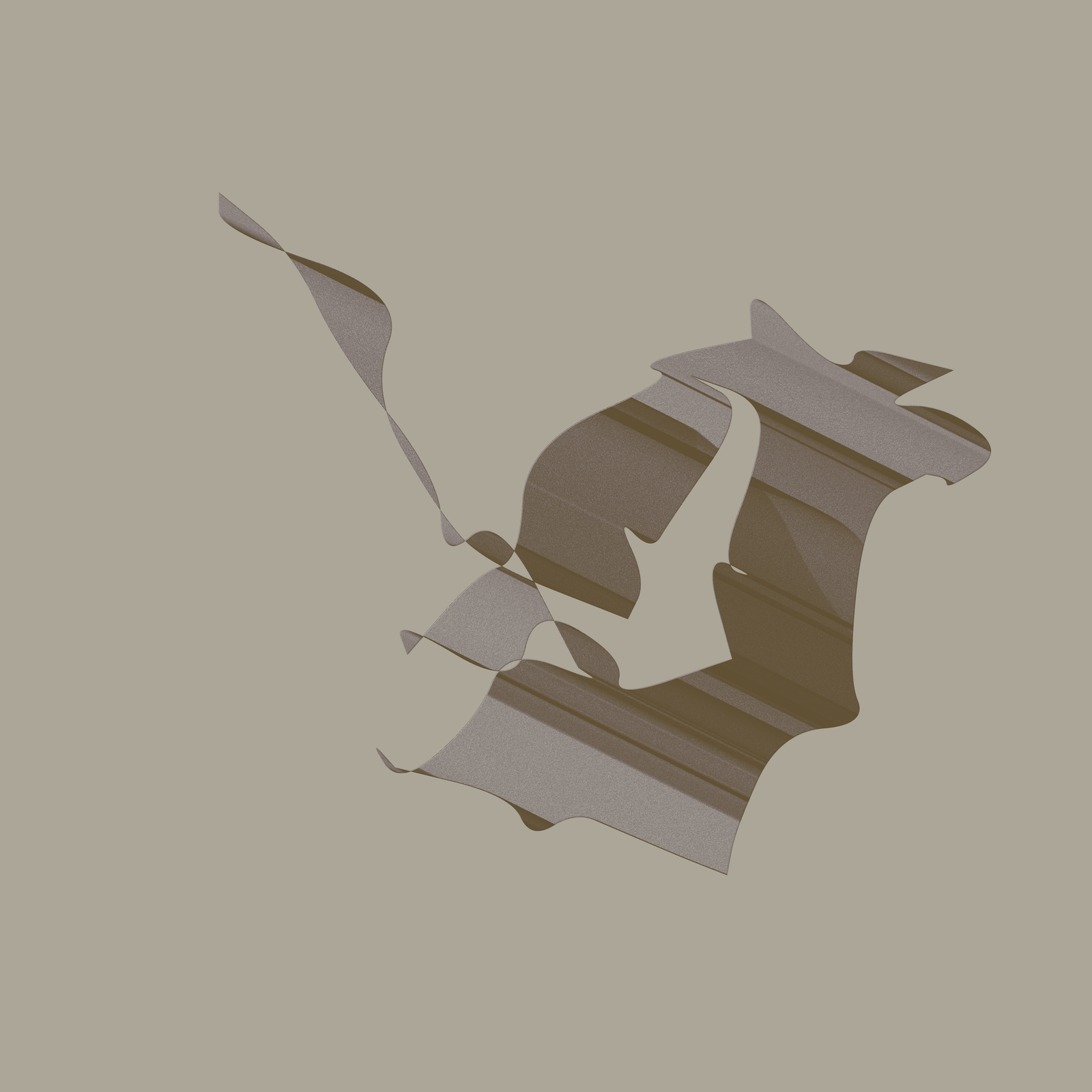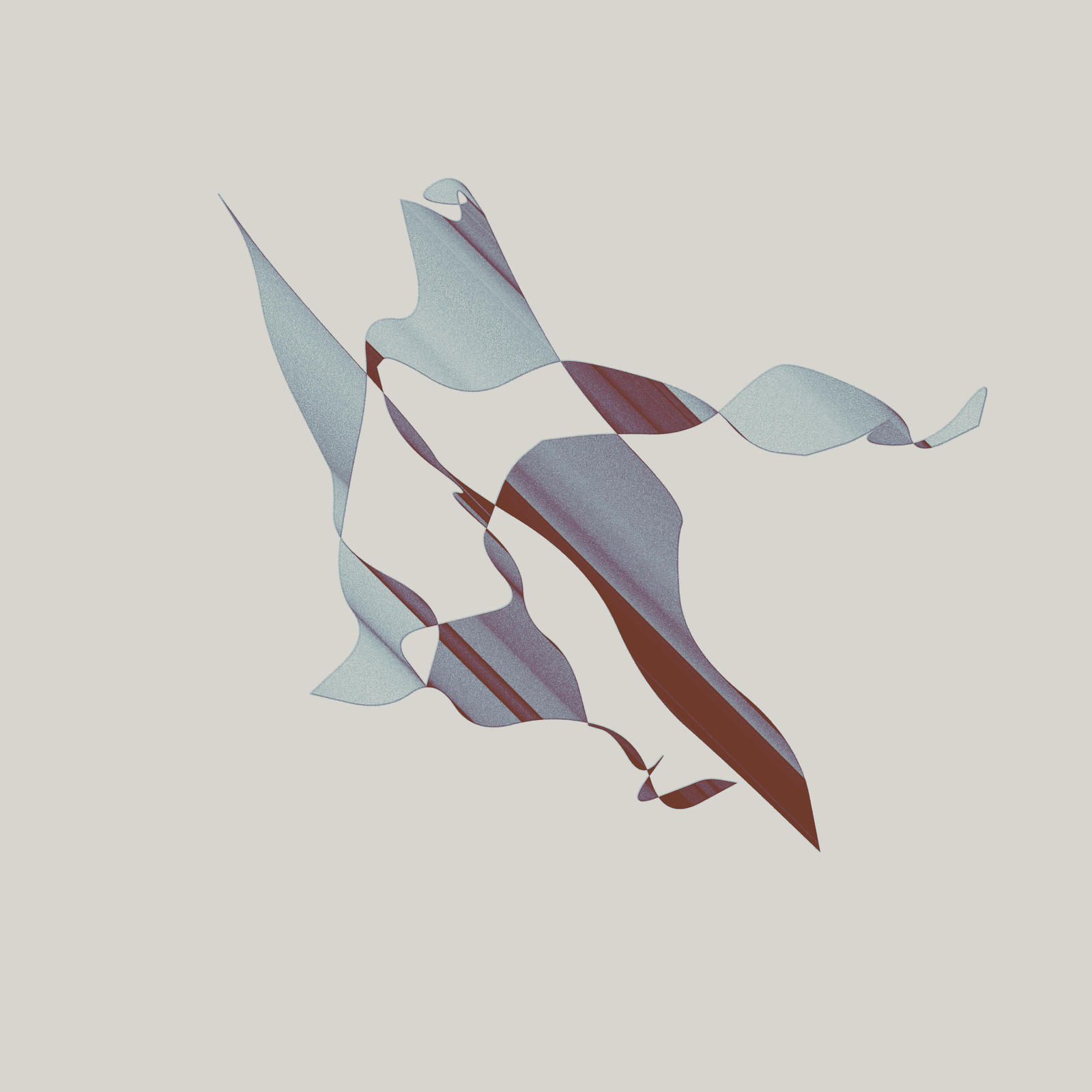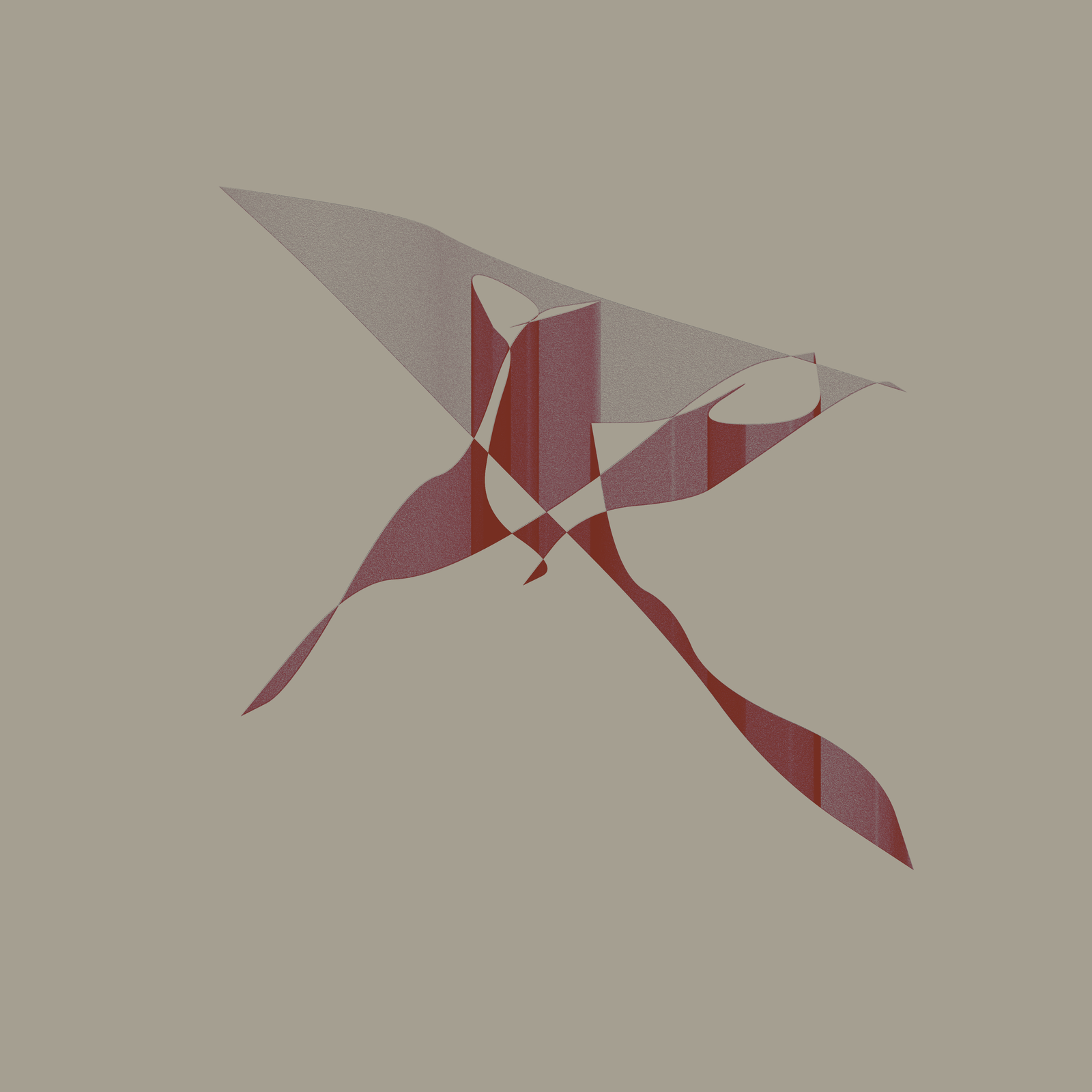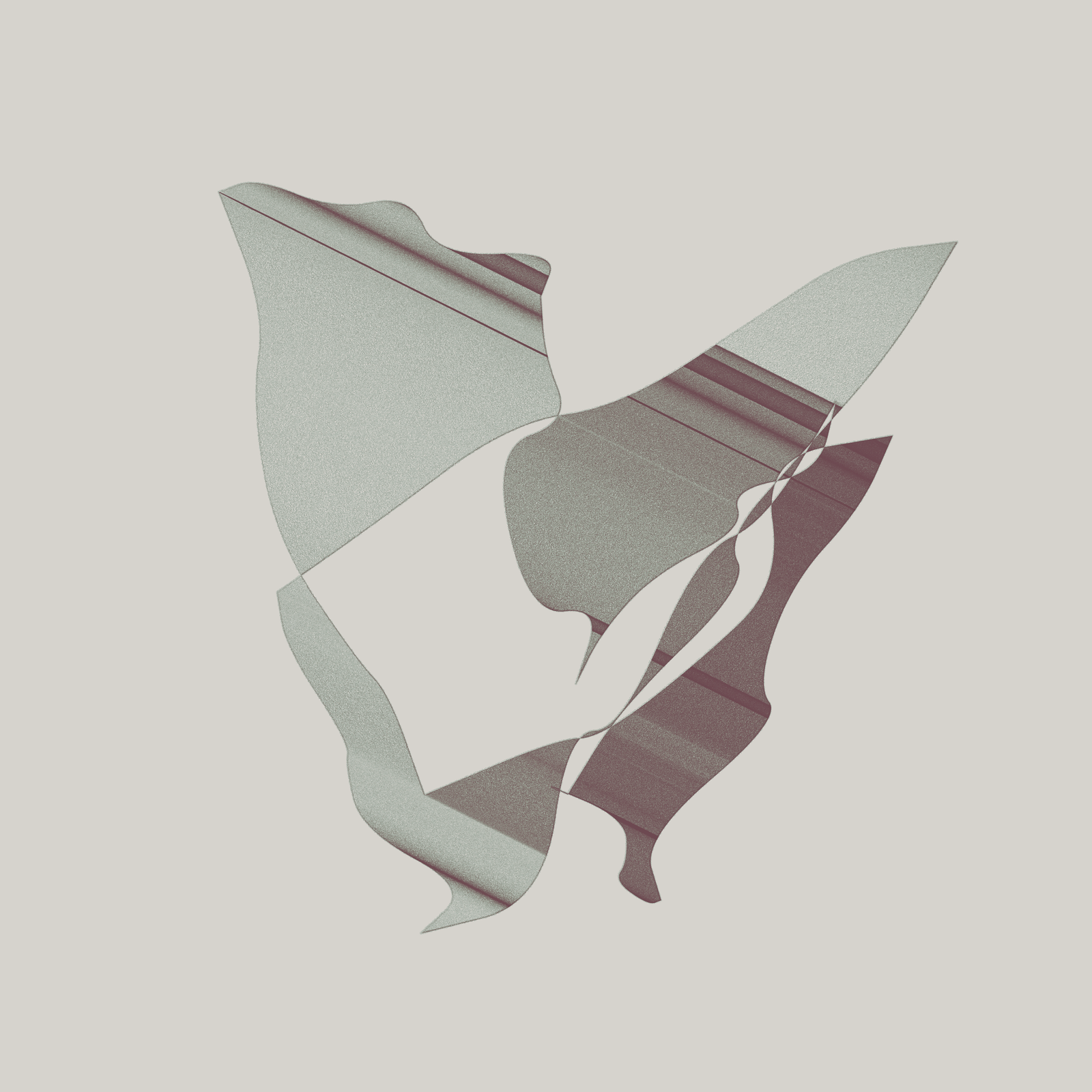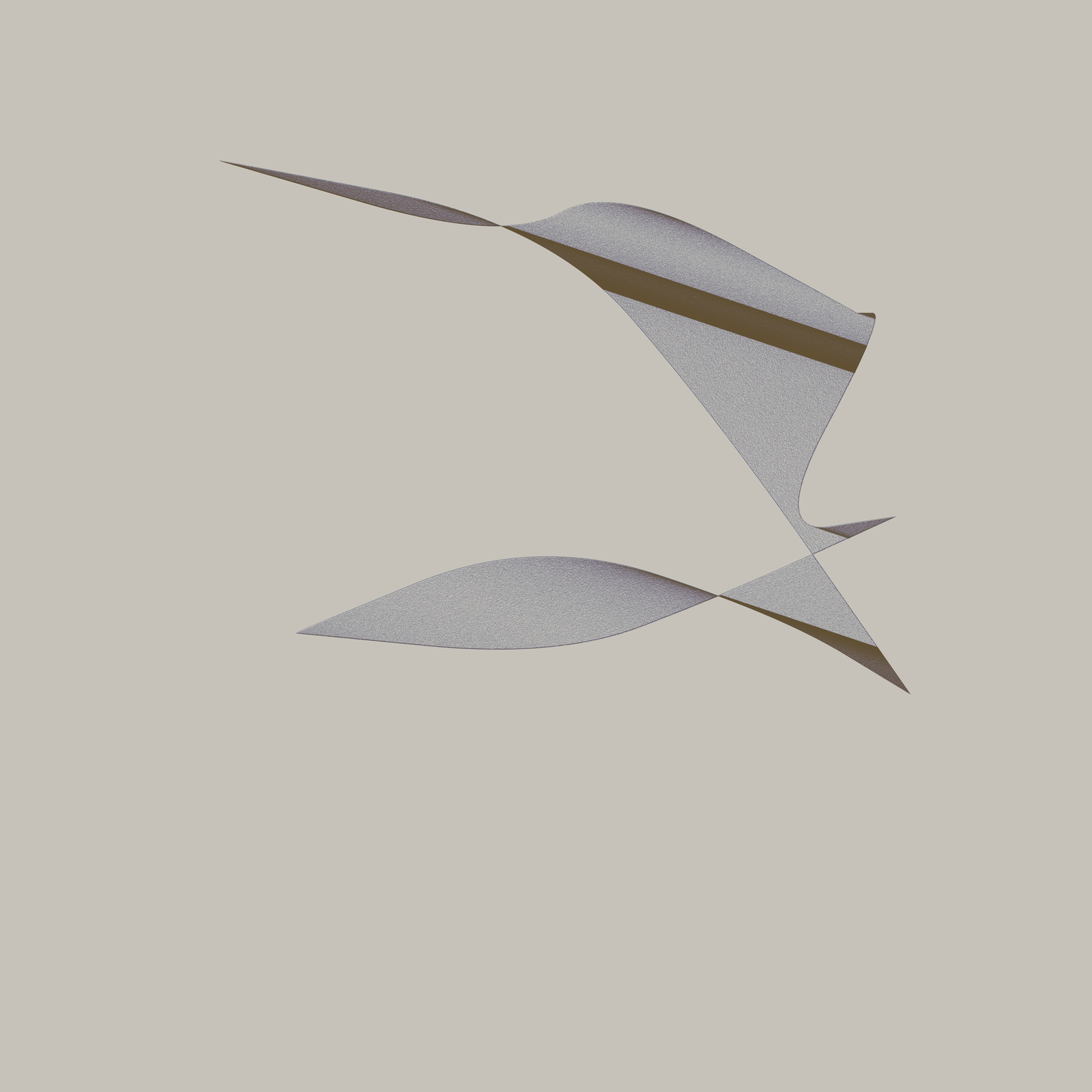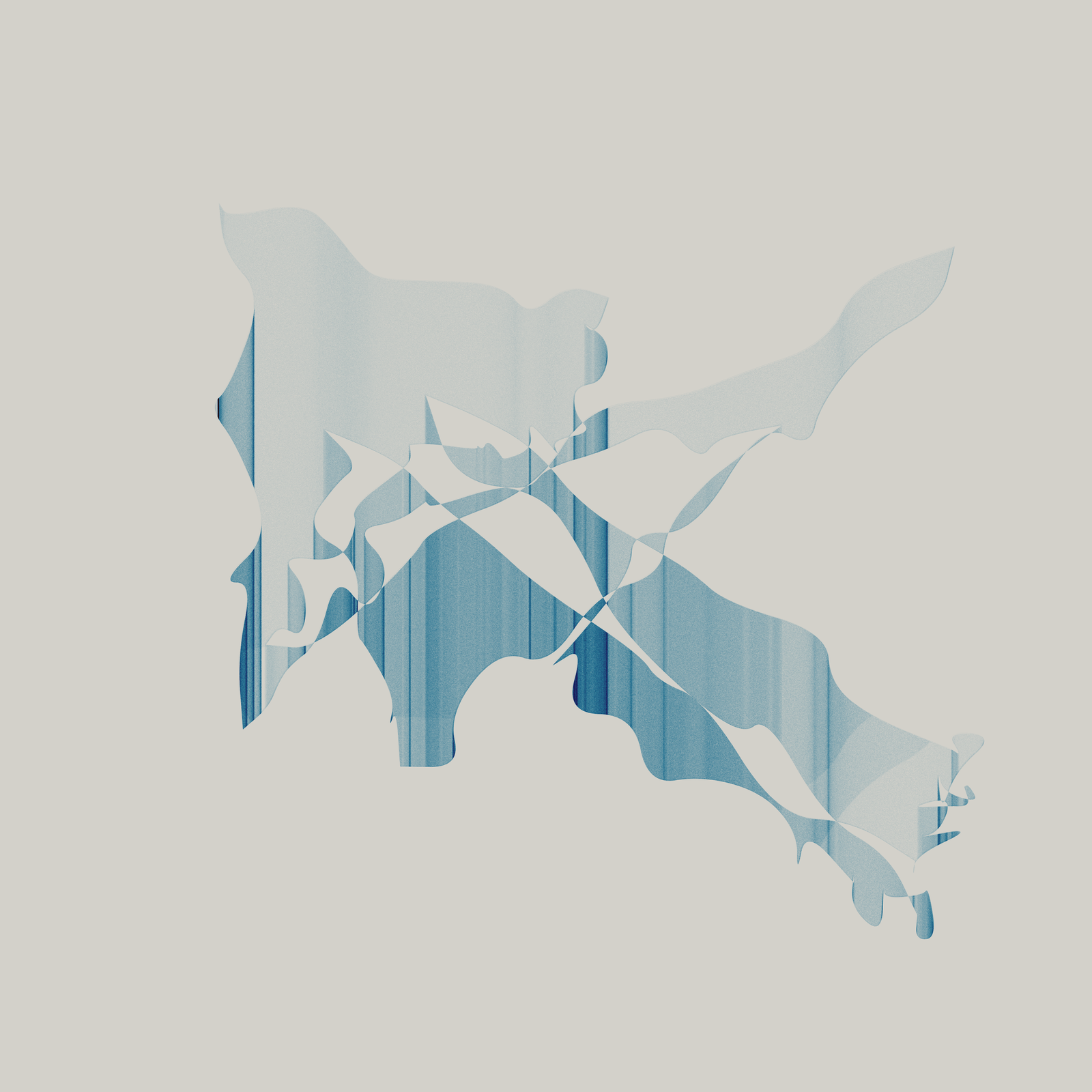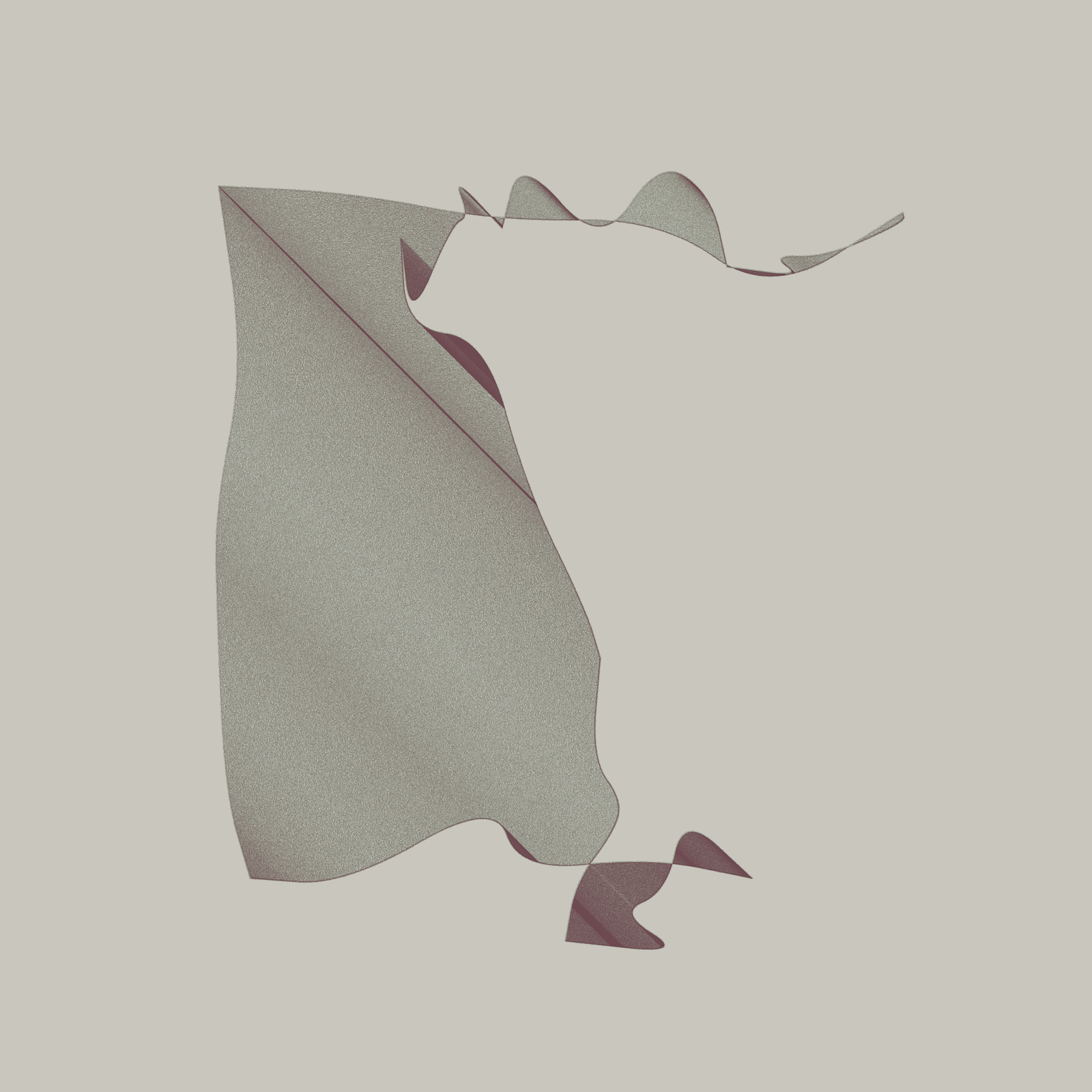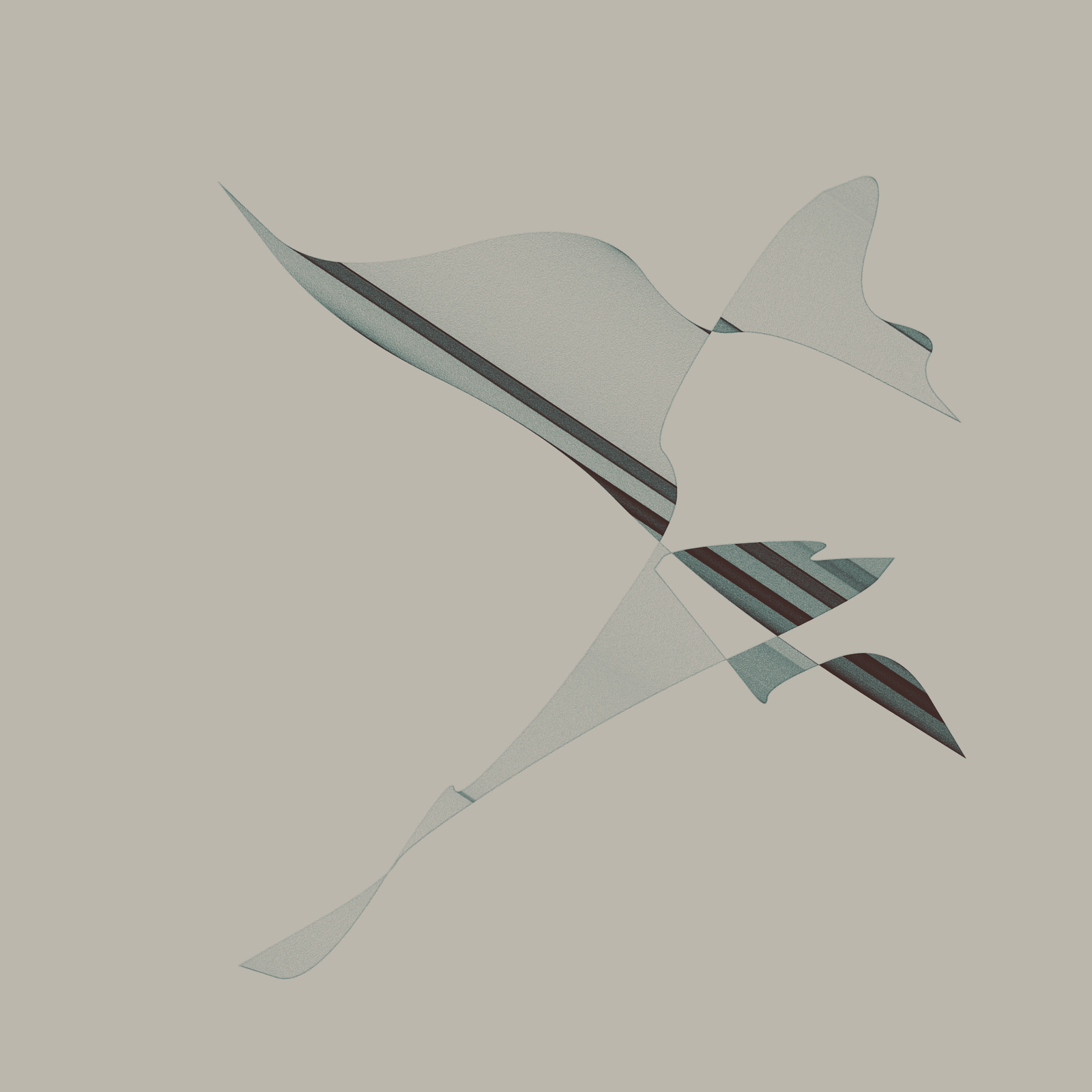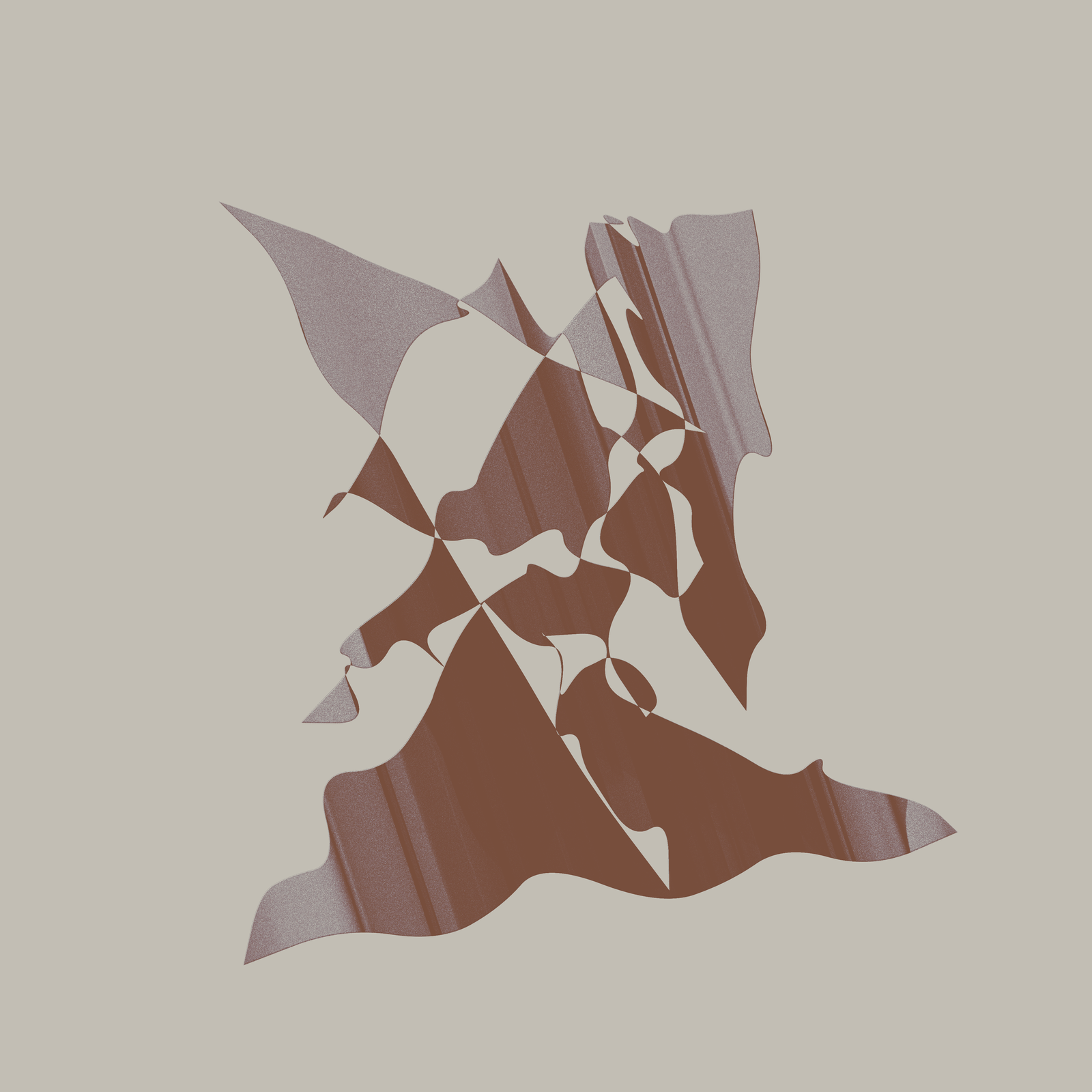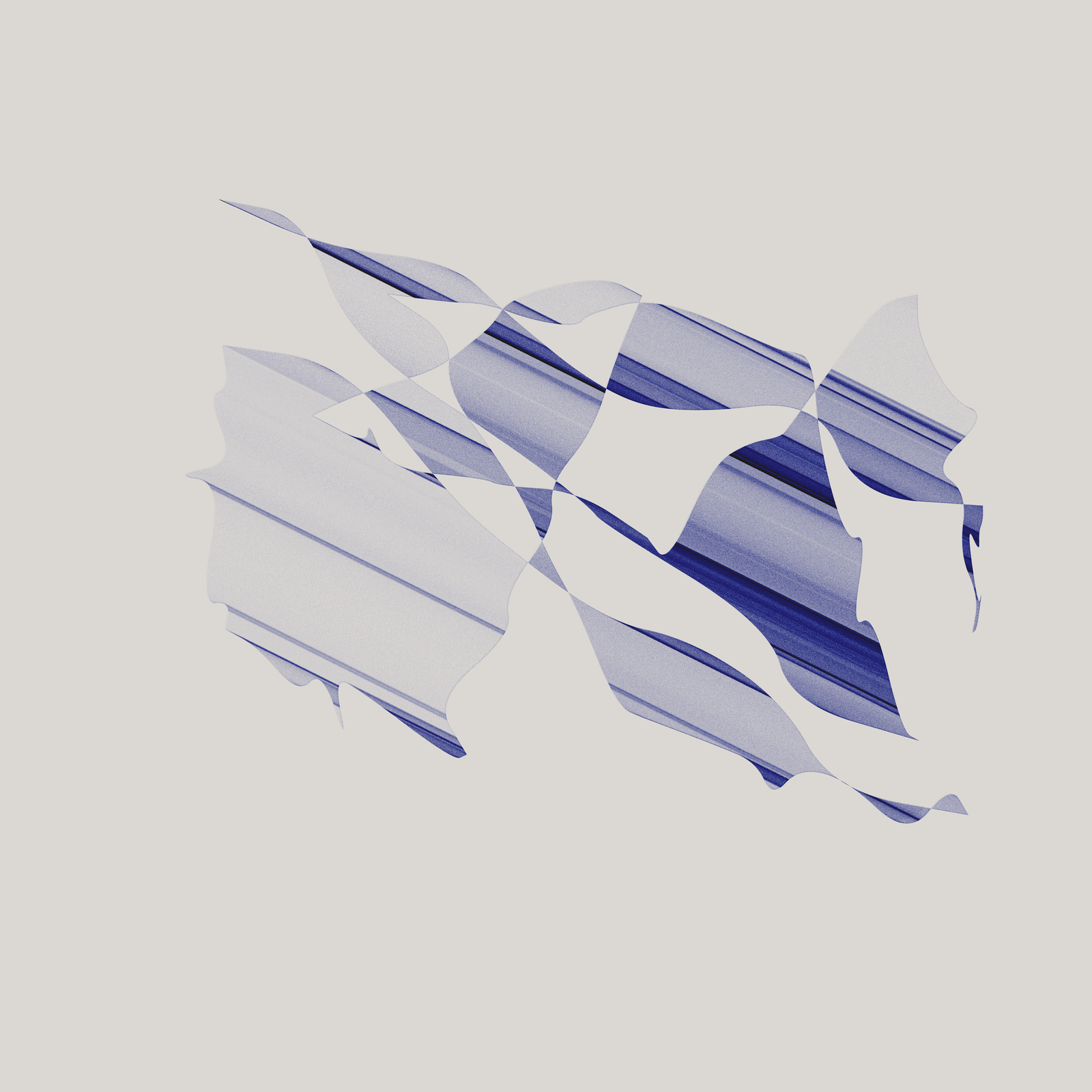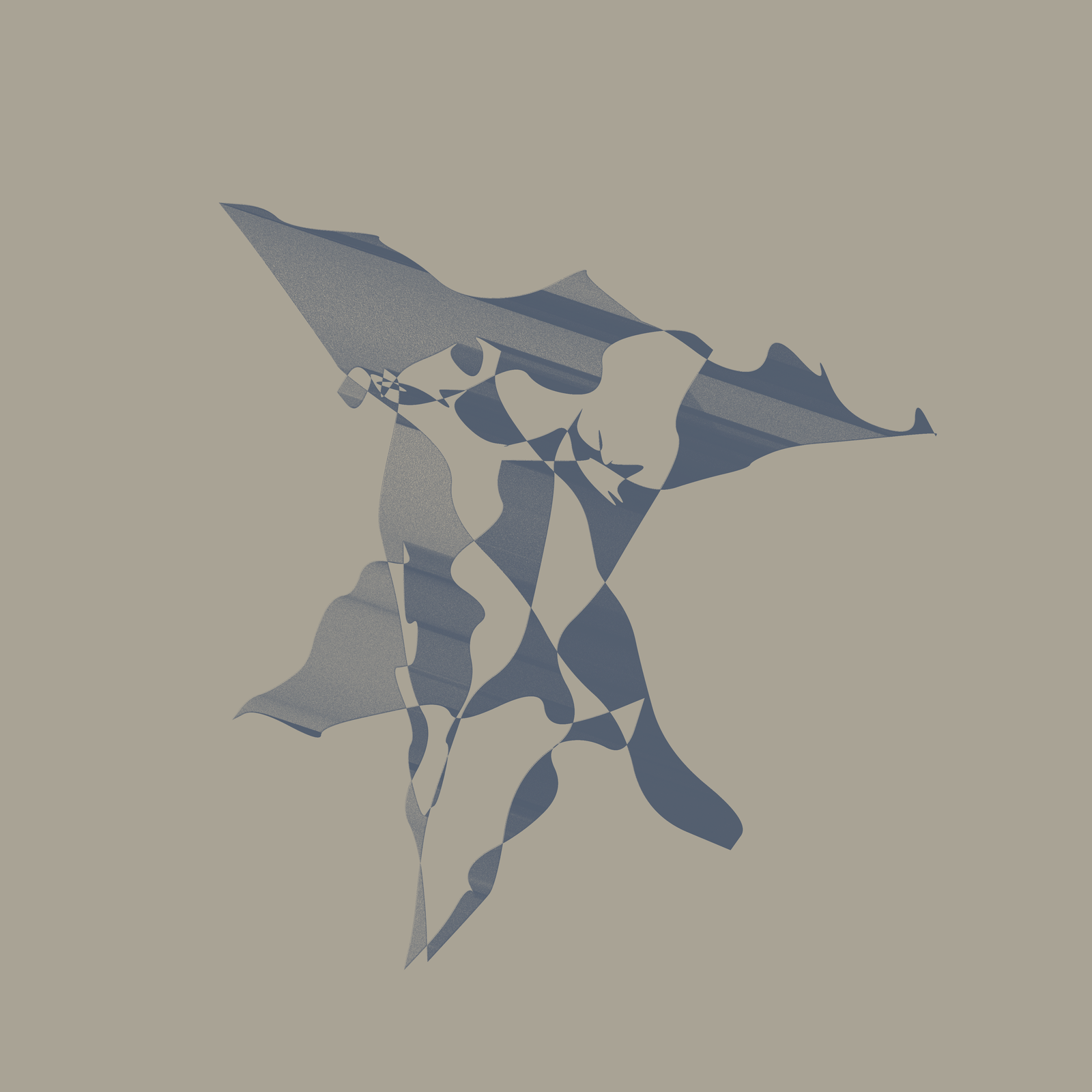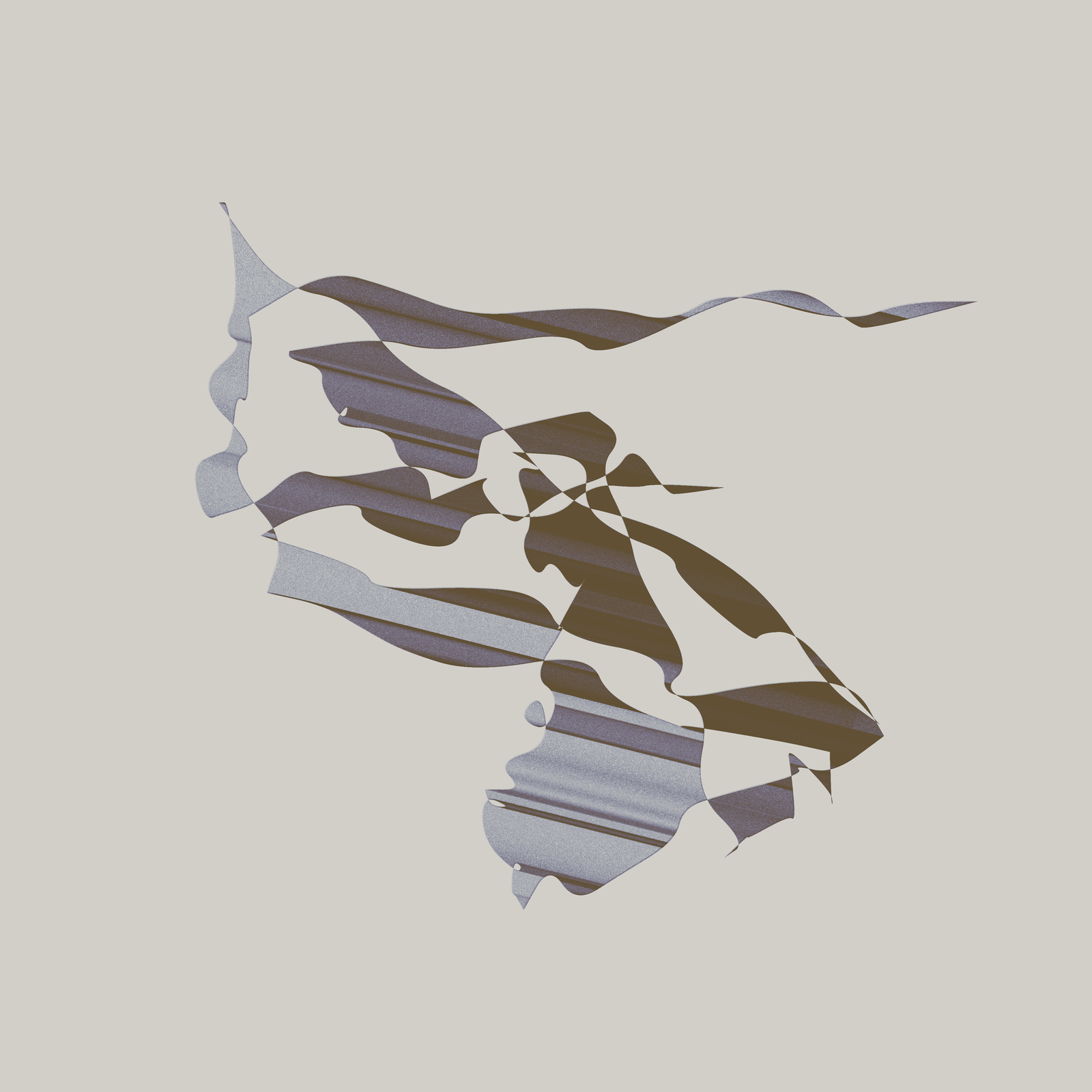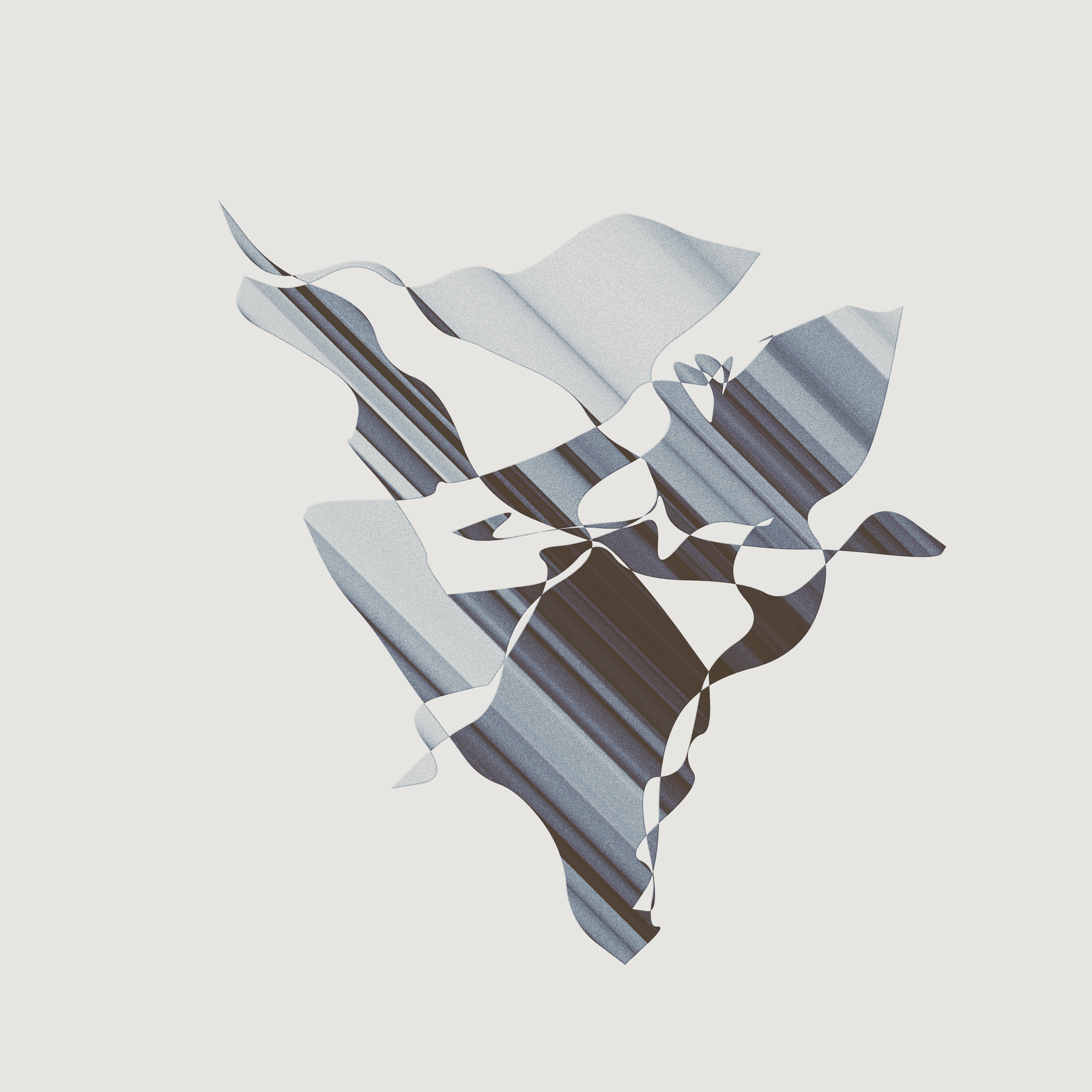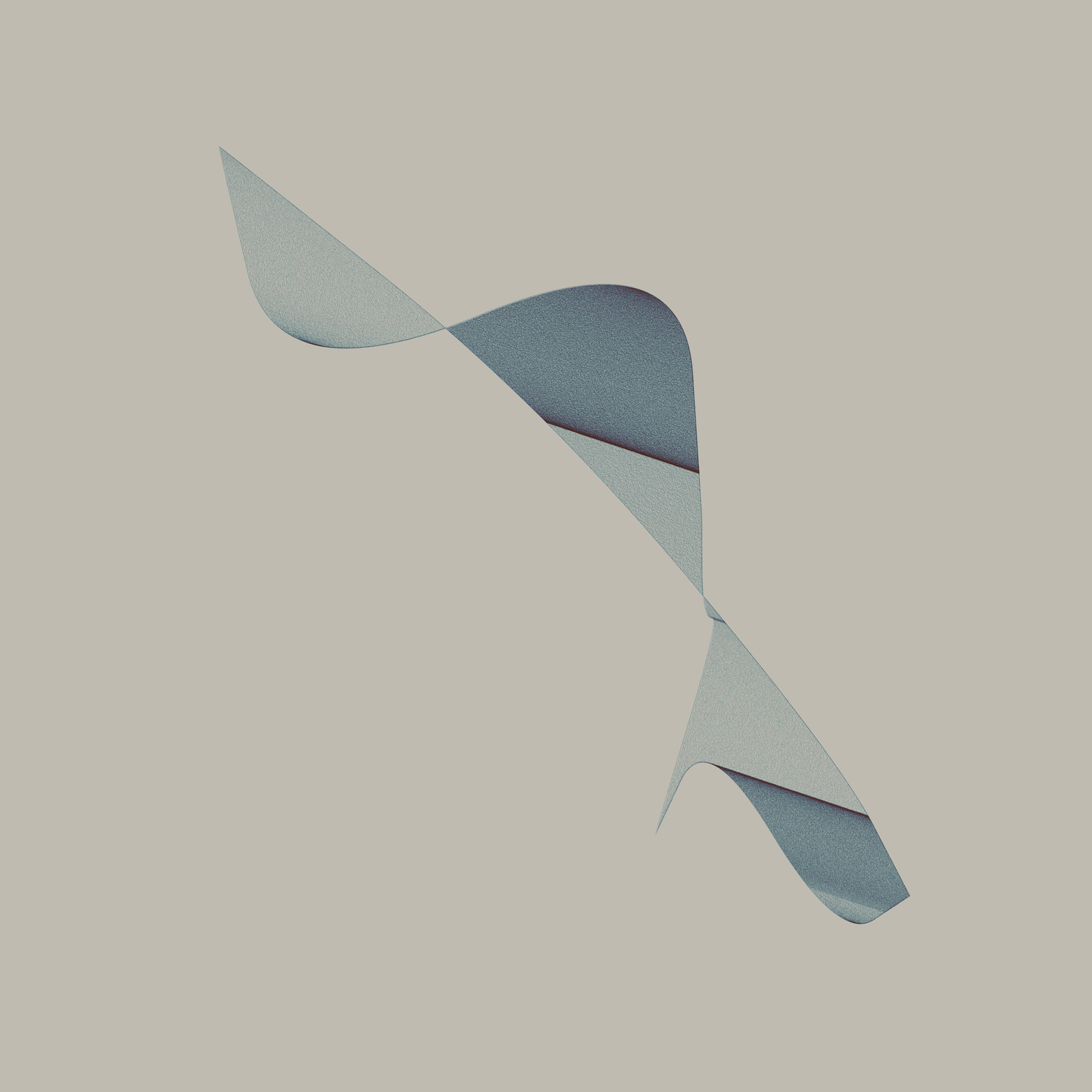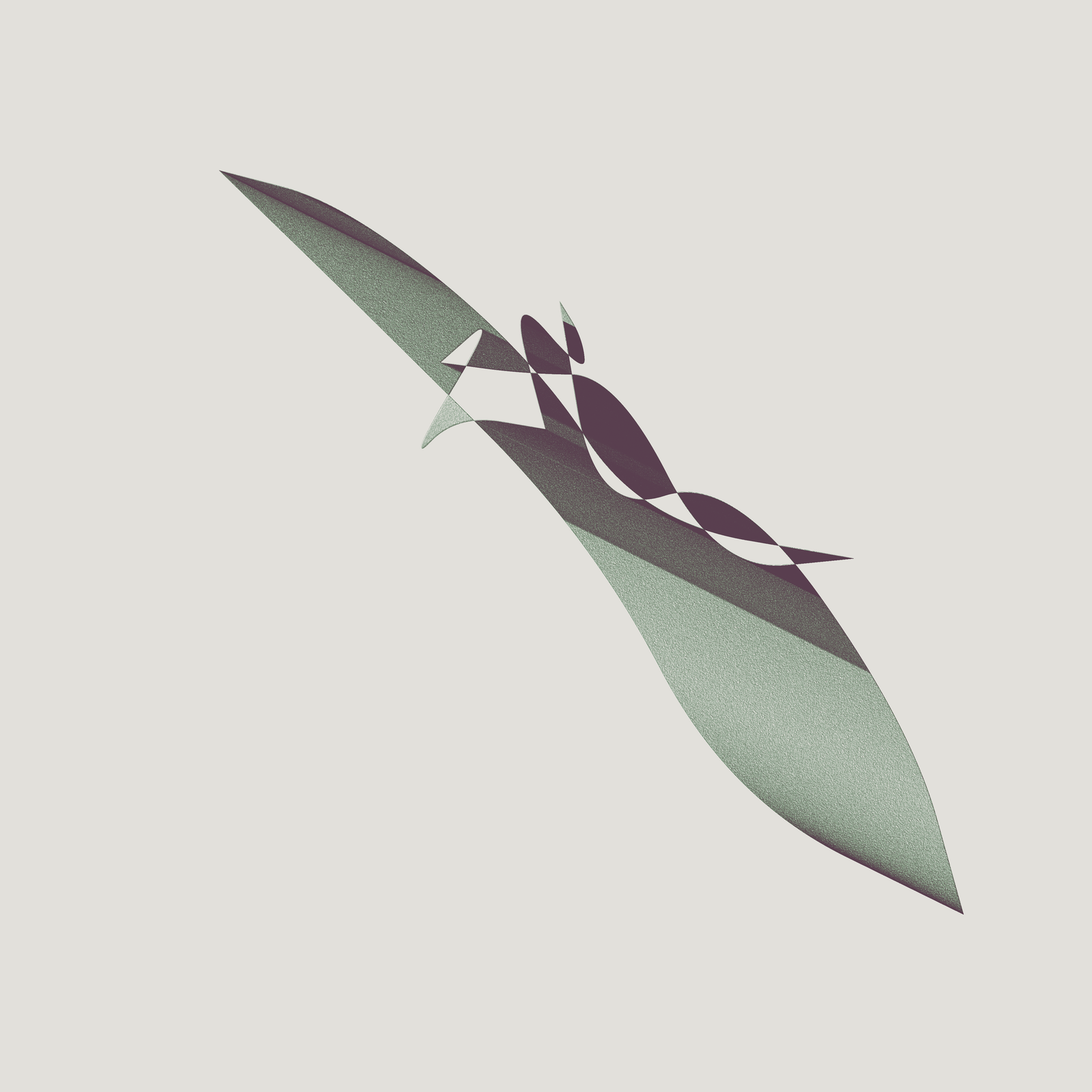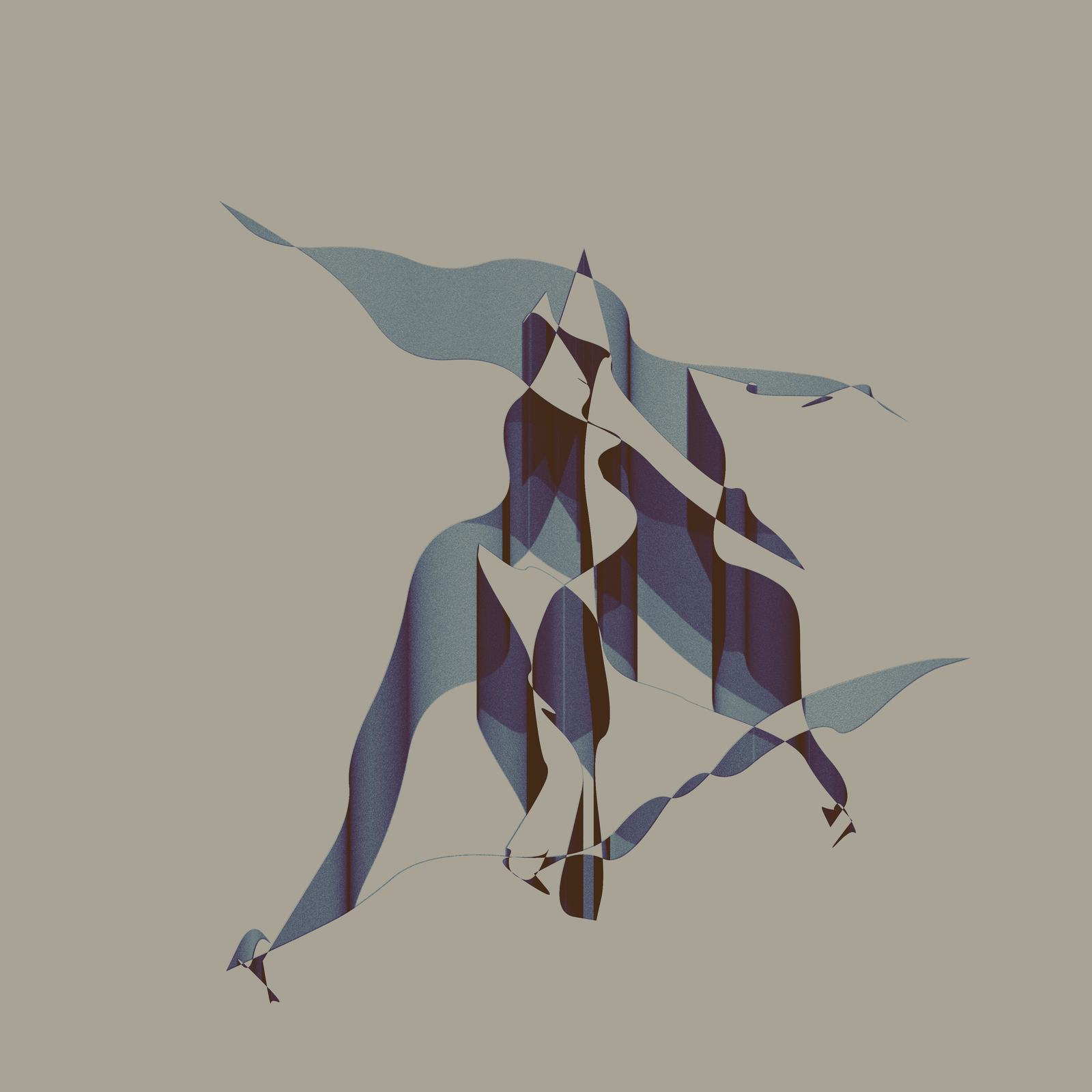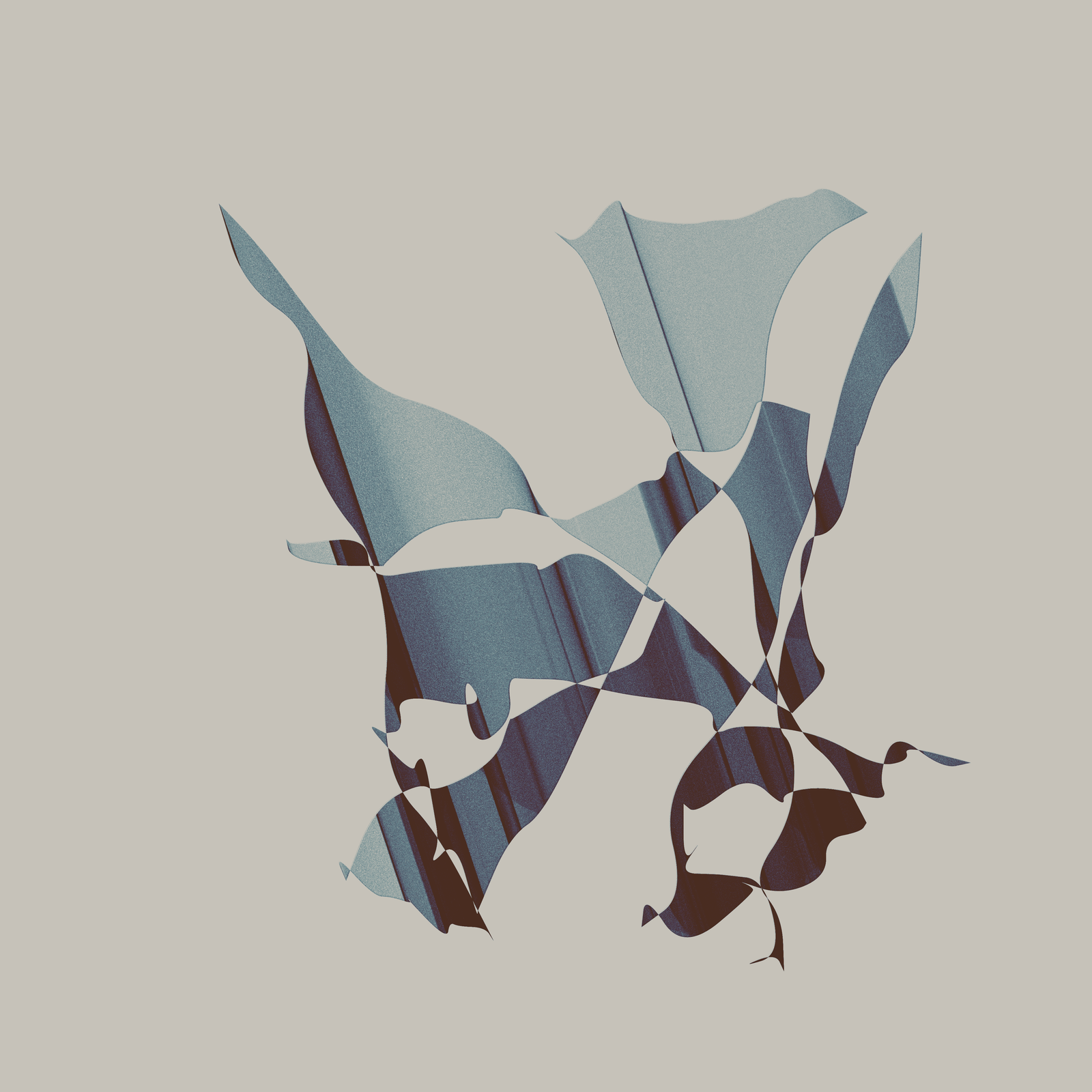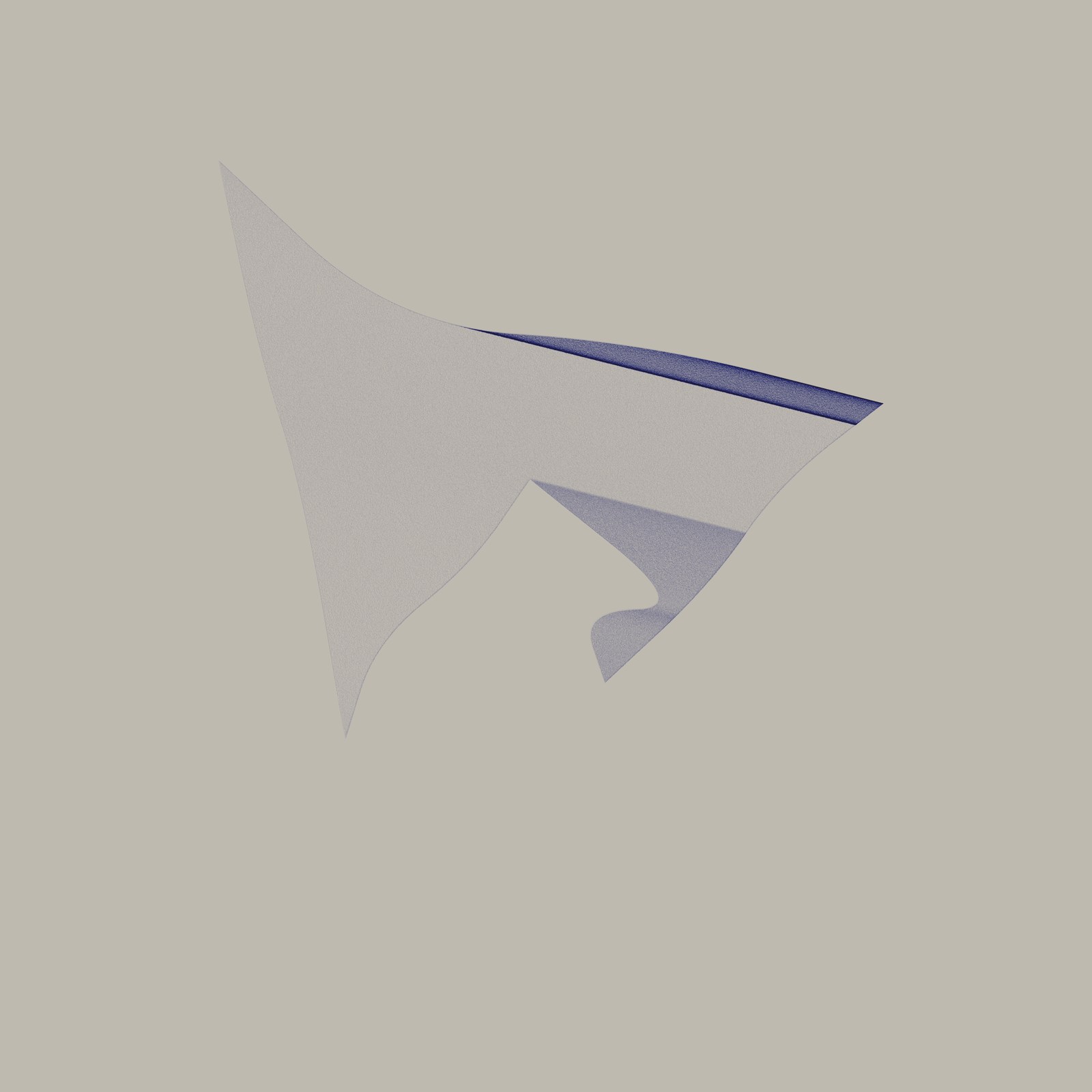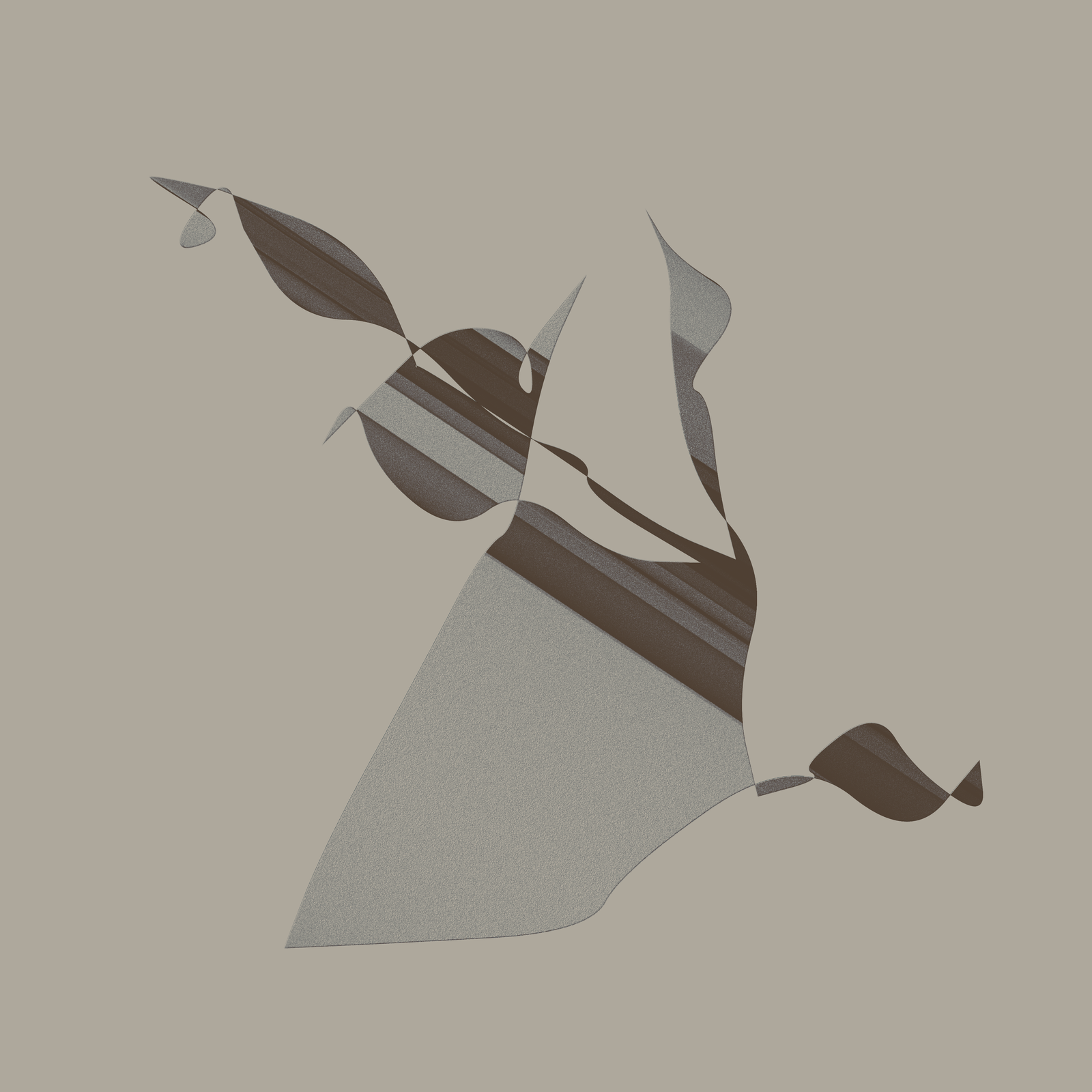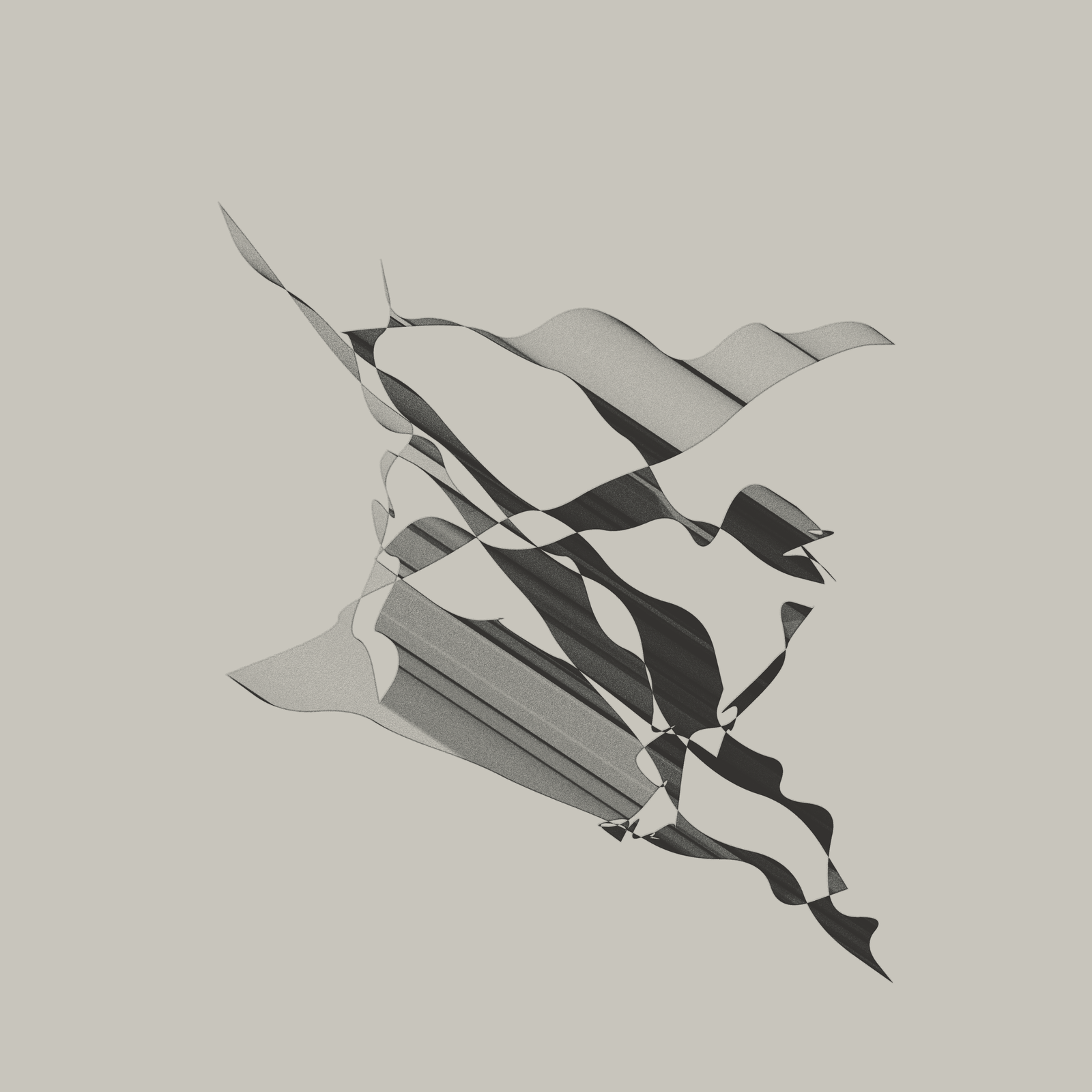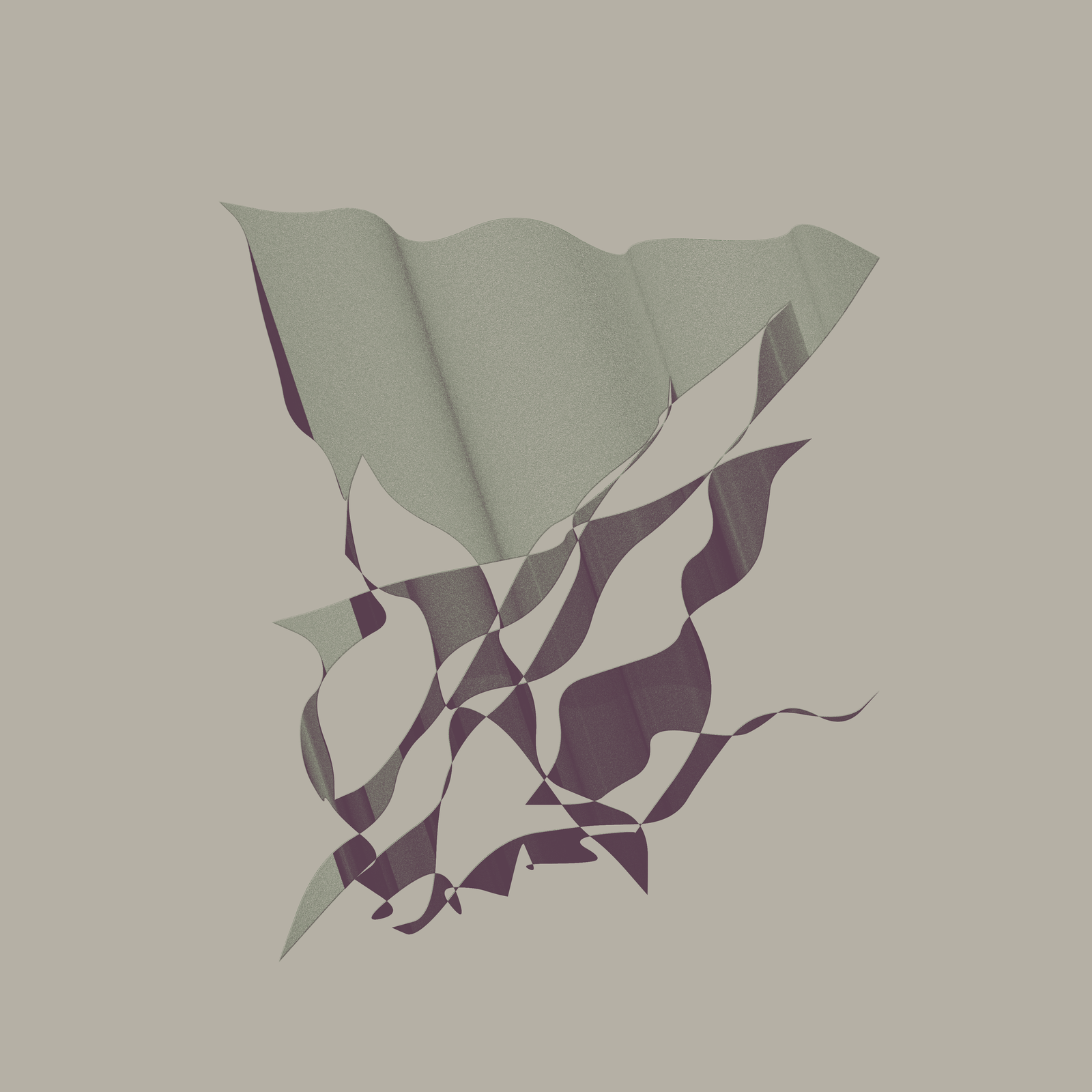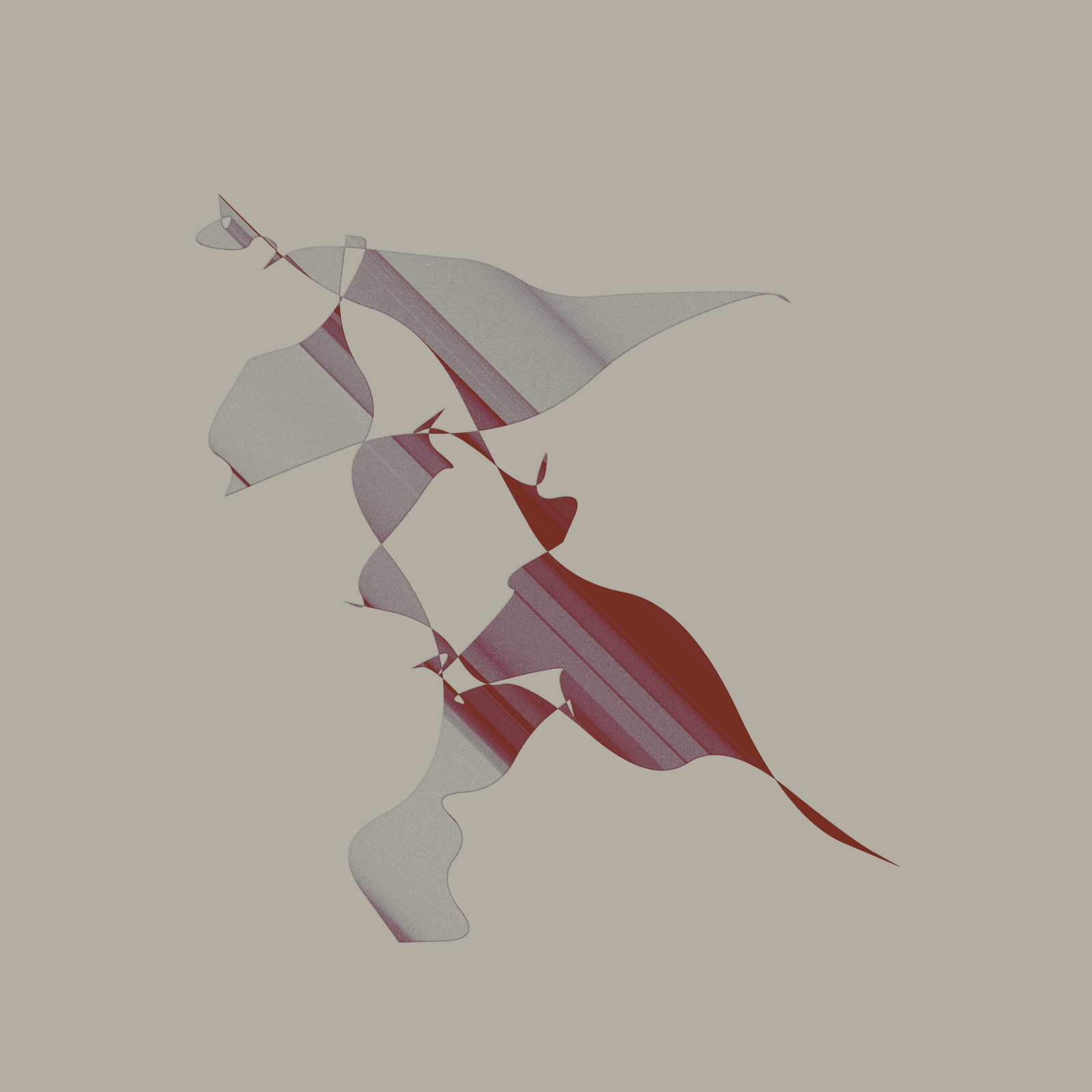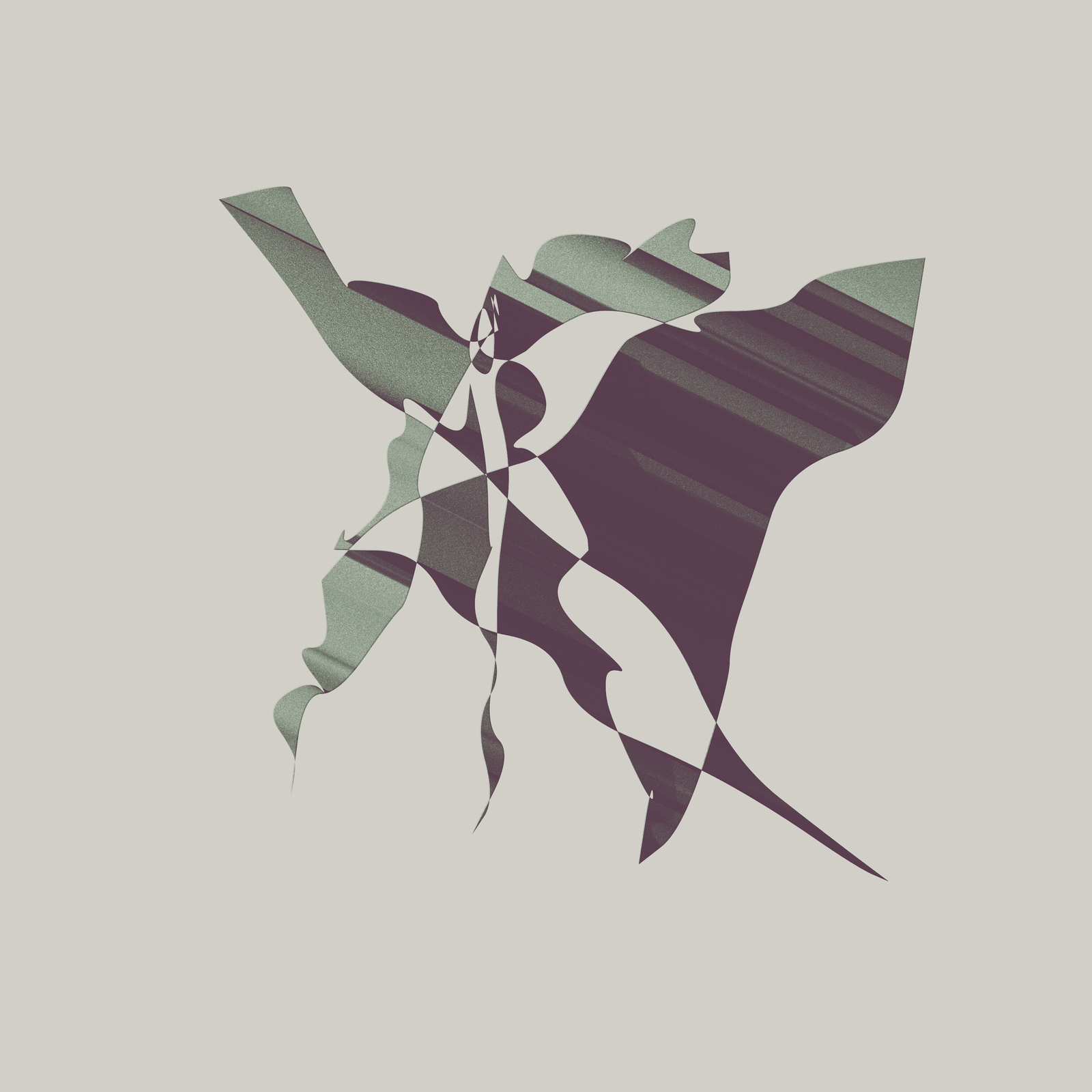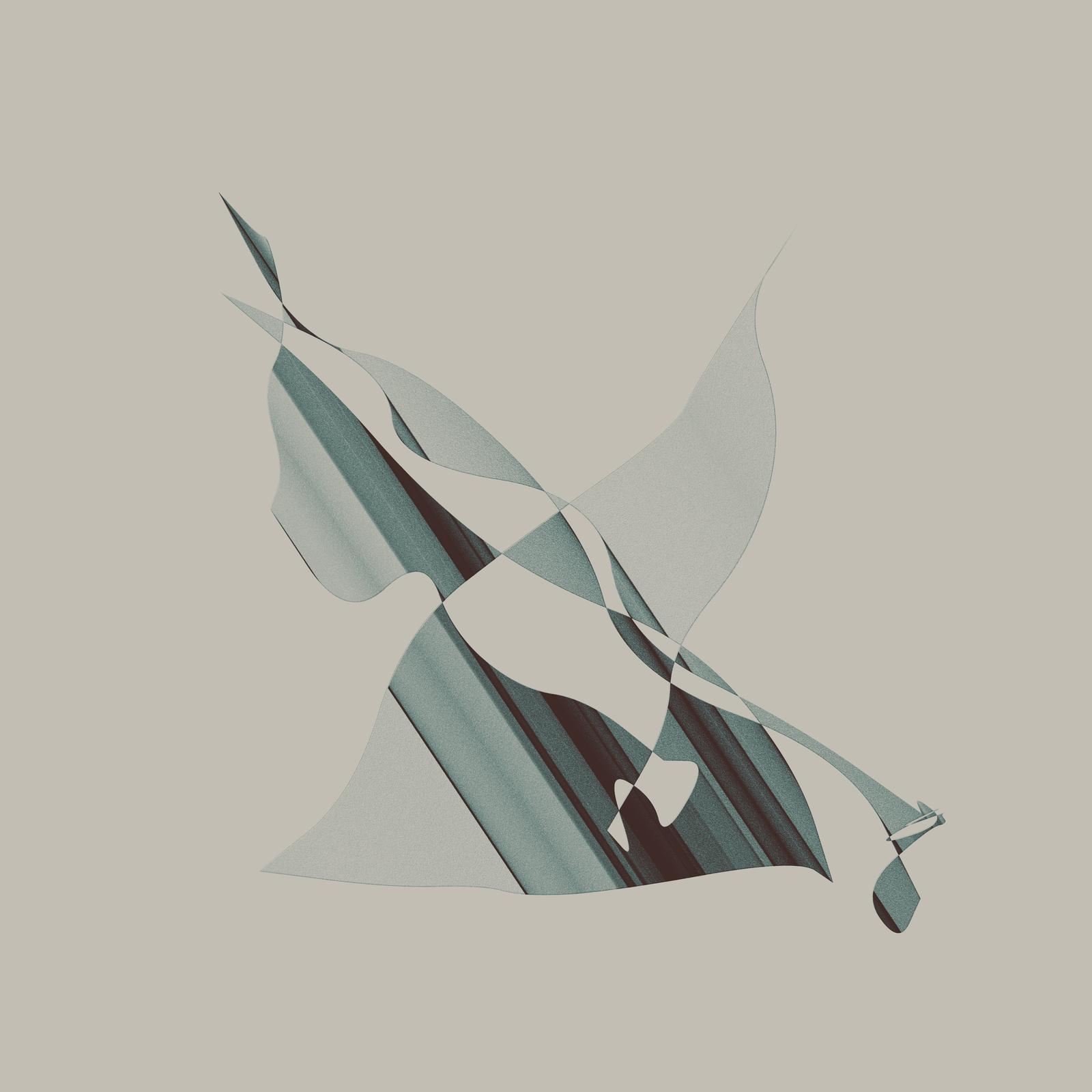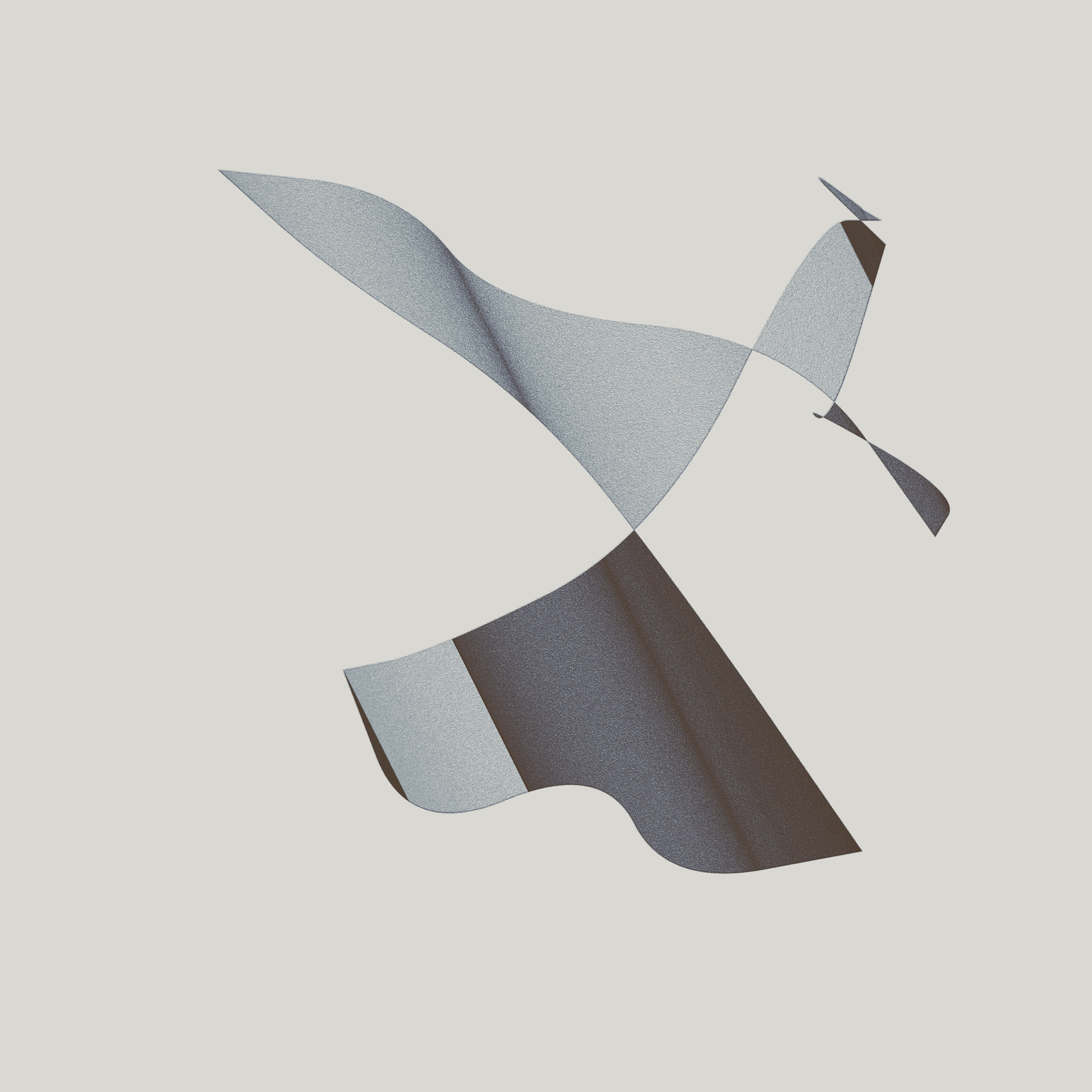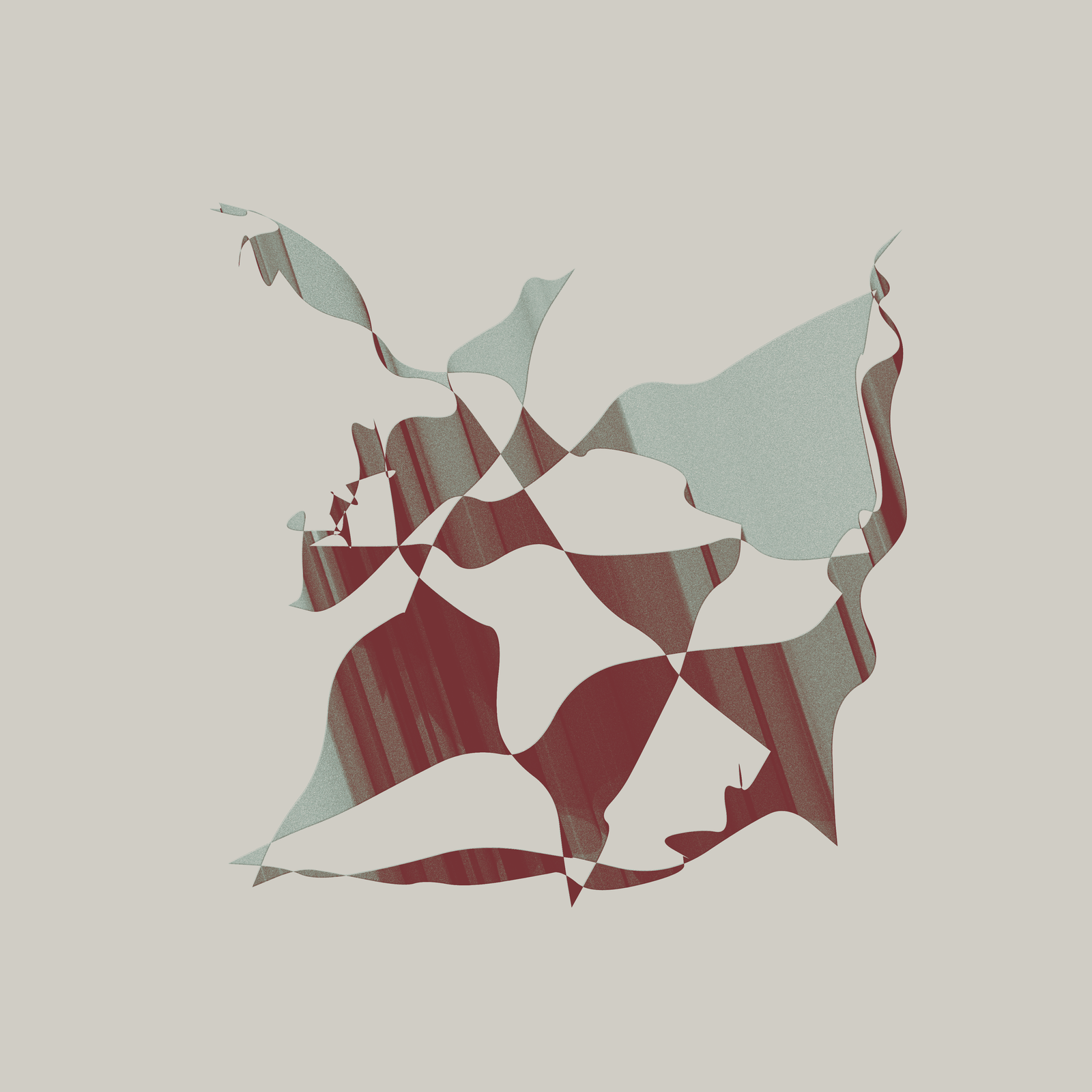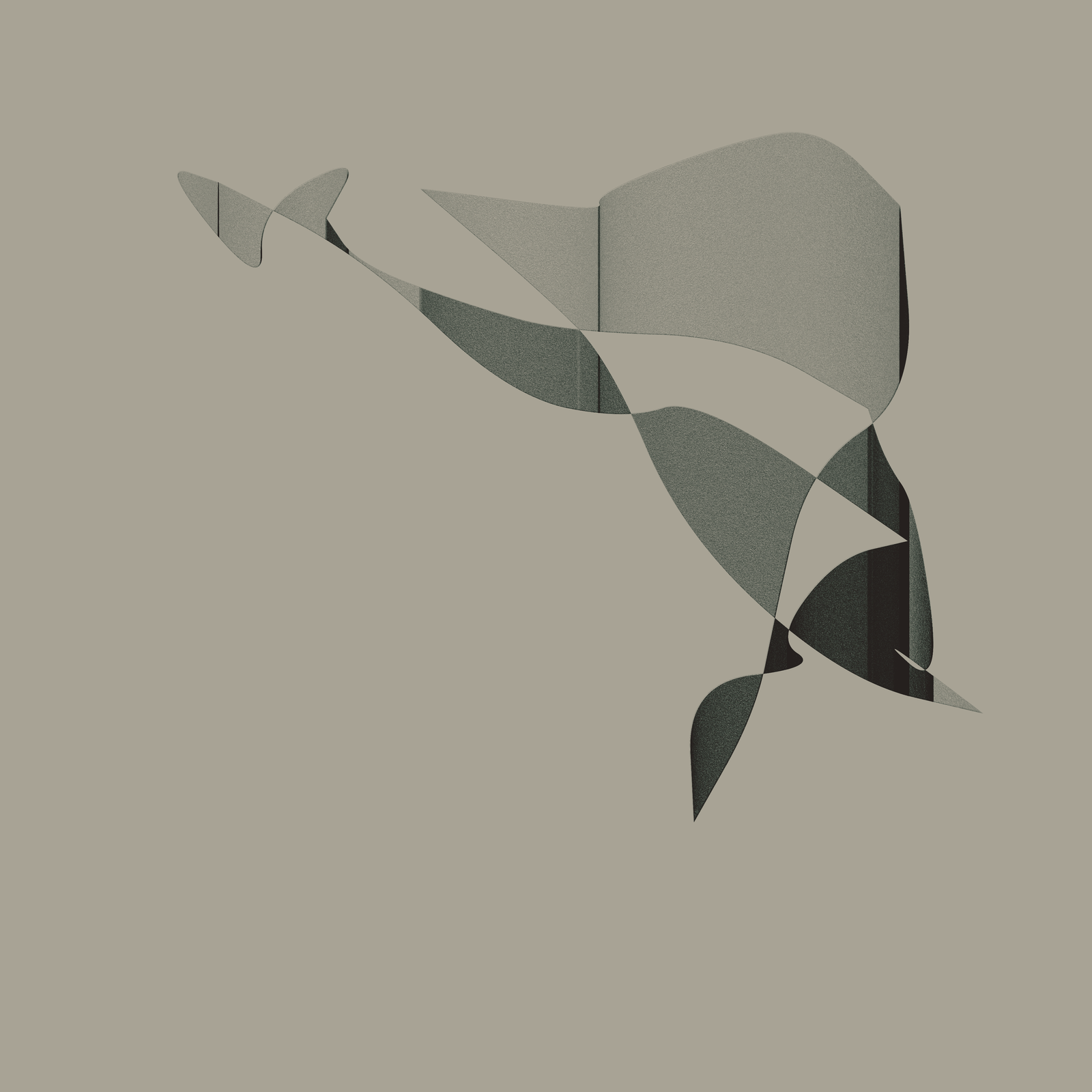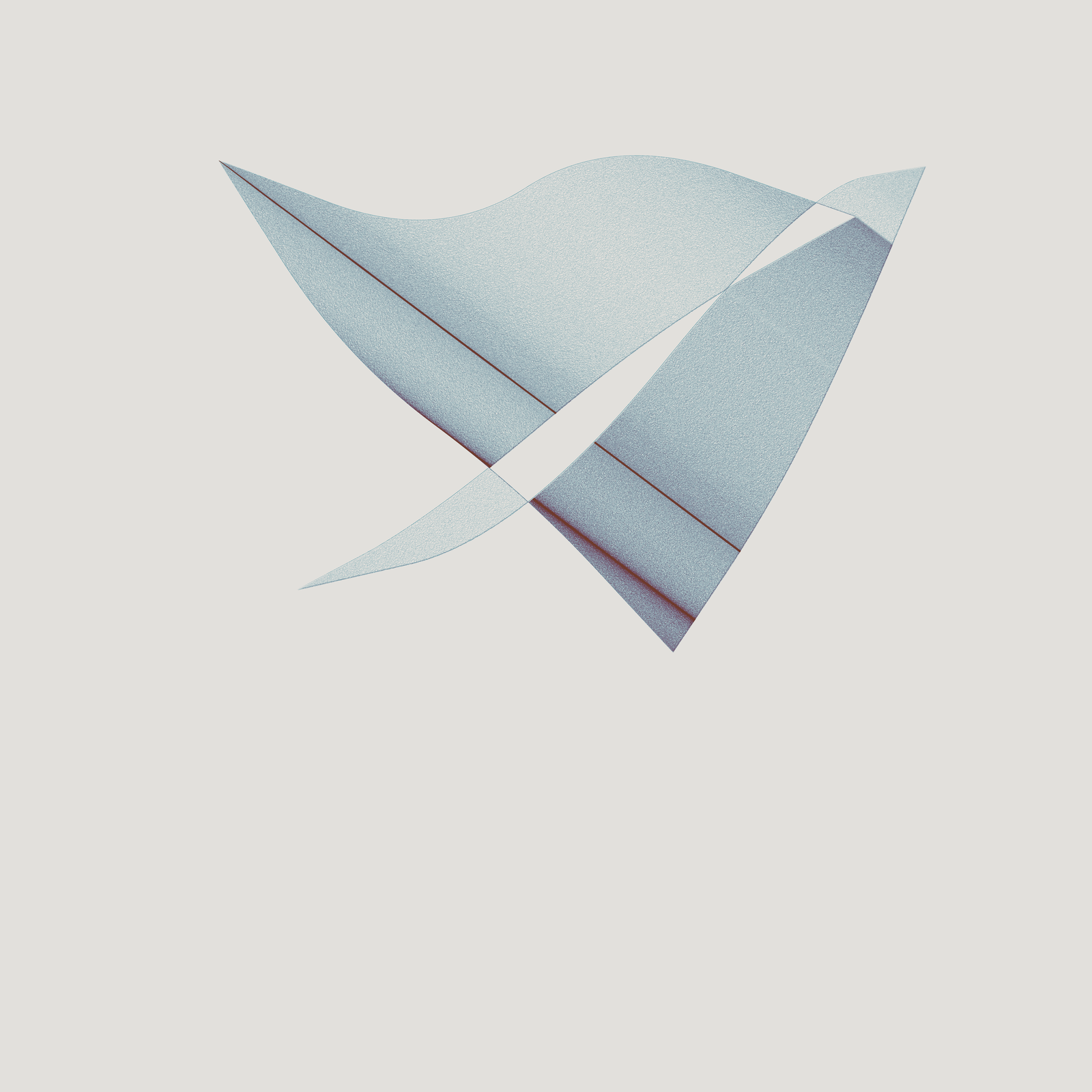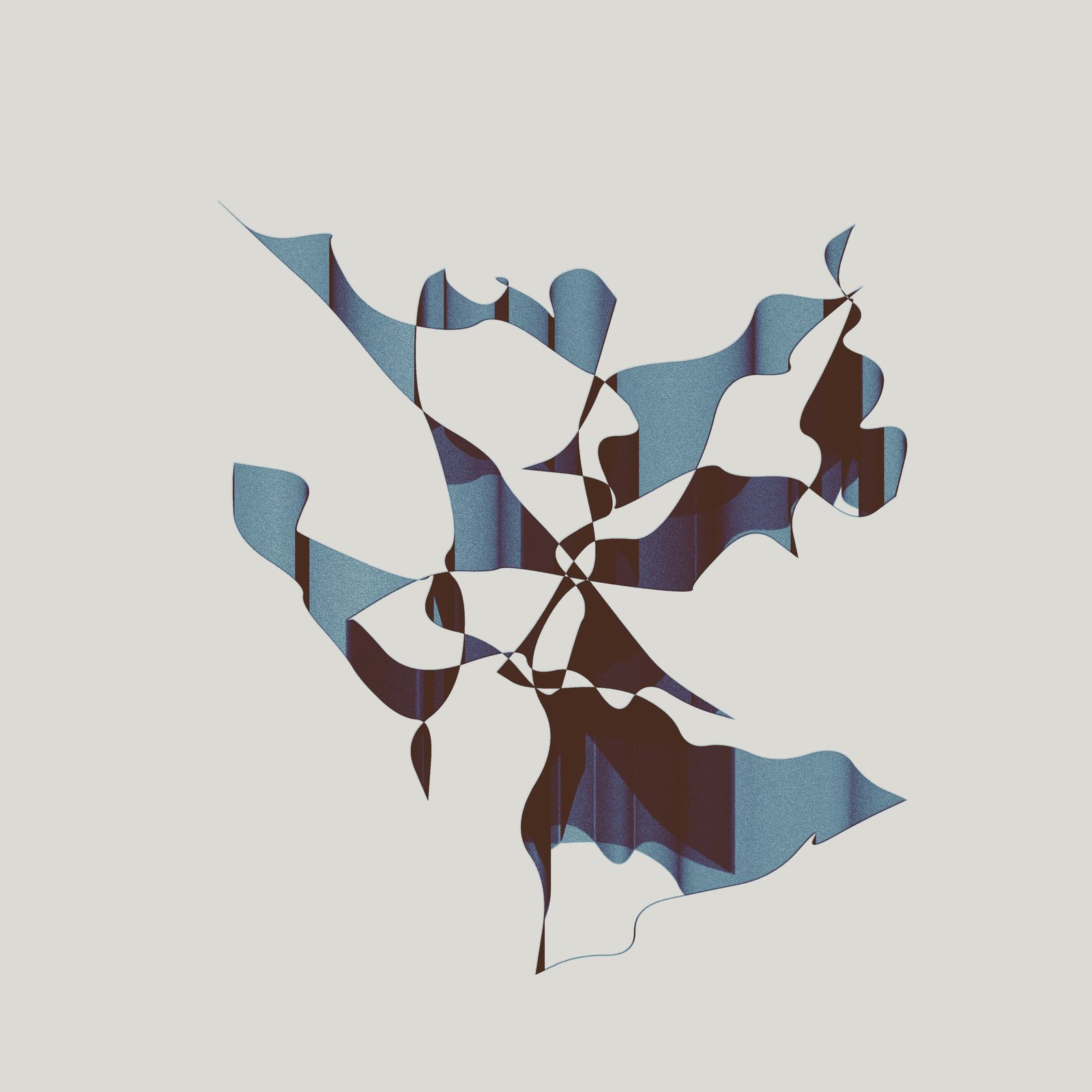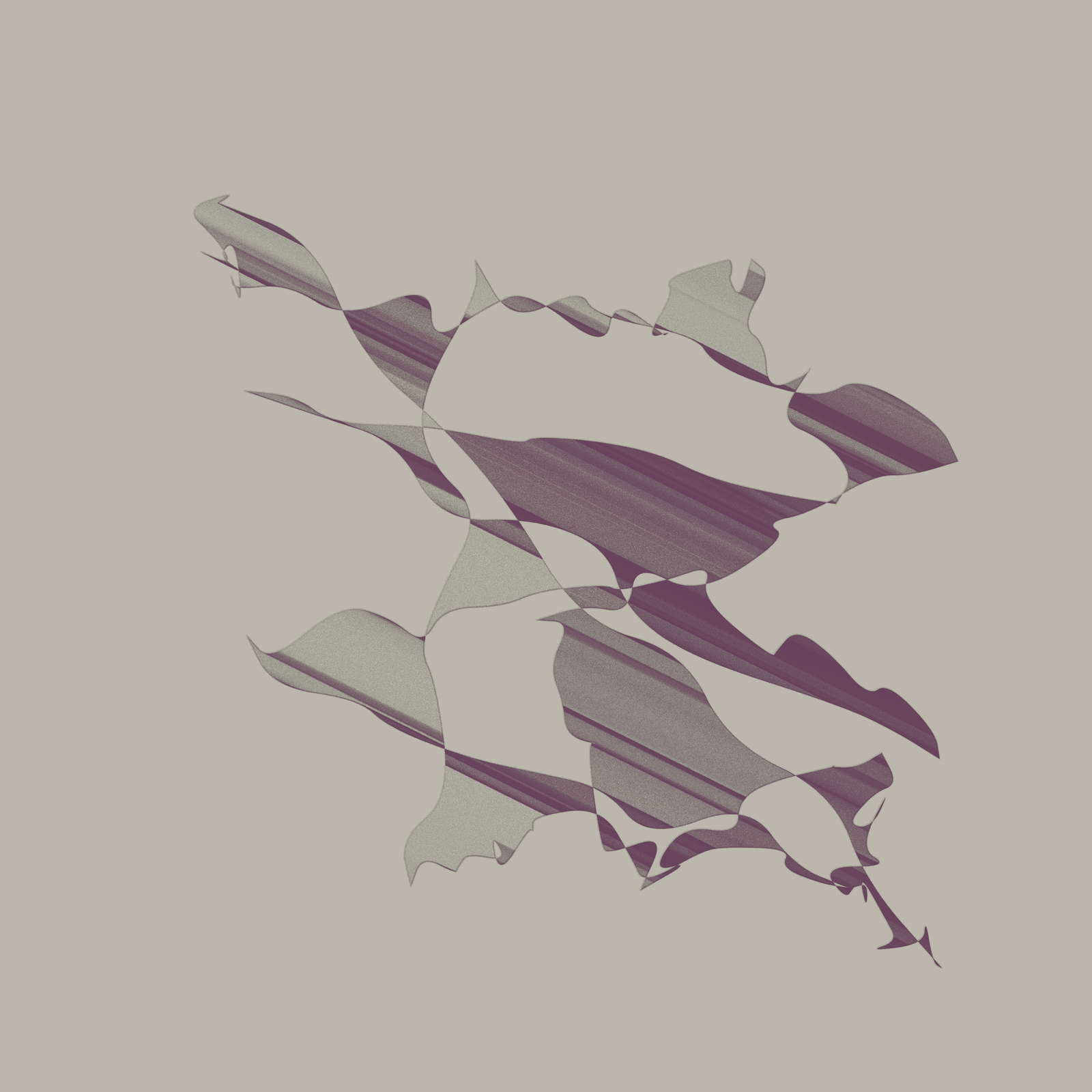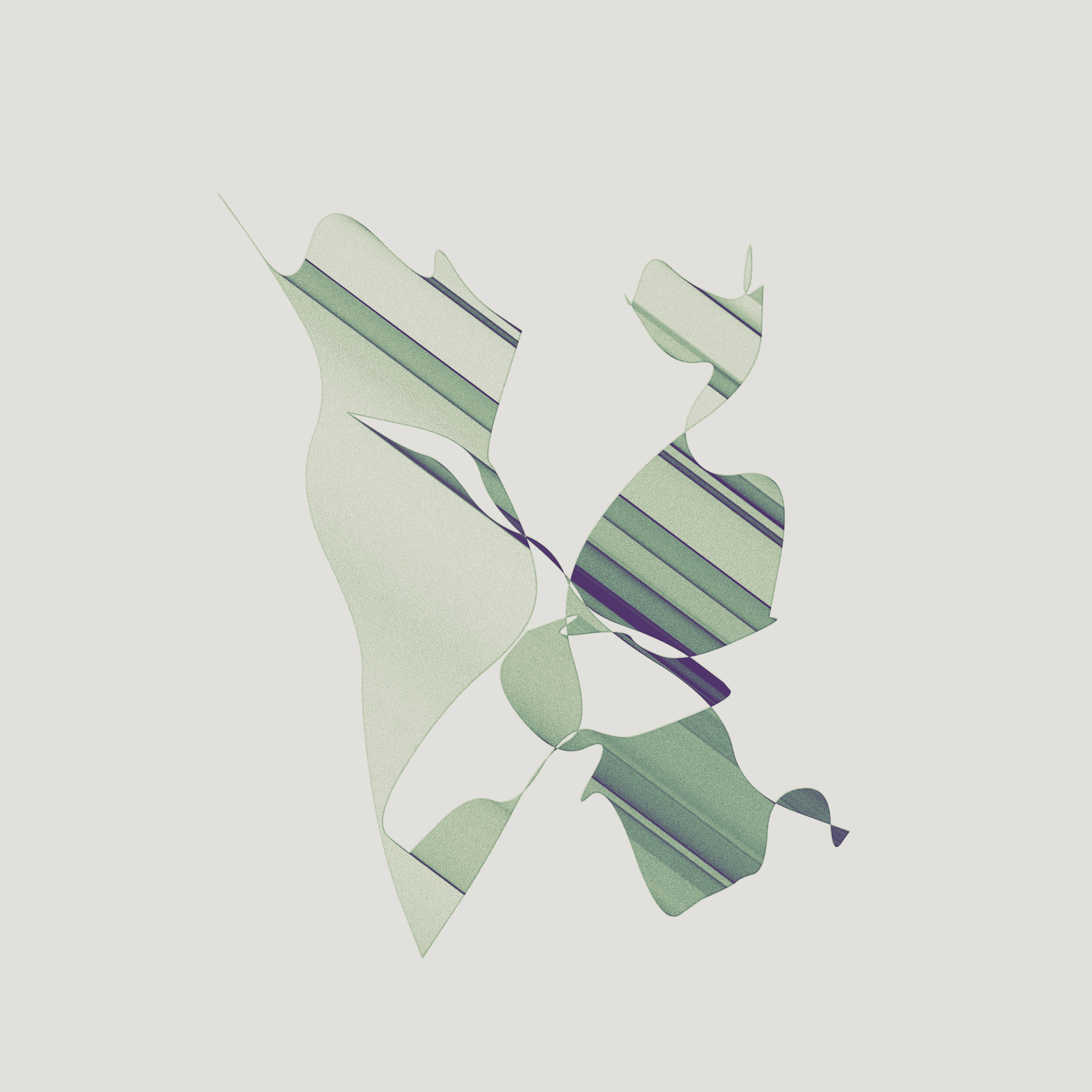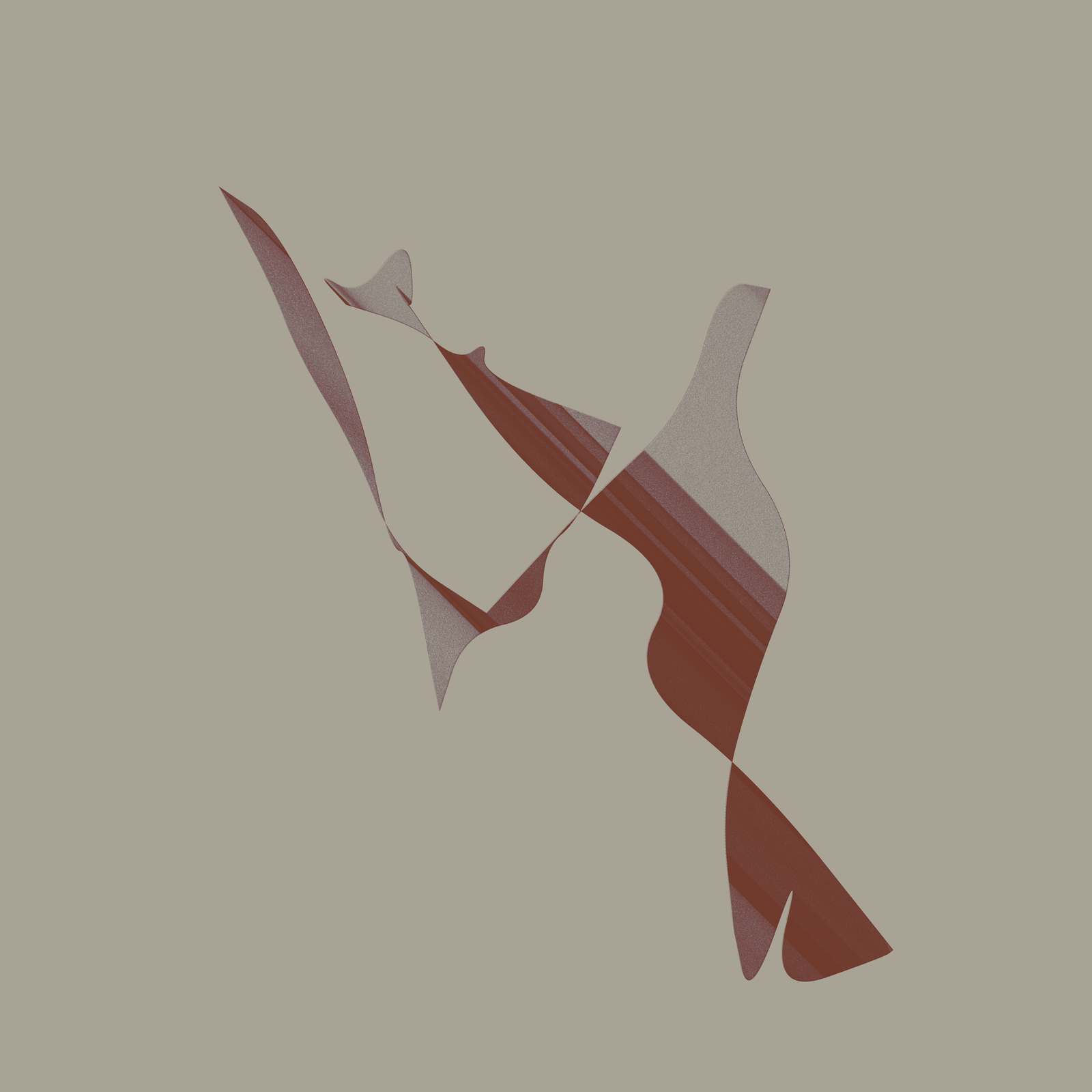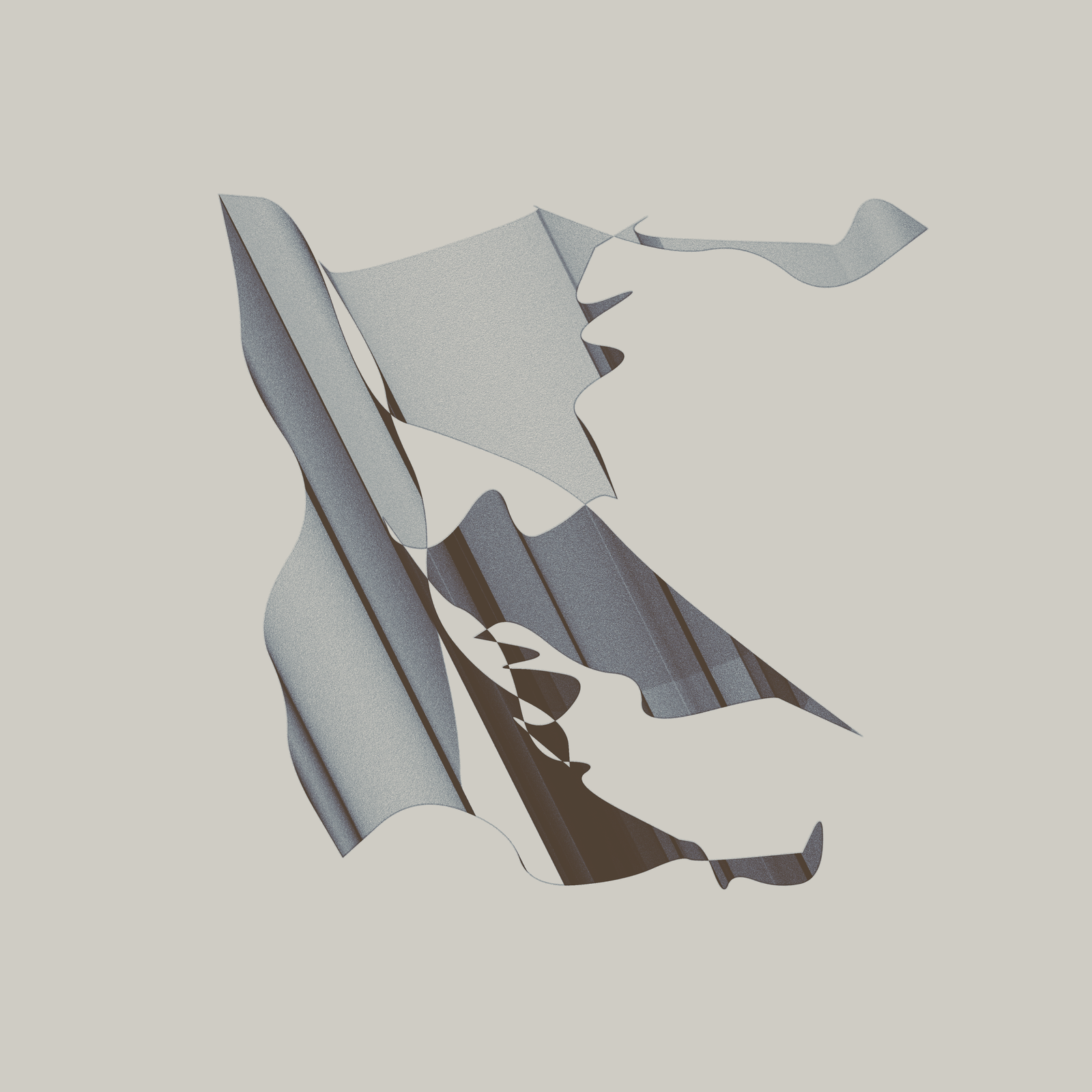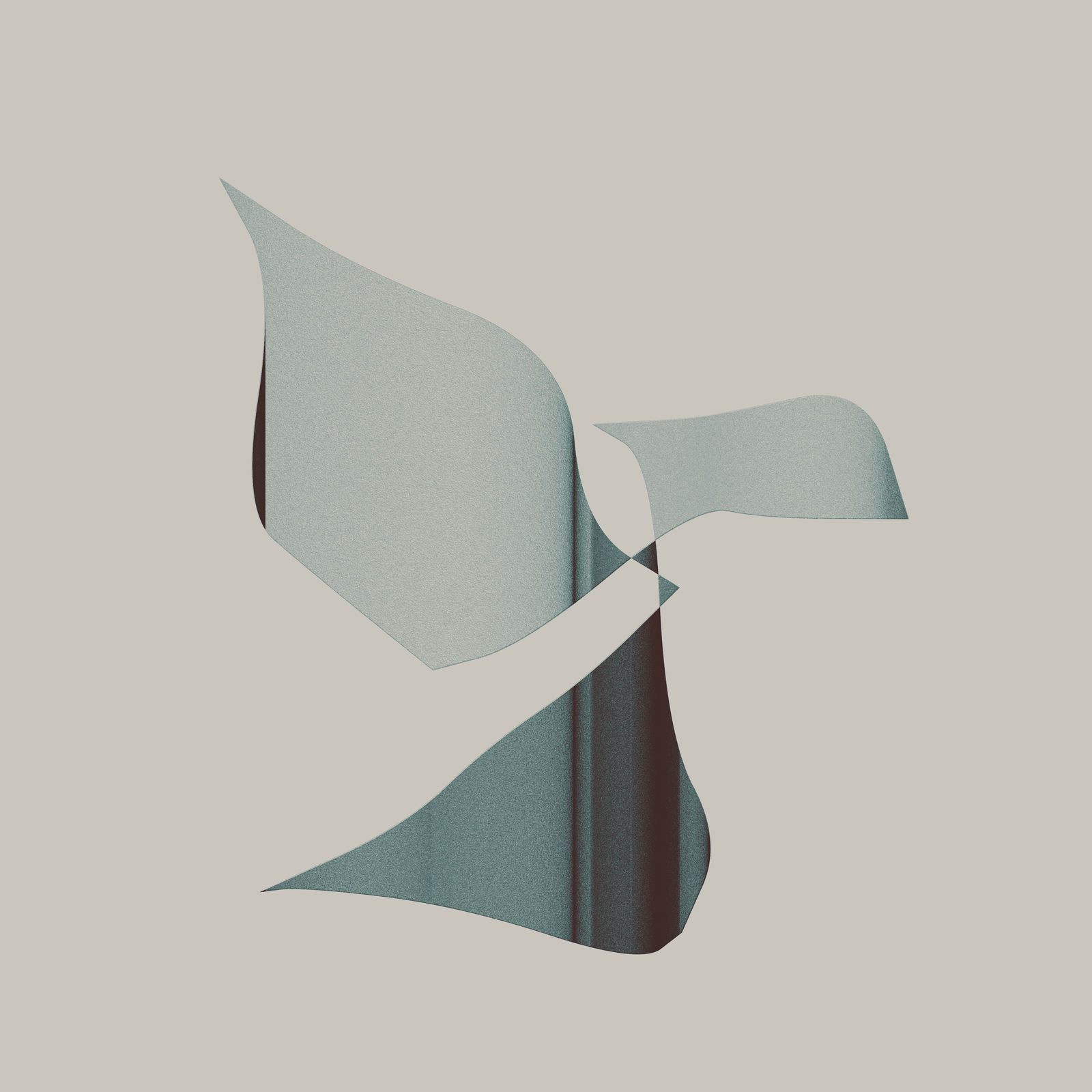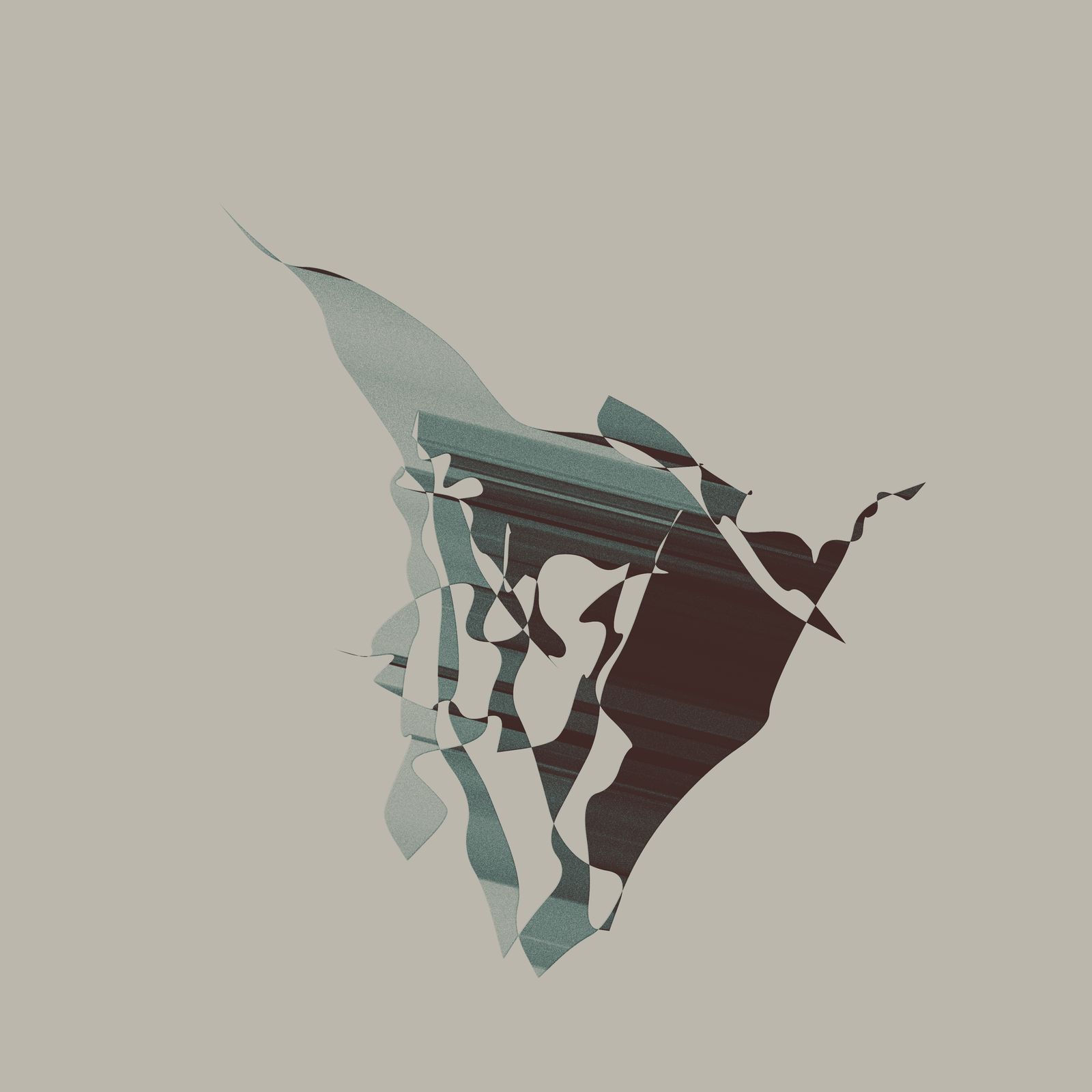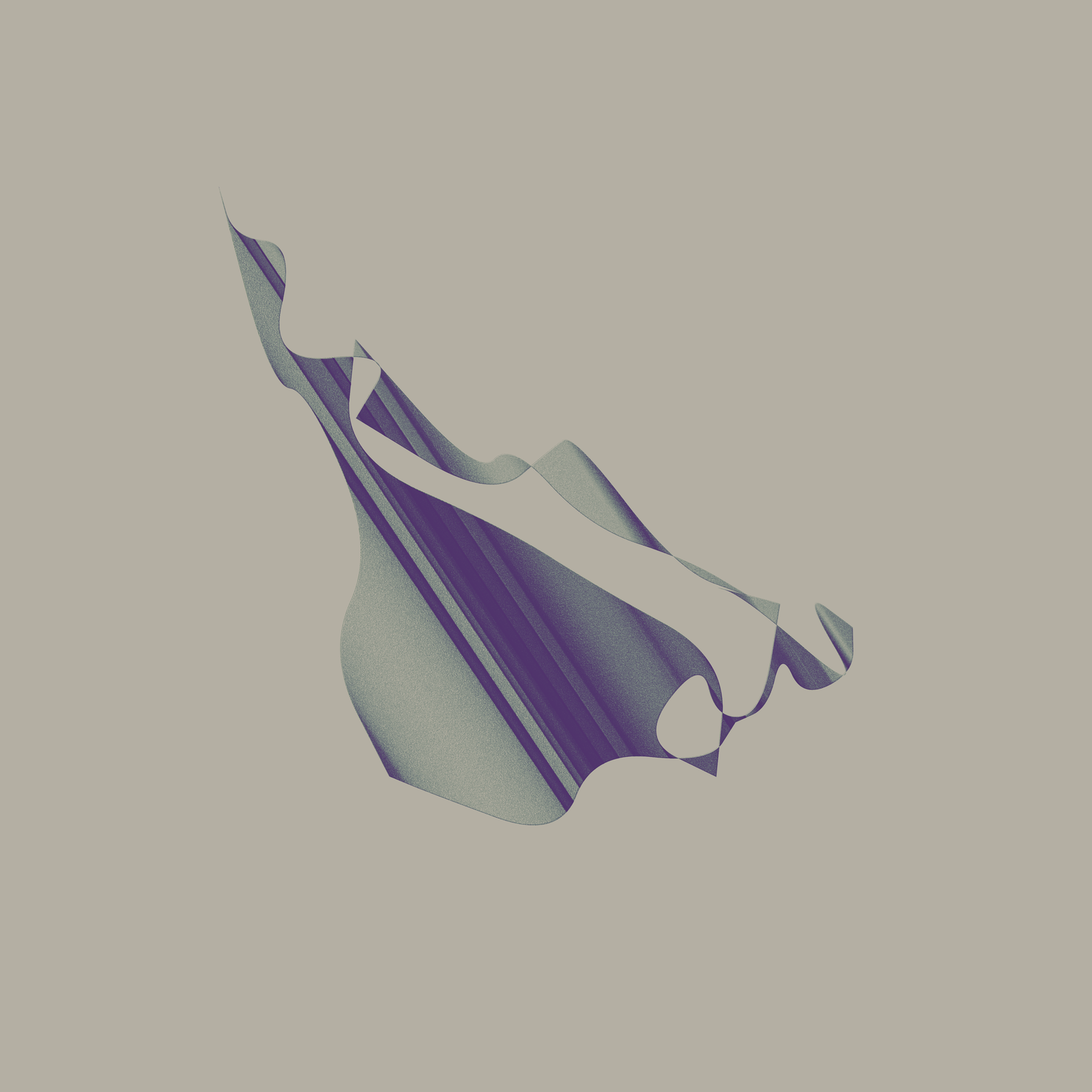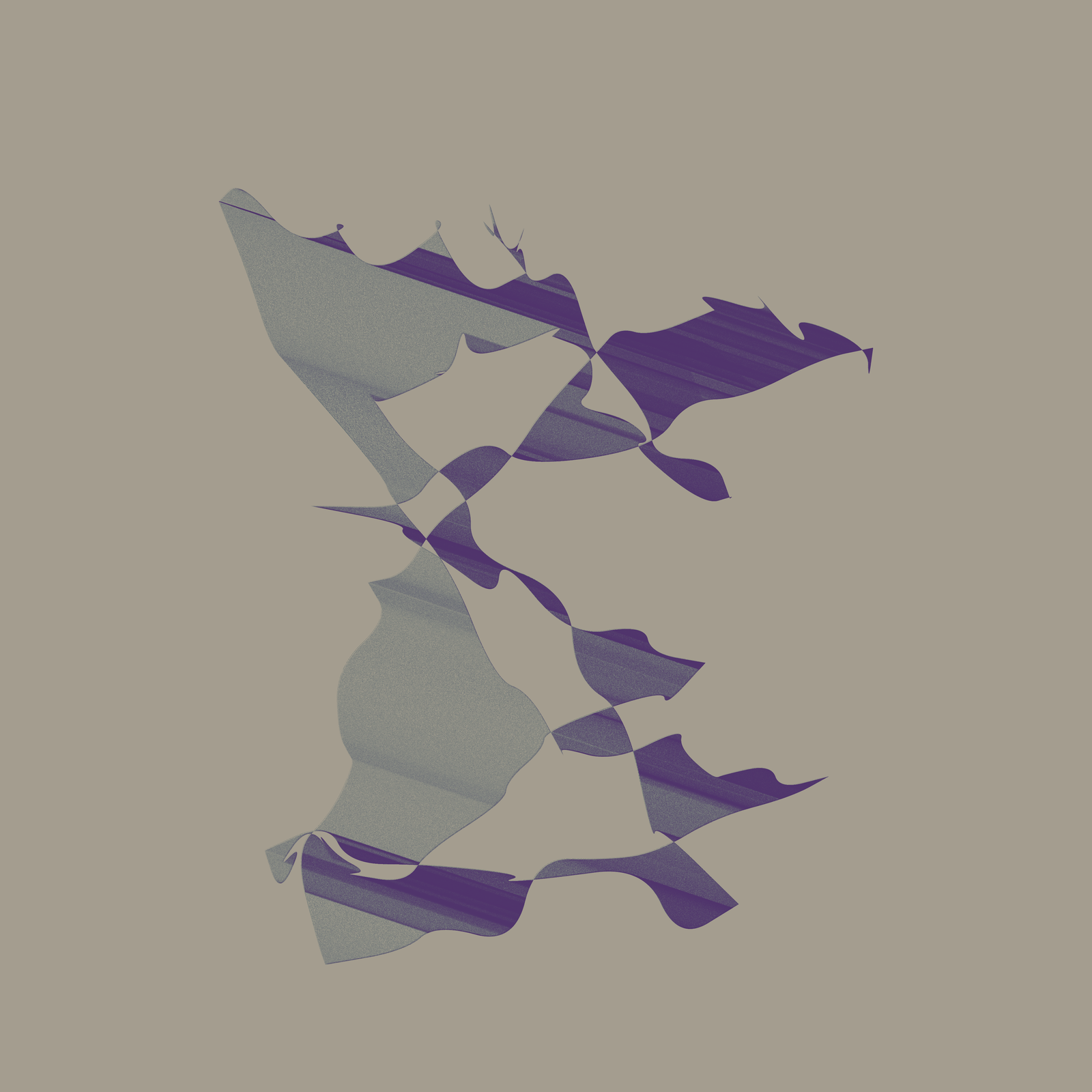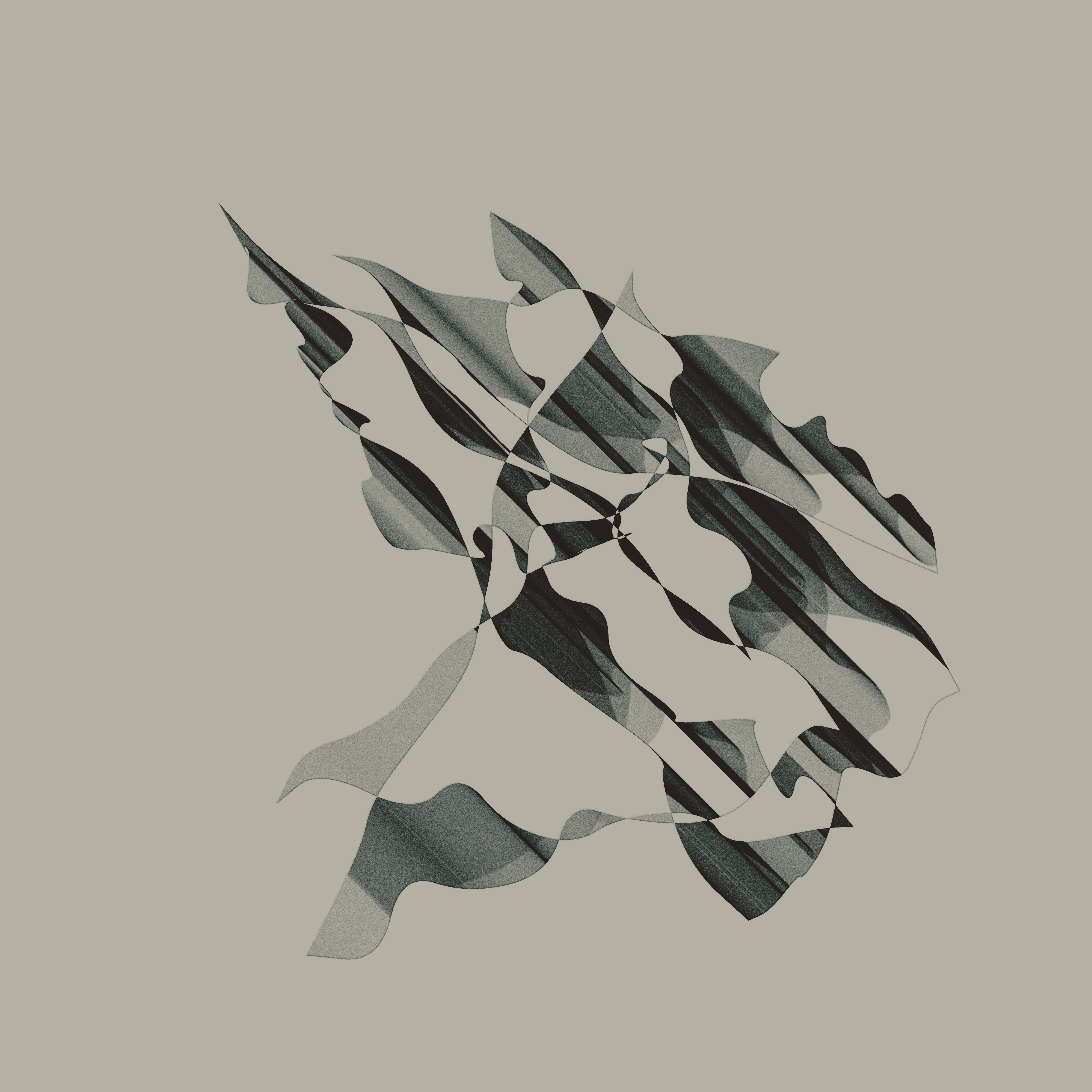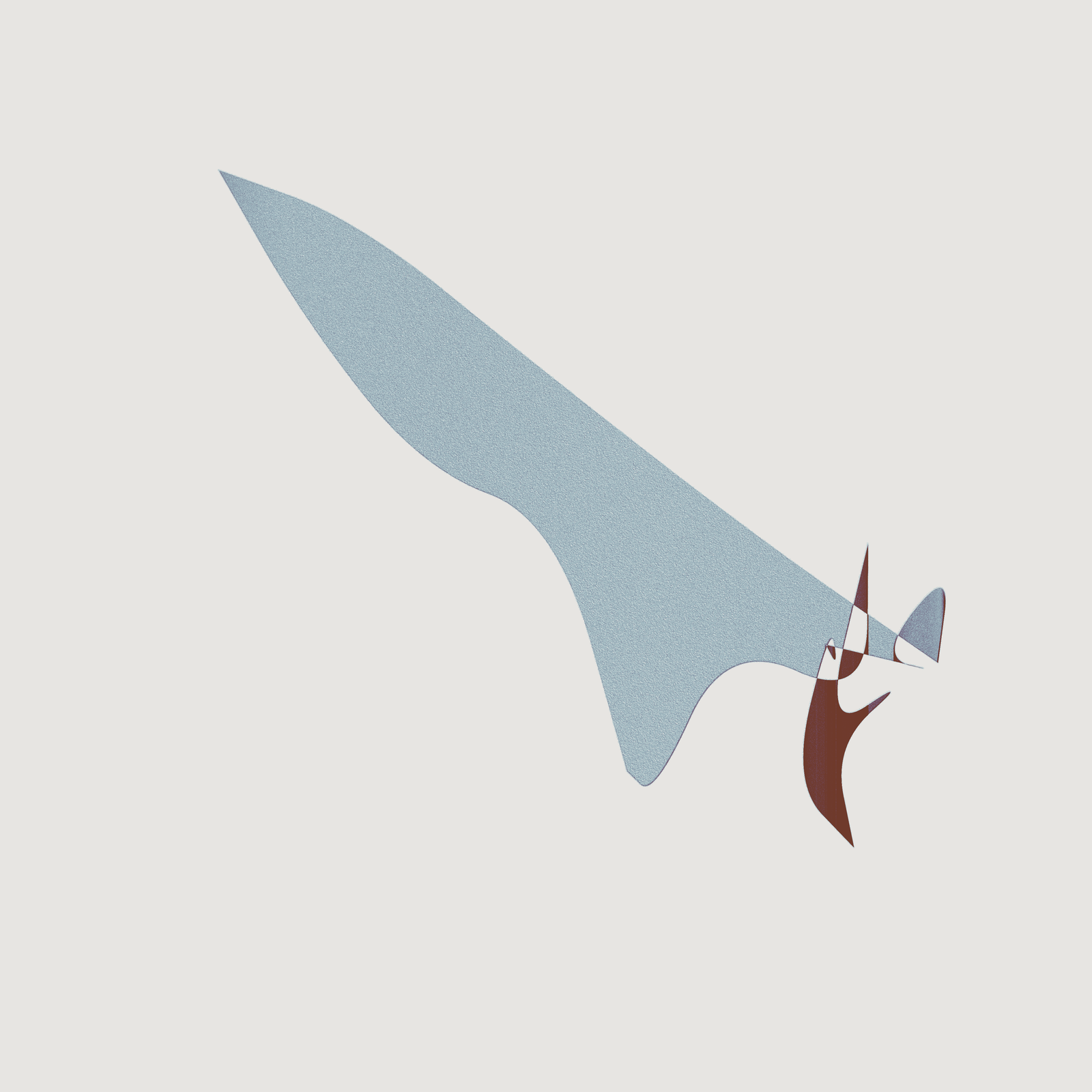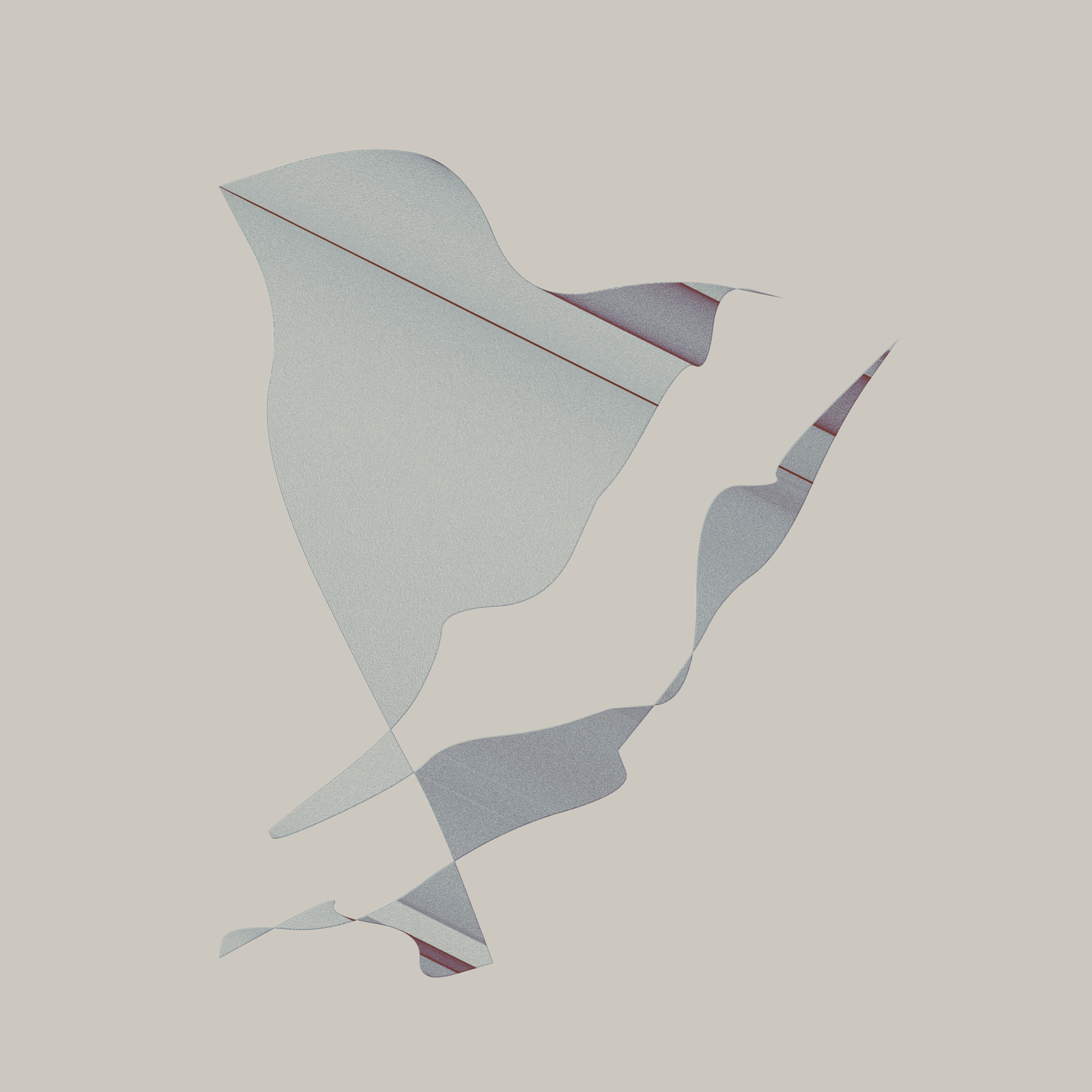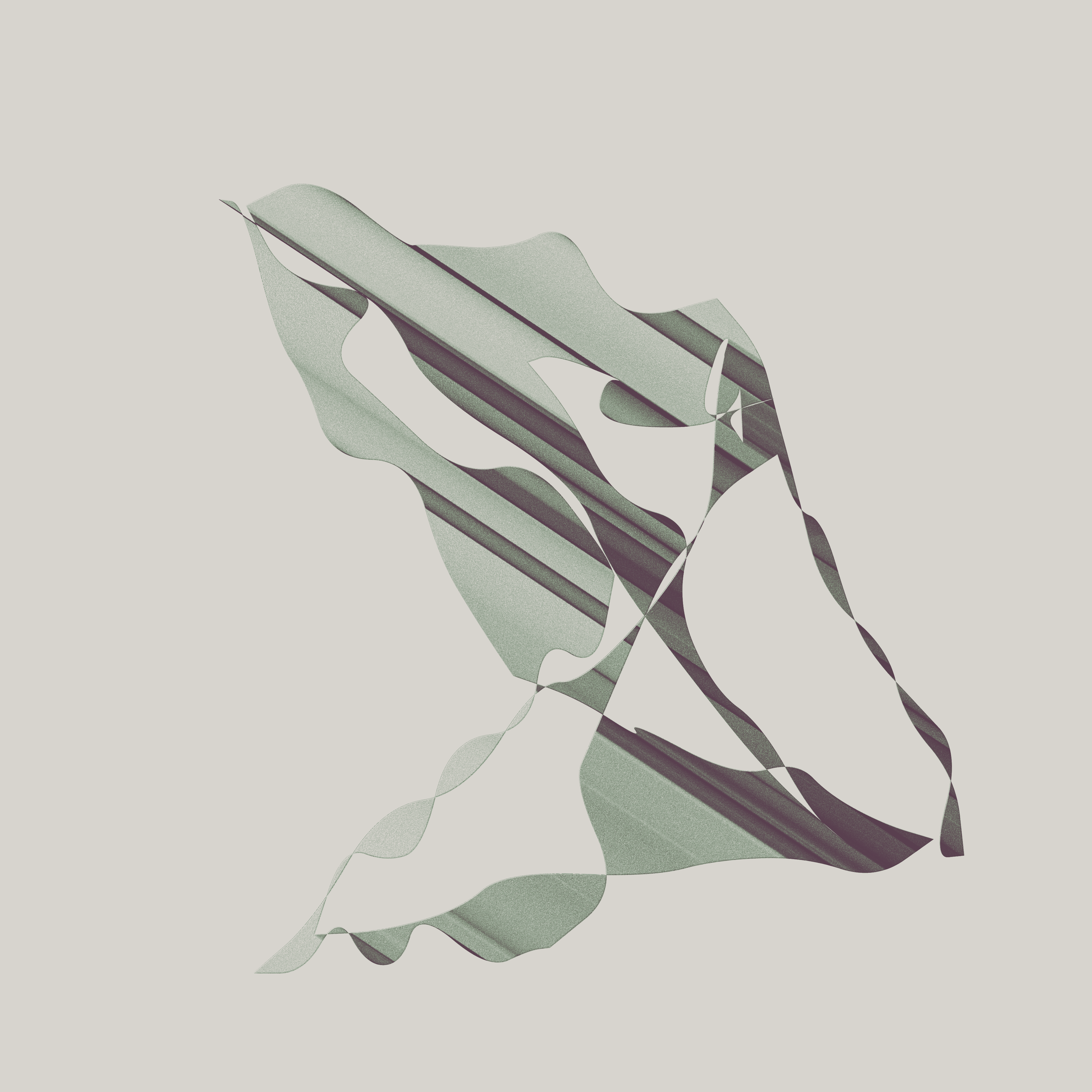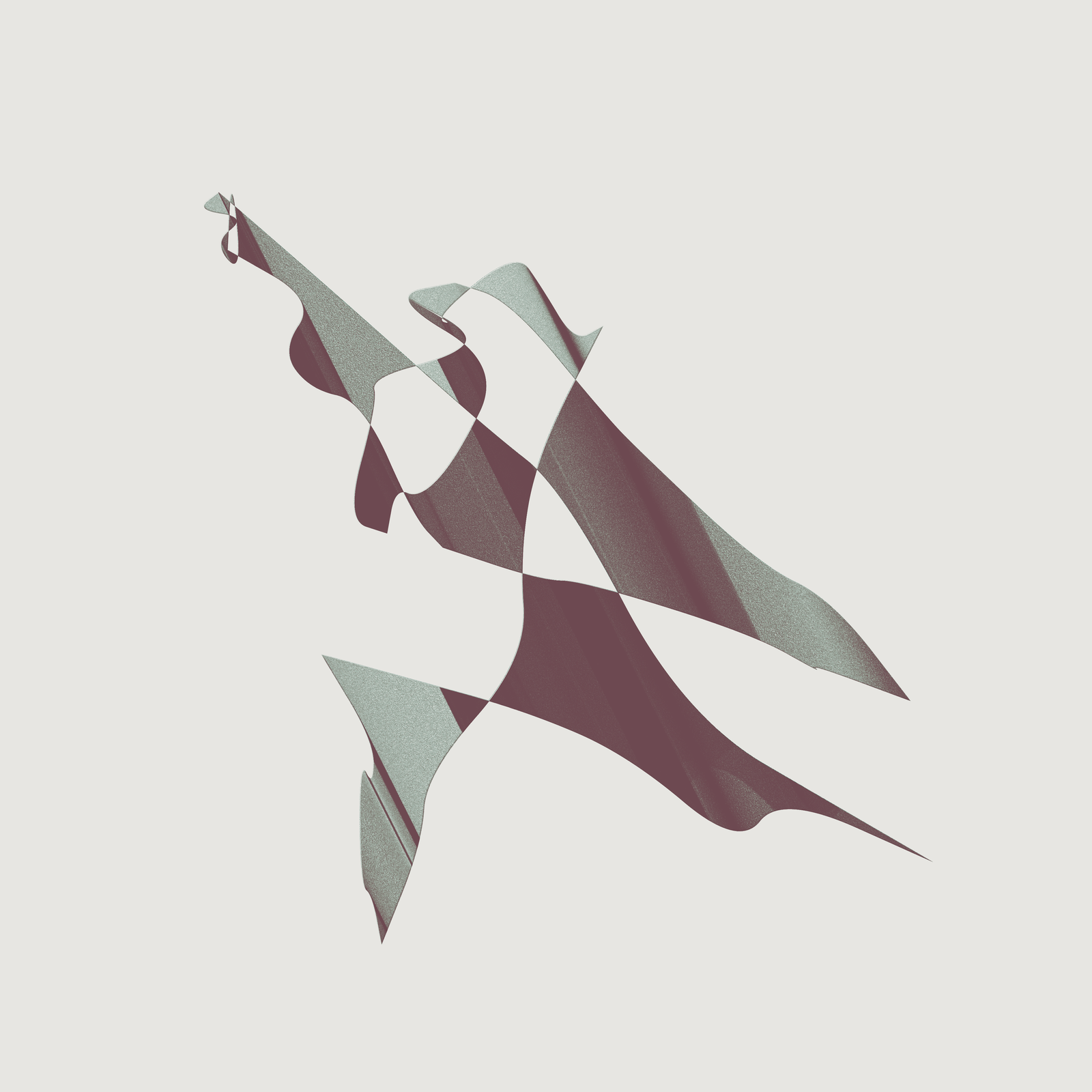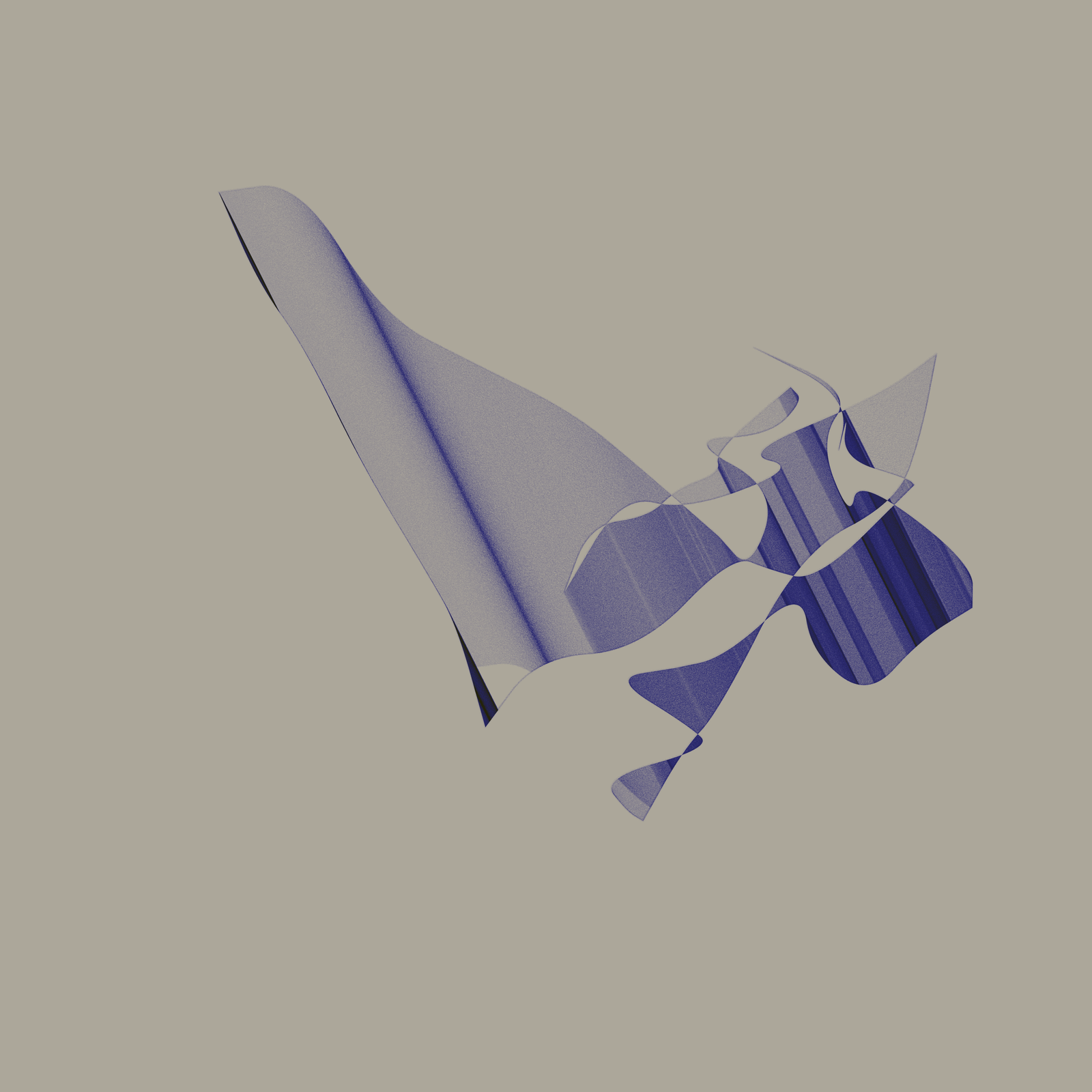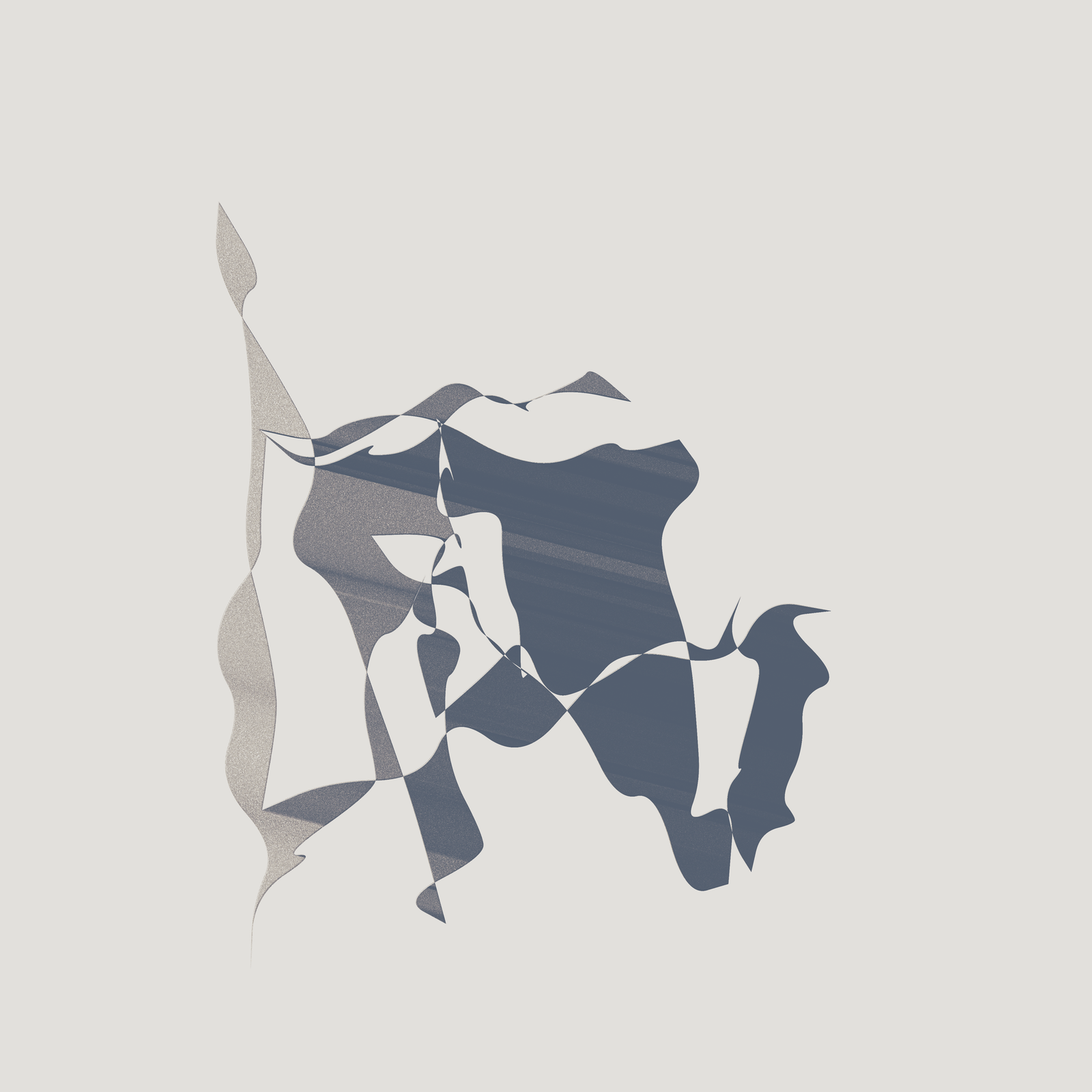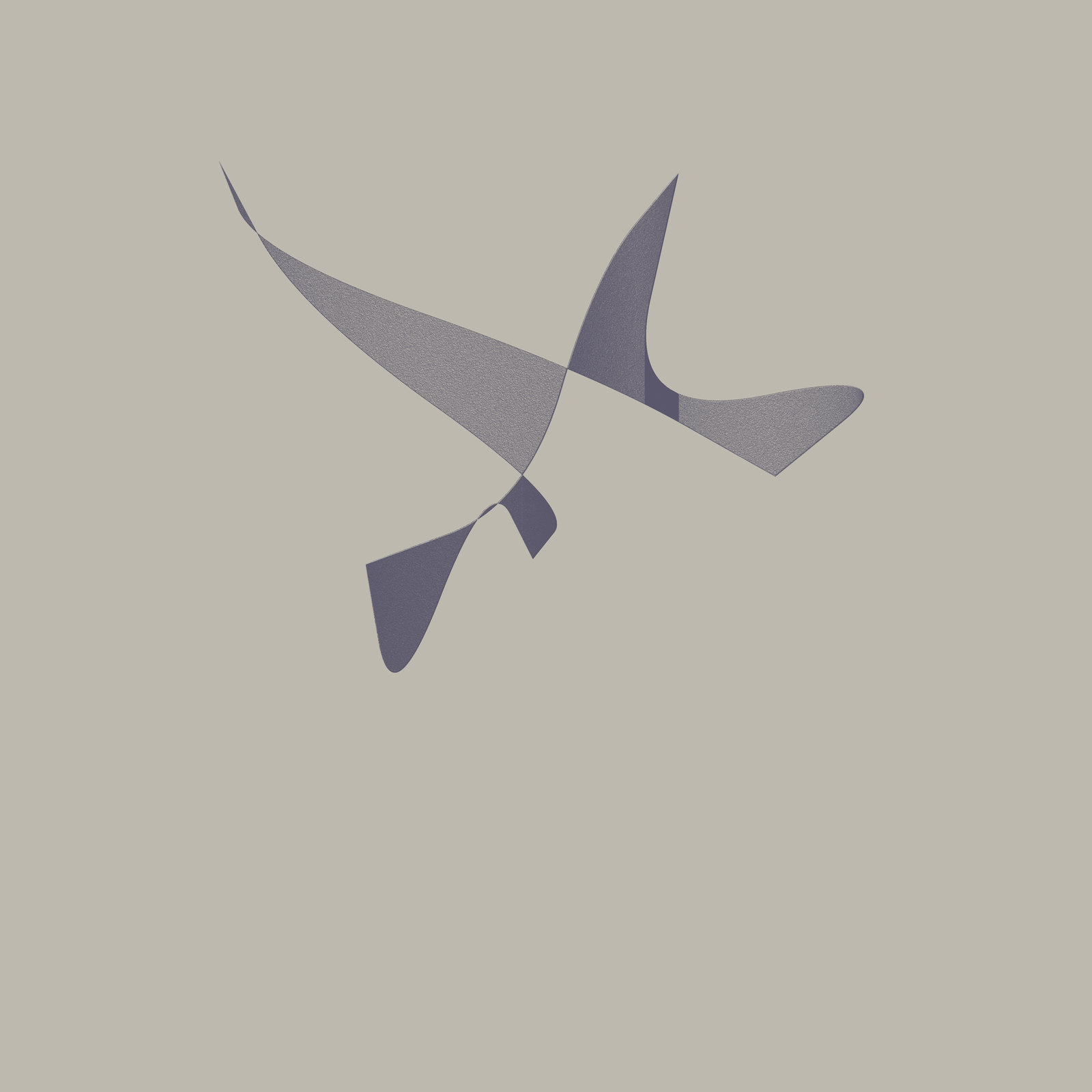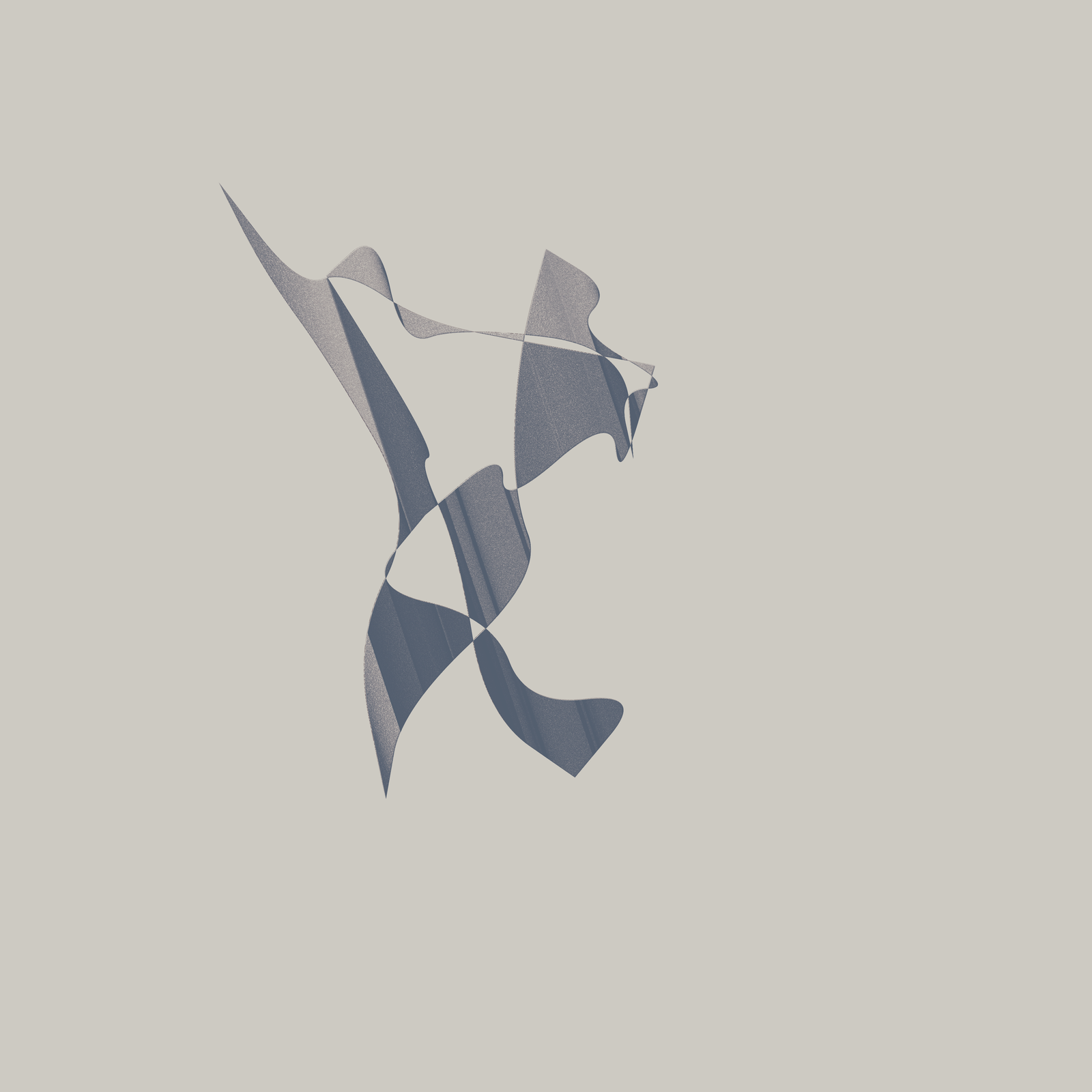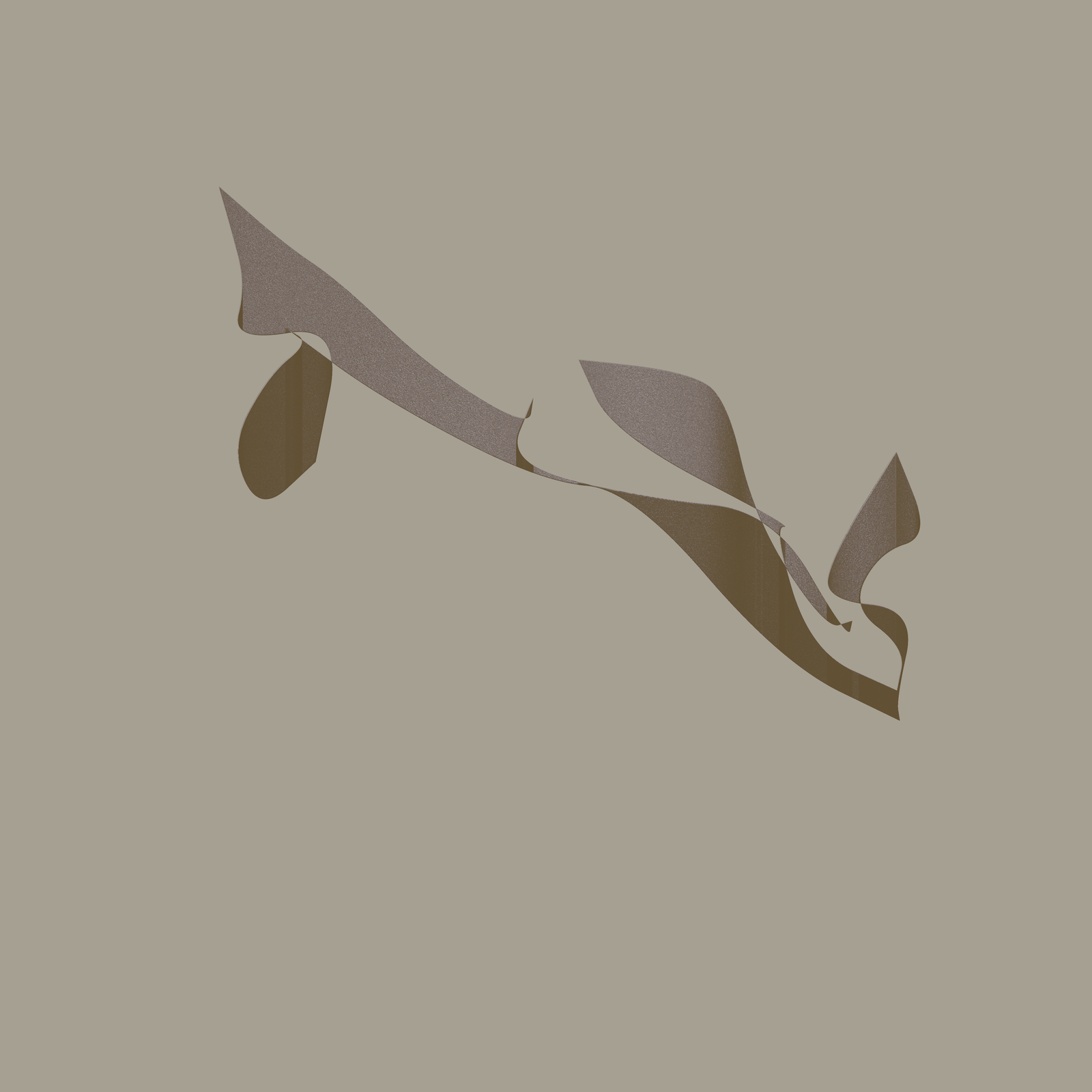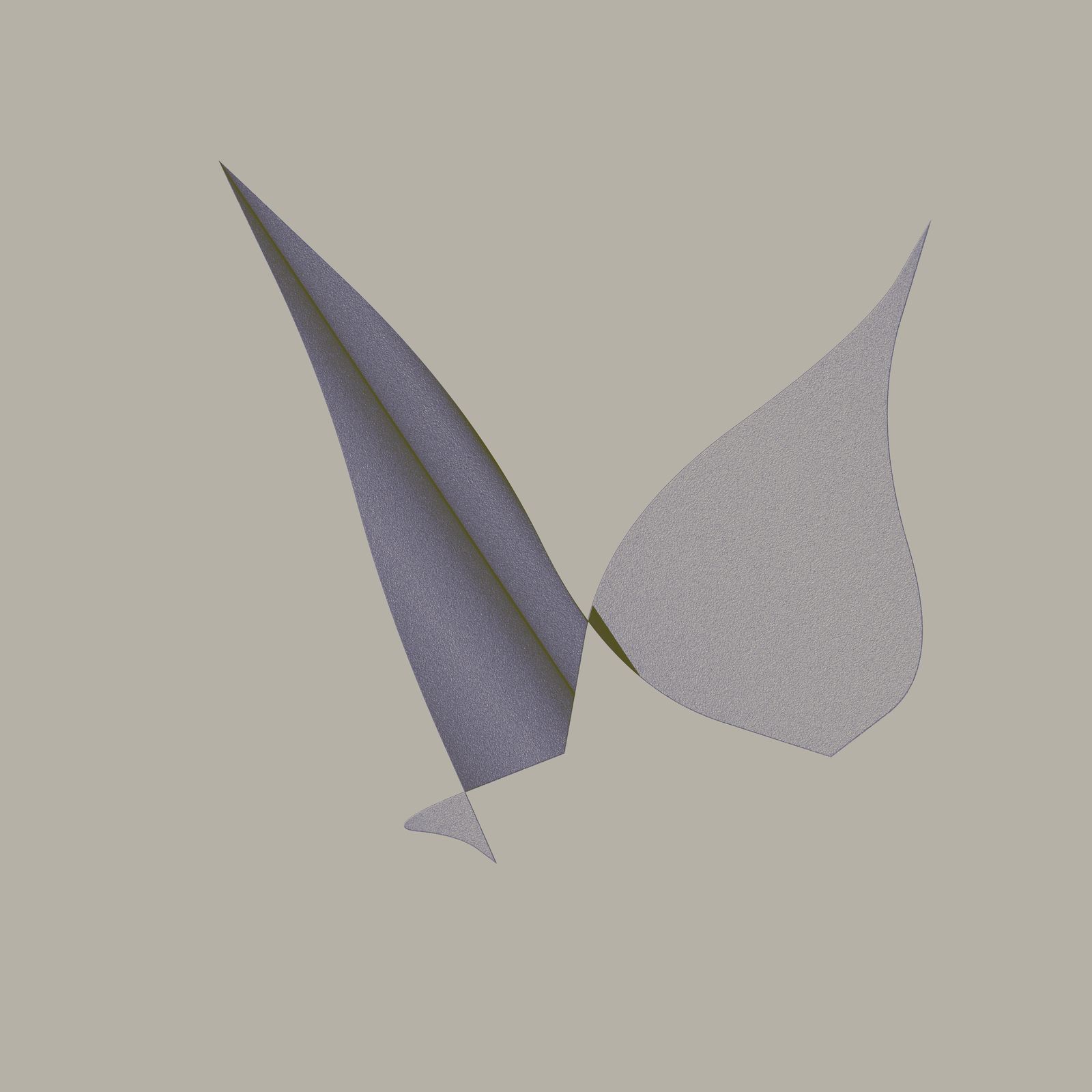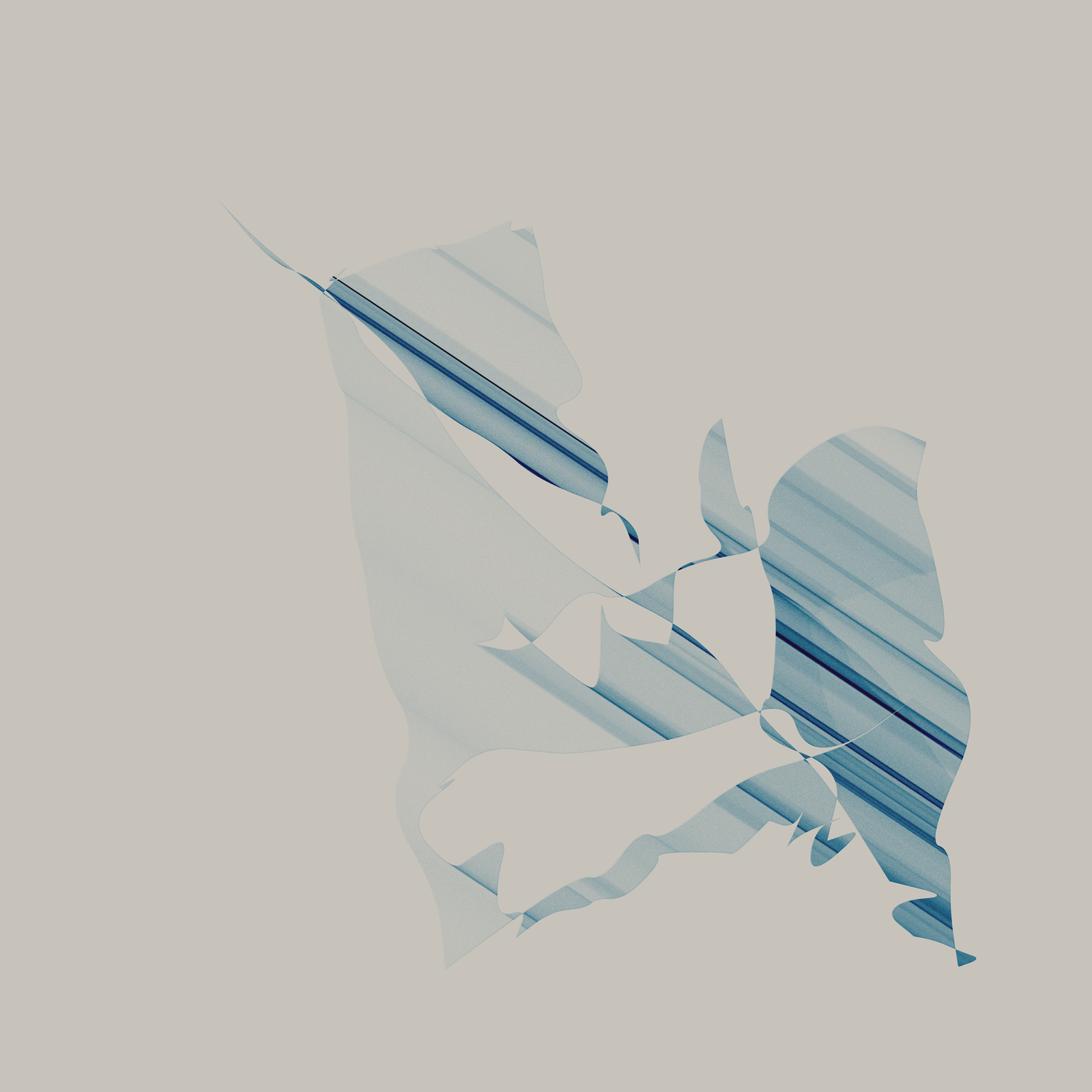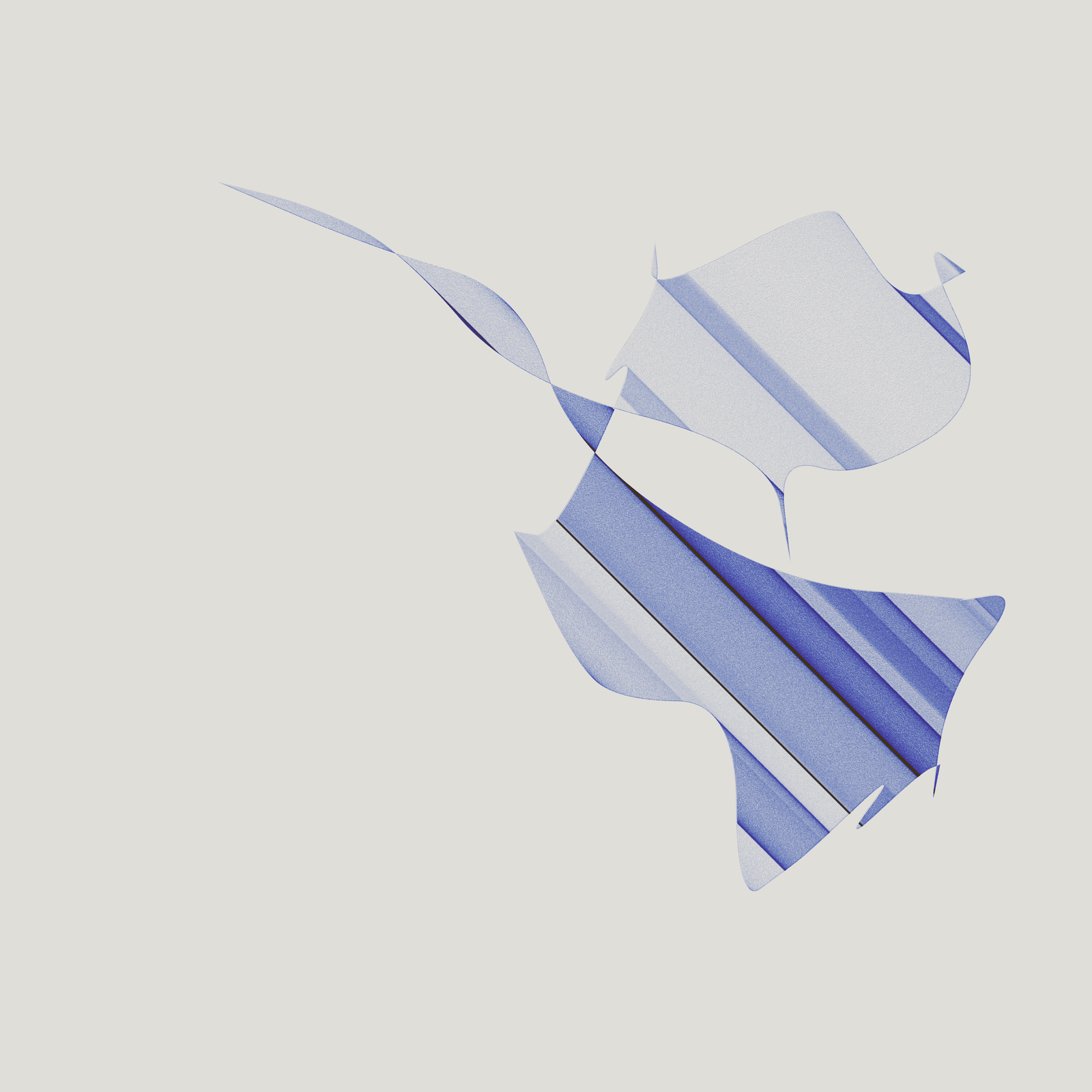Music & vivid dreams clang alike.
“Differential Threads” is a collection of sketches, that could have been drawn in old paper sheets with rollerball pens. It’s a project meant to offer a first, minimalistic look into the building blocks in which I plan to build my work with.
With this article I aim to share a bit of my artistic practice while addressing conceptual and technical aspects, in hope it helps beginners like me to navigate common issues.
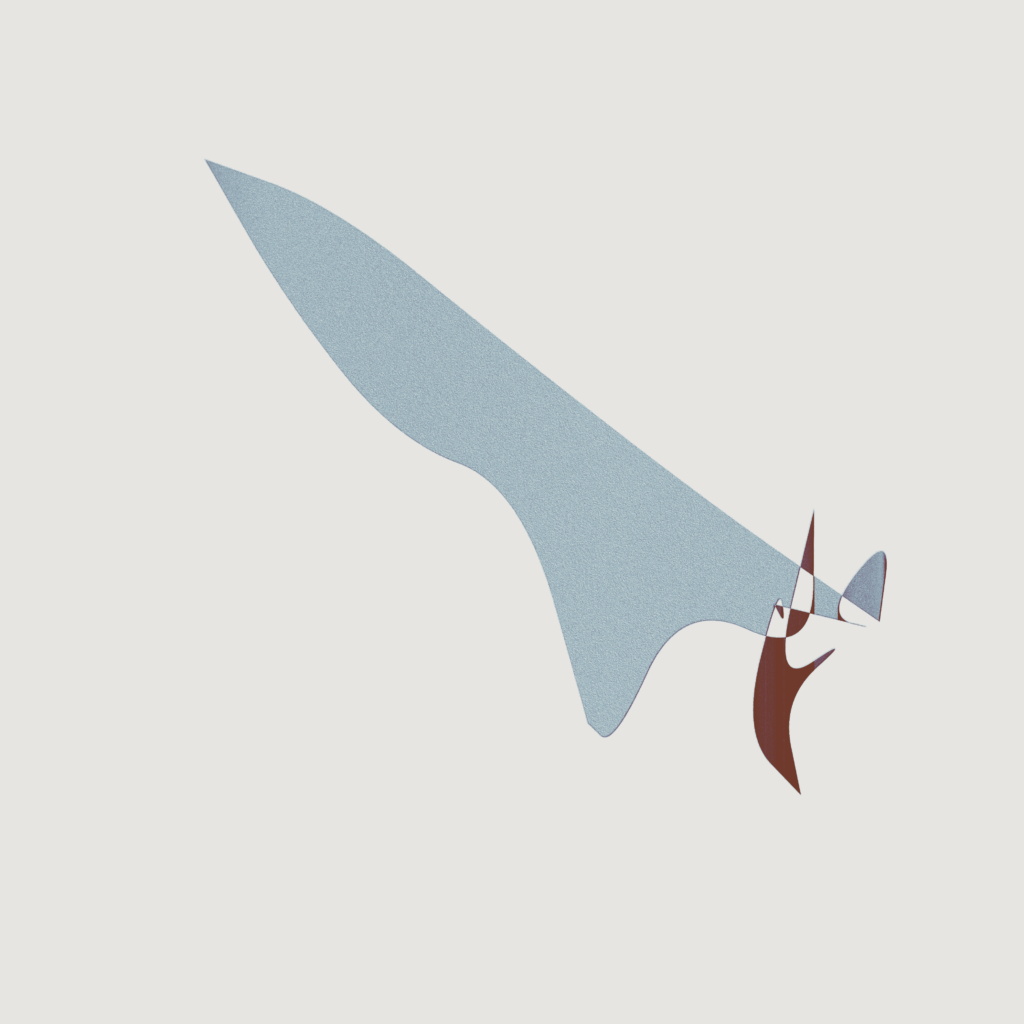
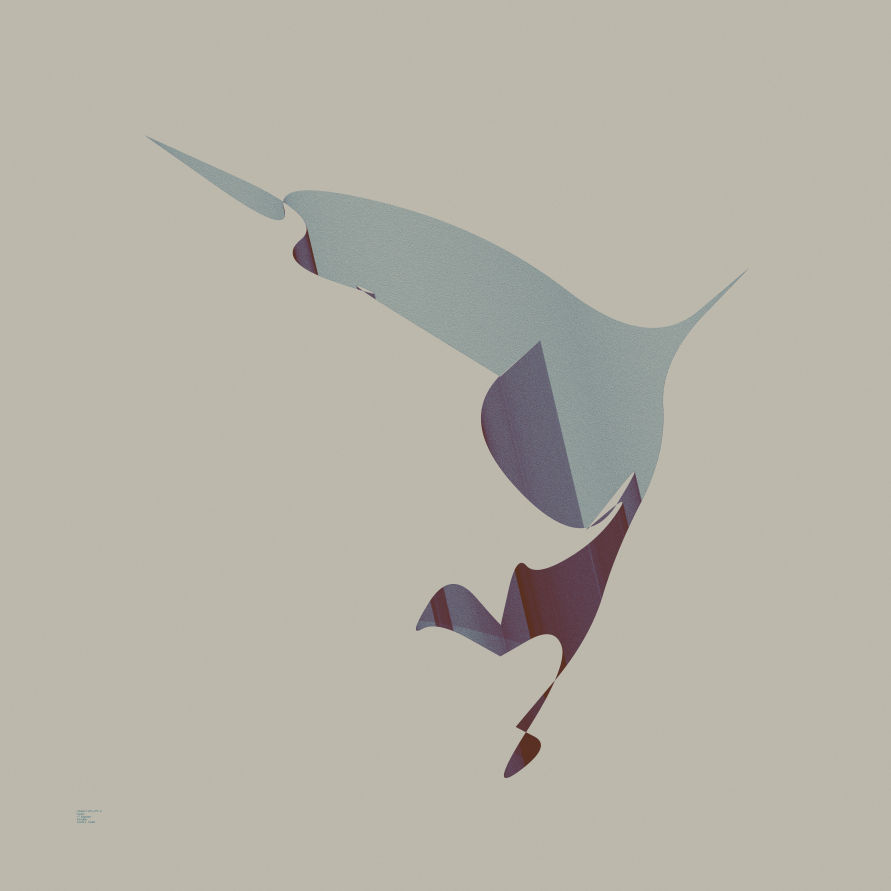
Towards the end of 2022 I set my eyes on learning WEBGL. Primarily as a way to explore new visual possibilities within my short films project ‘Hertz’. I’ve always had a close relationship to technology and back then I felt very strongly about how the approaching intersection of powerful, accessible hardware + framework compatibility was likely to integrate different types of artistic processes more deeply.
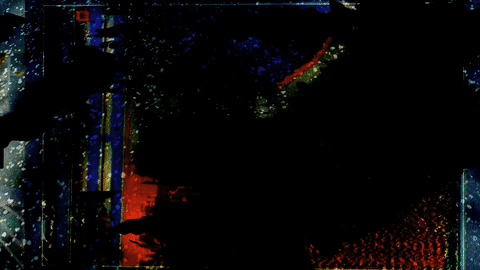
I spent a brief time learning and animating with Flash and Actionscript many years ago, but back then I settled for layers and After Effects keyframes. Video opened a window into art , but ultimately I wanted to develop a wider and more abstract art practice. Felt like the proper time to take this leap.



Javascript seemed like a good way to get started with programming and generative art.
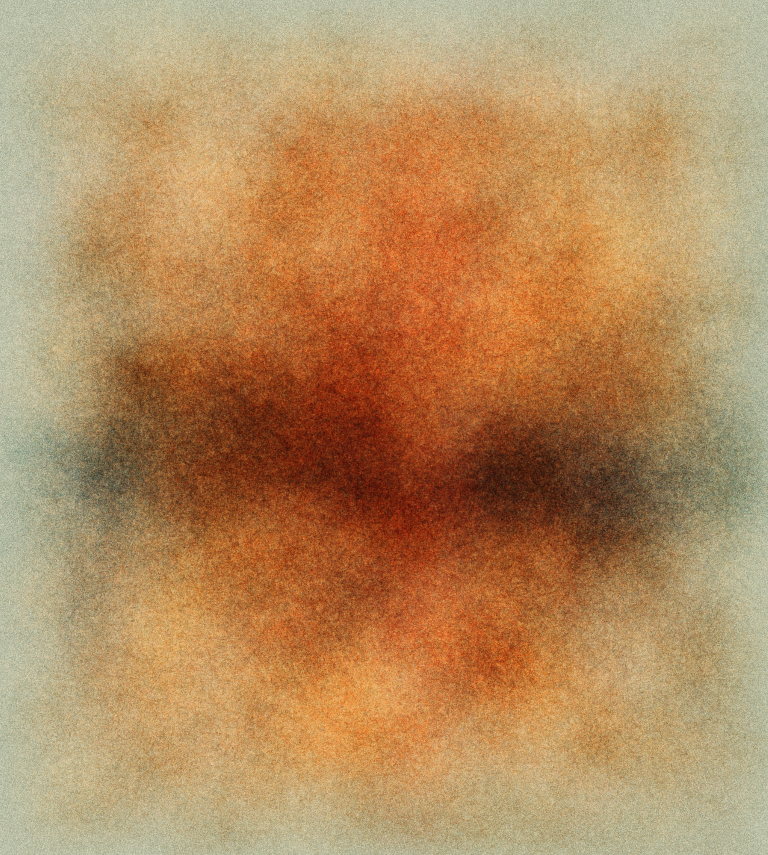
It has been quite the journey before I was able to actually iterate over some of my ideas.
Because of that, very often I’d try to keep the concepts very simple. It’s a way to play along my own technical limitations while slowly building my toolset, upwards more elaborated systems.
I thought of mechanical repetition. Self-contained, irregular bursts of movement that always start from around the same Upper left corner. Like wiggling a pen on paper, without much planning except not to bleed from the outlines (although it’s fine if it does).
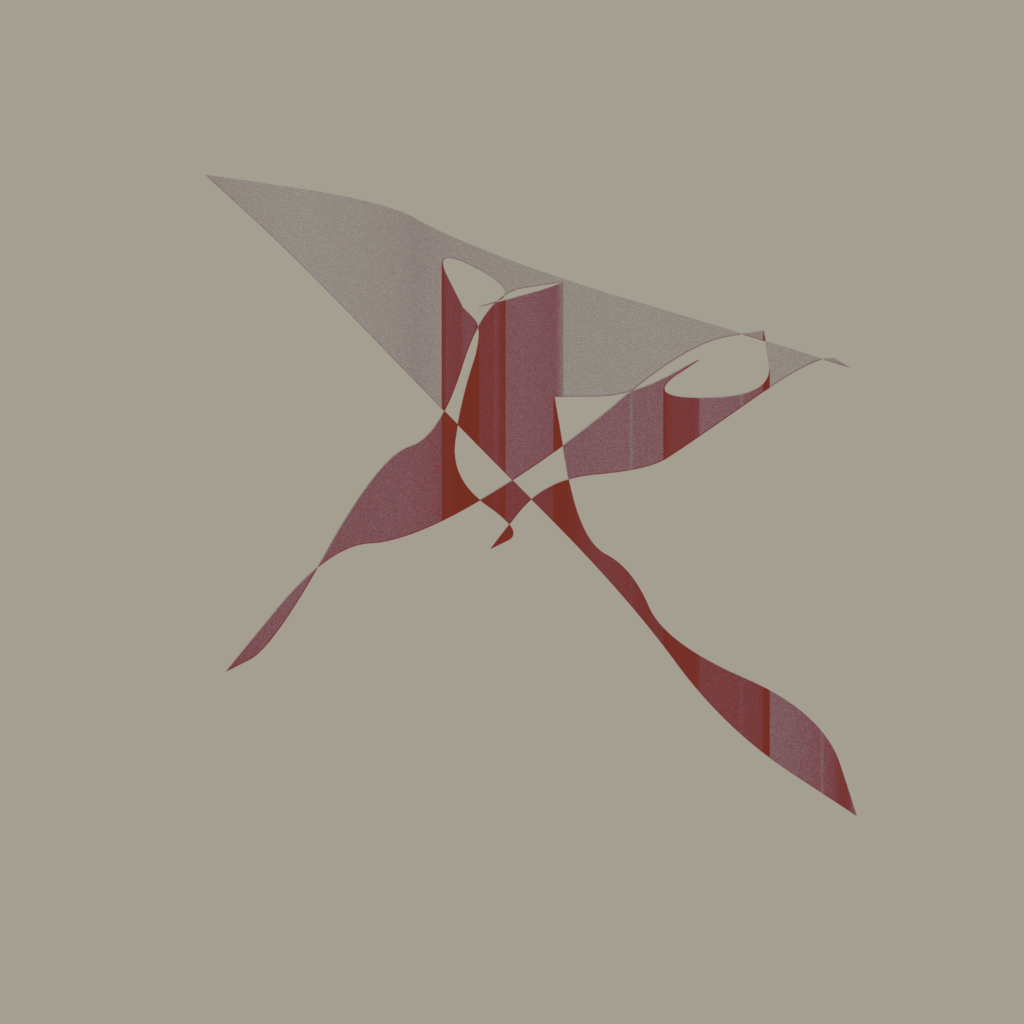

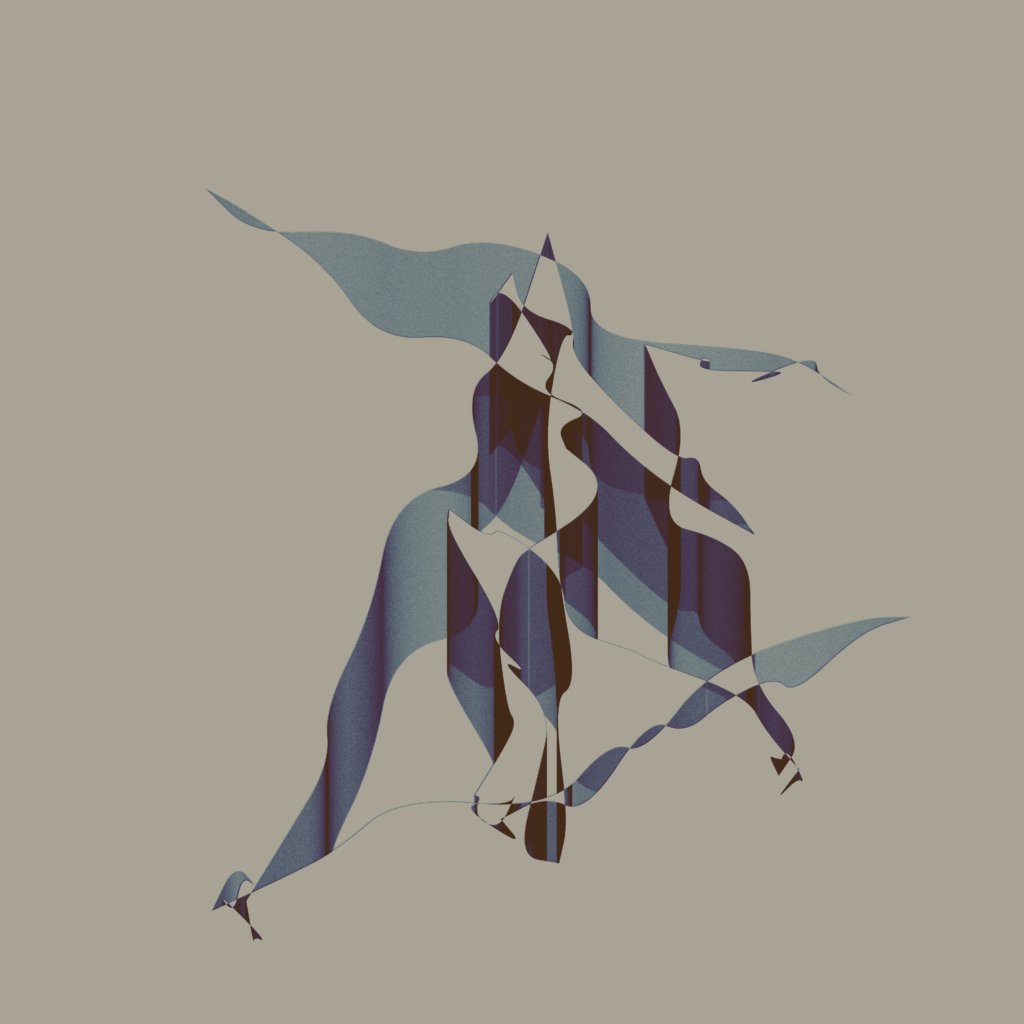
Like making choices, that unravel into a million of different paths and possibilities. In this cases, the starting point is also the endpoint, bringing the motion full circle. As I ramped up the number of points and fragments, outputs were ranging from minimalistic to chaotic shapes, twisted and often inverted.
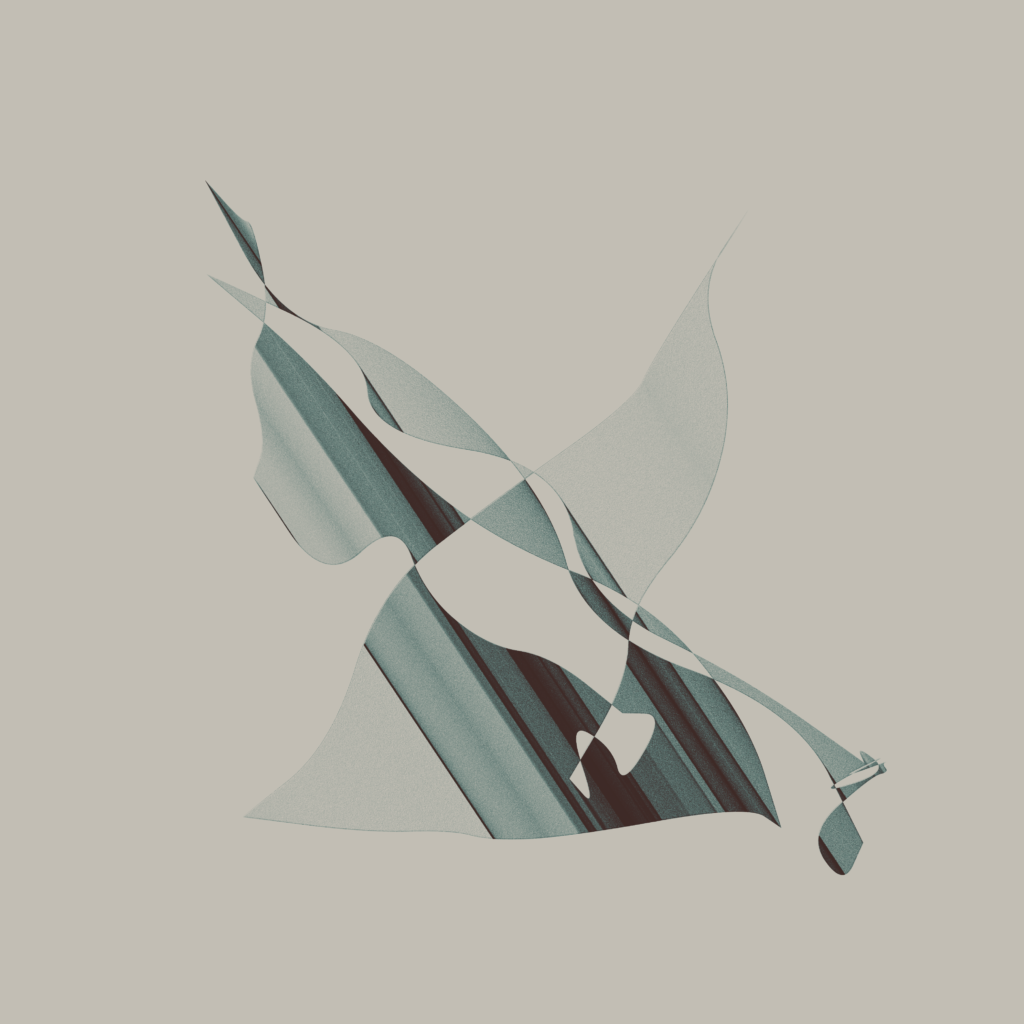


The amount of detail I see in each output remains a good surprise to this date. I set a higher maximum number of fragments only a few hours before minting. In retrospect it feels like a reckless move but it did enable some interesting surprises.
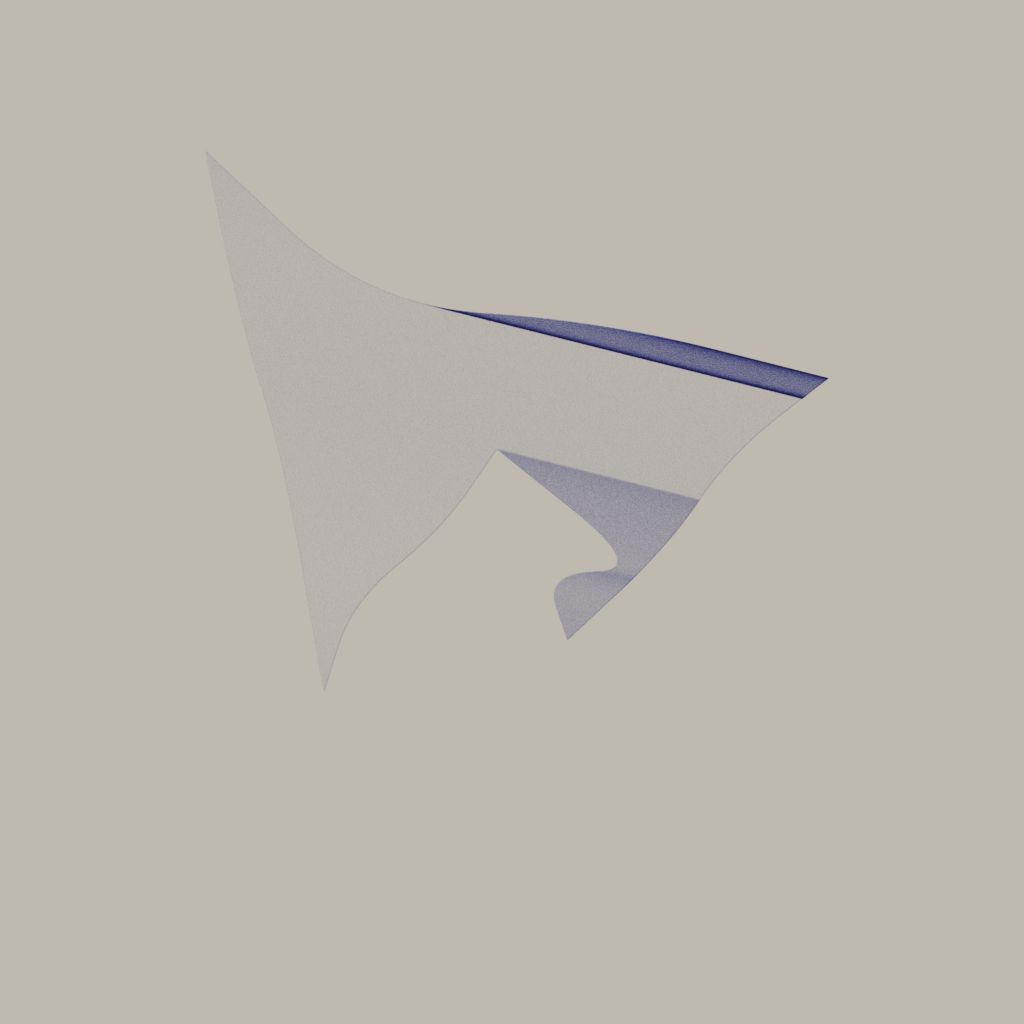


And I find it so interesting to see now how distinctive some iterations have been coming out, regardless of the amount of points and subsequent fragments.
The ‘X,Y Direction’ Feature, determines the orientation in which the texture will be drawn. It has a very important effect overall, as it shapes movement, creating tension or illusion of depth. When x=0 usually there’s an interesting illusion of depth:
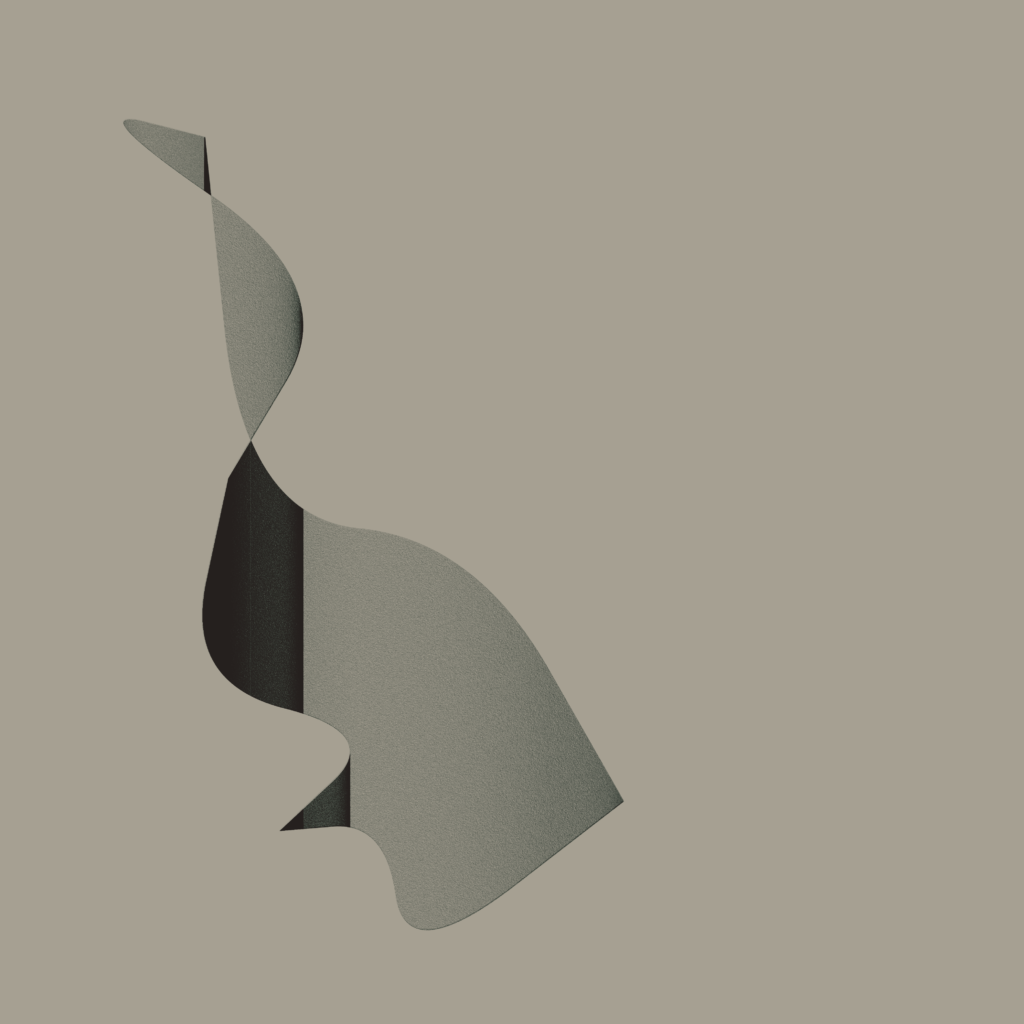
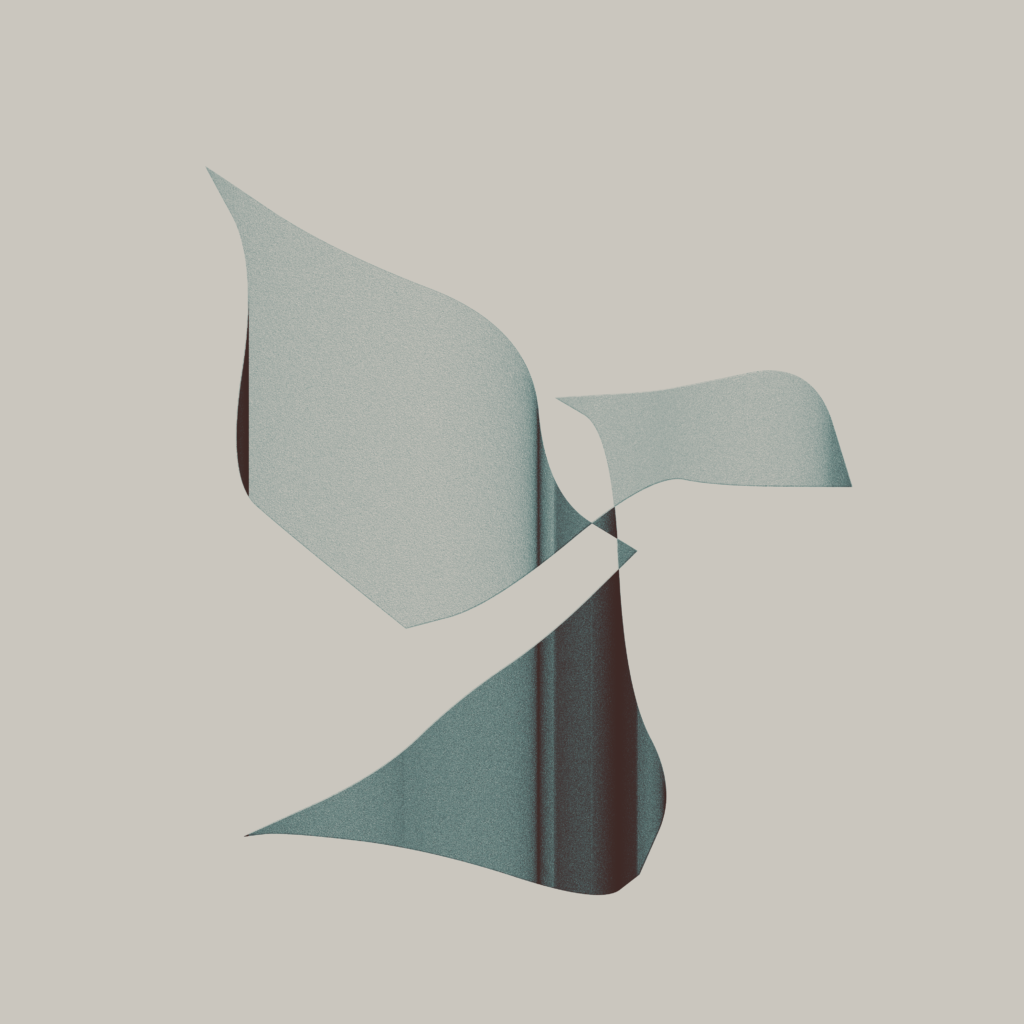
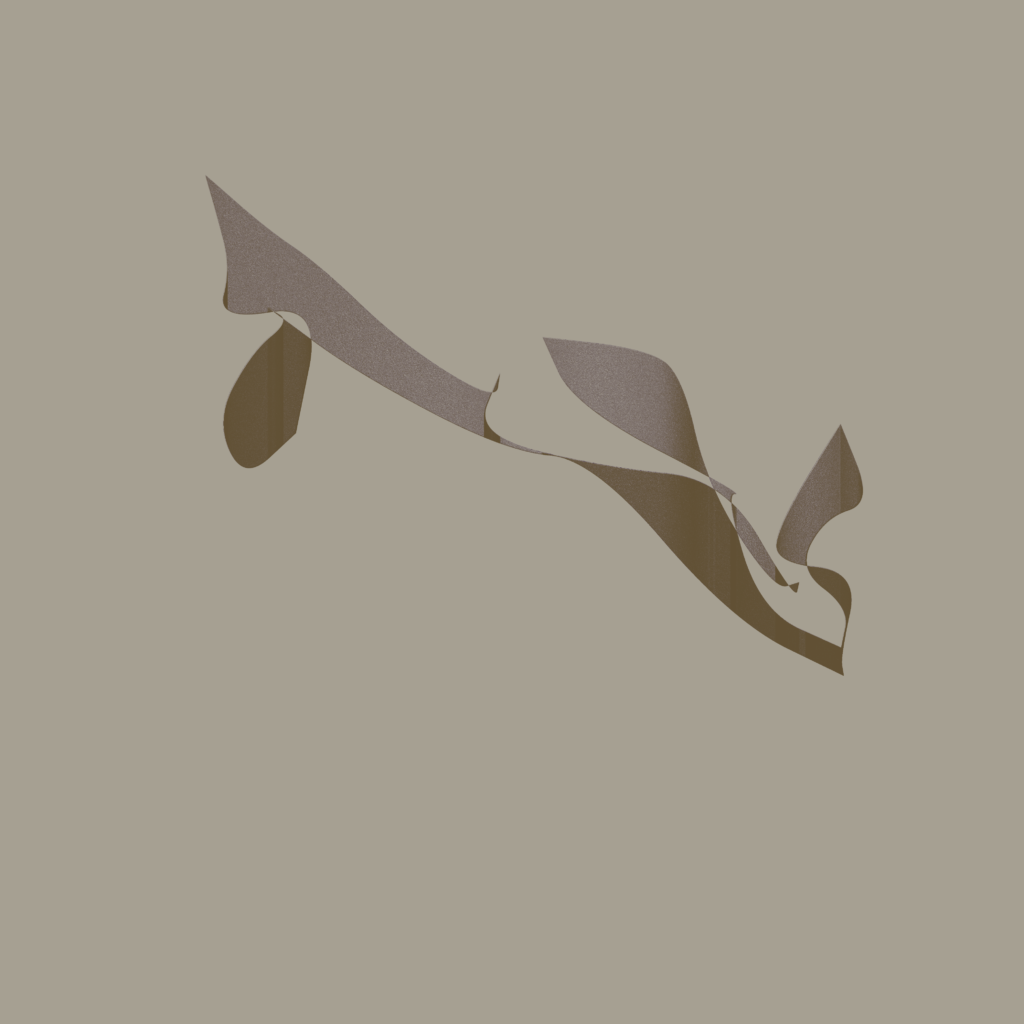
I learned some key concepts from Matt Perkins writings on generative brushes and Paths.
From those ideas, generously shared and broken down step by step, I was able to understand how to get started on adapting the physicality of materials I enjoy into functions that can be used recursively and interchangeably between projects.

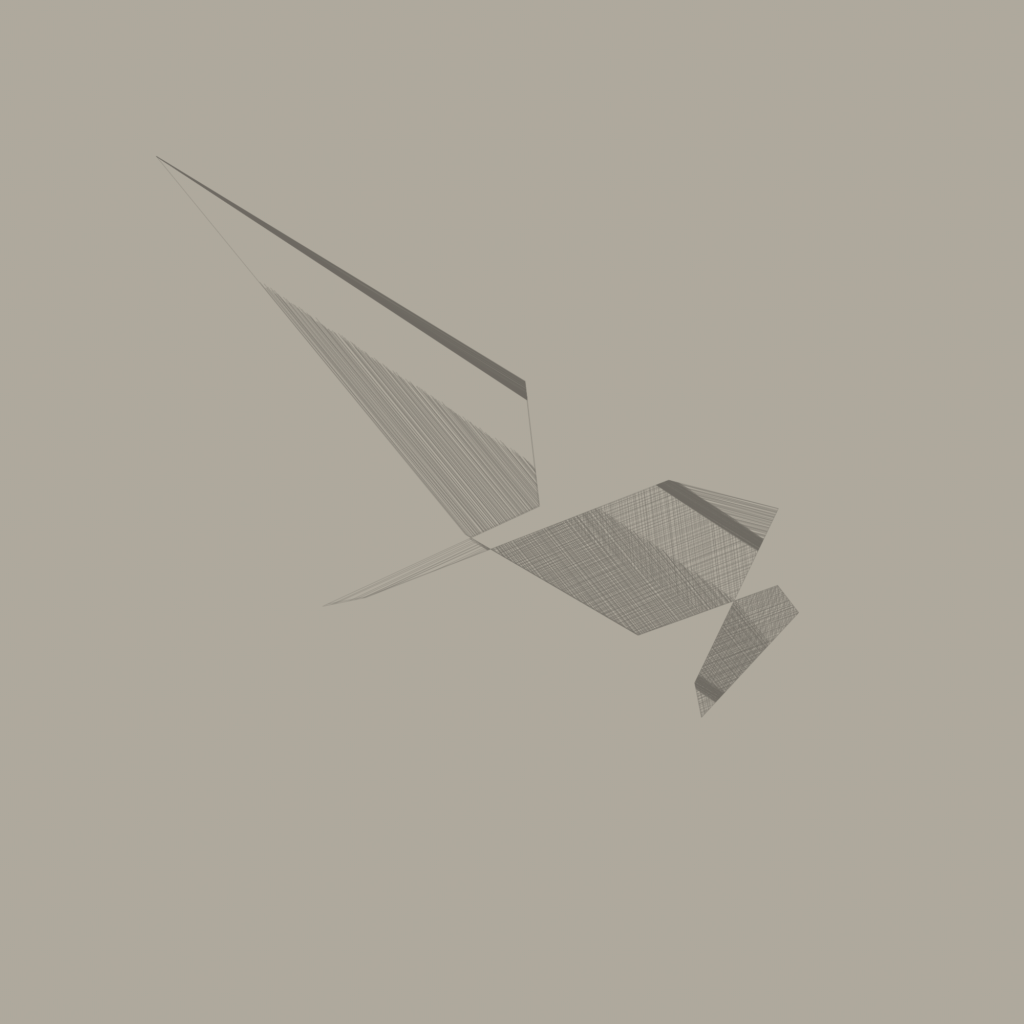
Storing coordinates into arrays and using them as paths and clipping masks enabled me to play around with different textures for each set of shapes.

While normalizing the vectors and scaling the paths help a great deal with responsiveness:
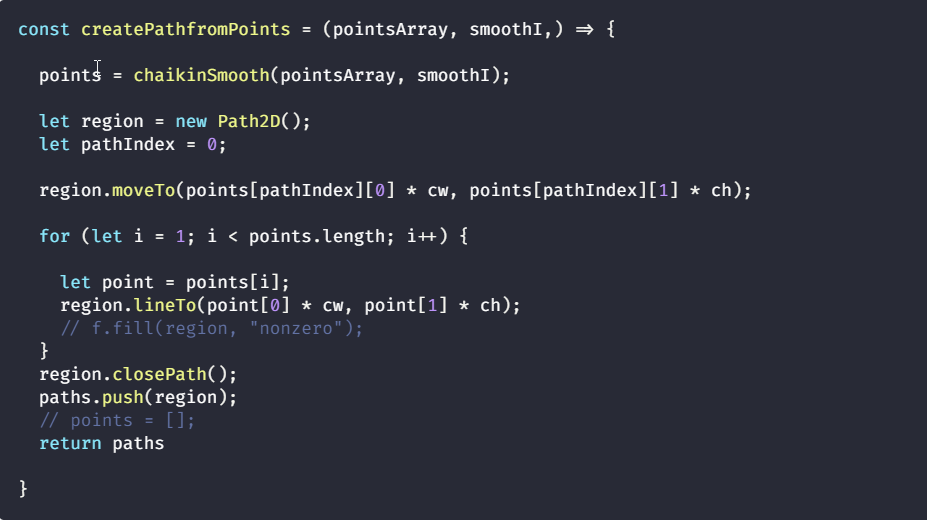
I’m a big enthusiast of high resolutions, and believe that today we are unfortunately surrounded by highly compressed formats , packaged for streaming or meant to save on bandwidth costs.
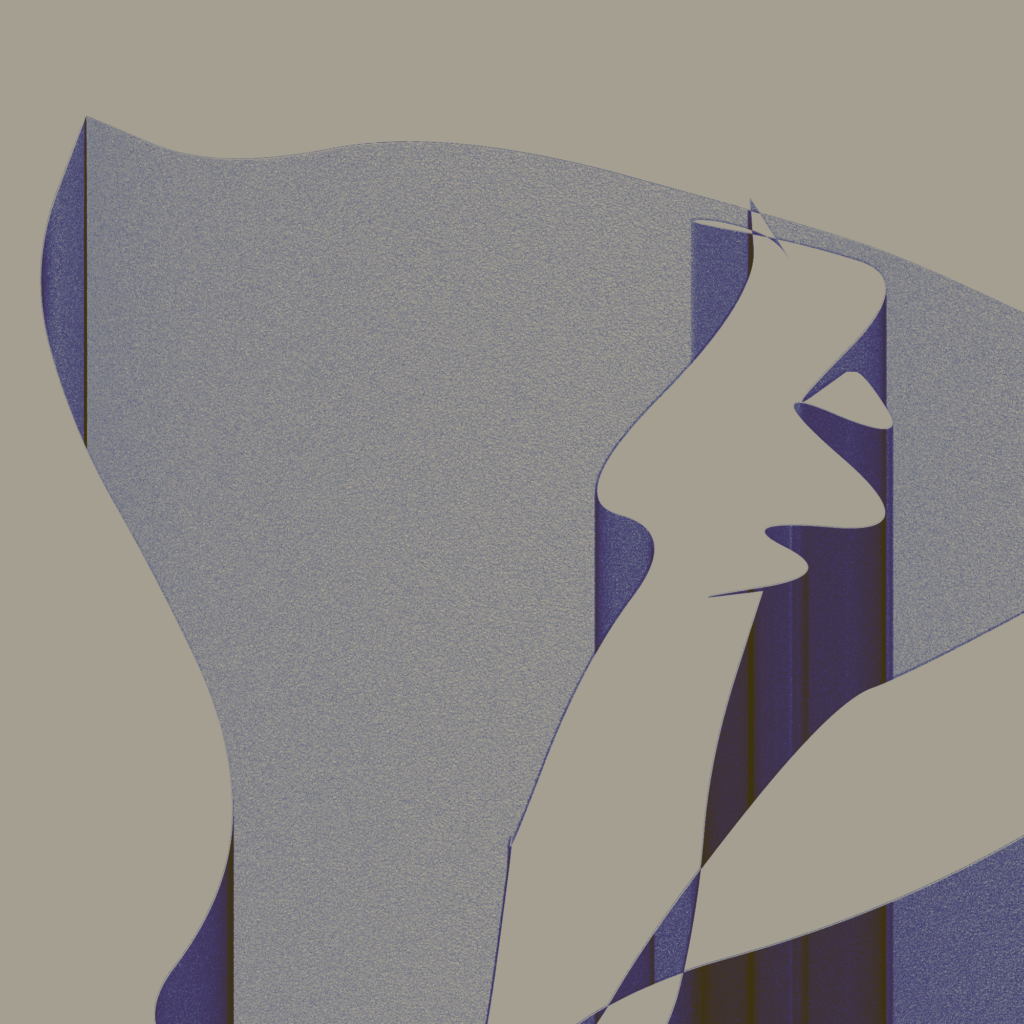

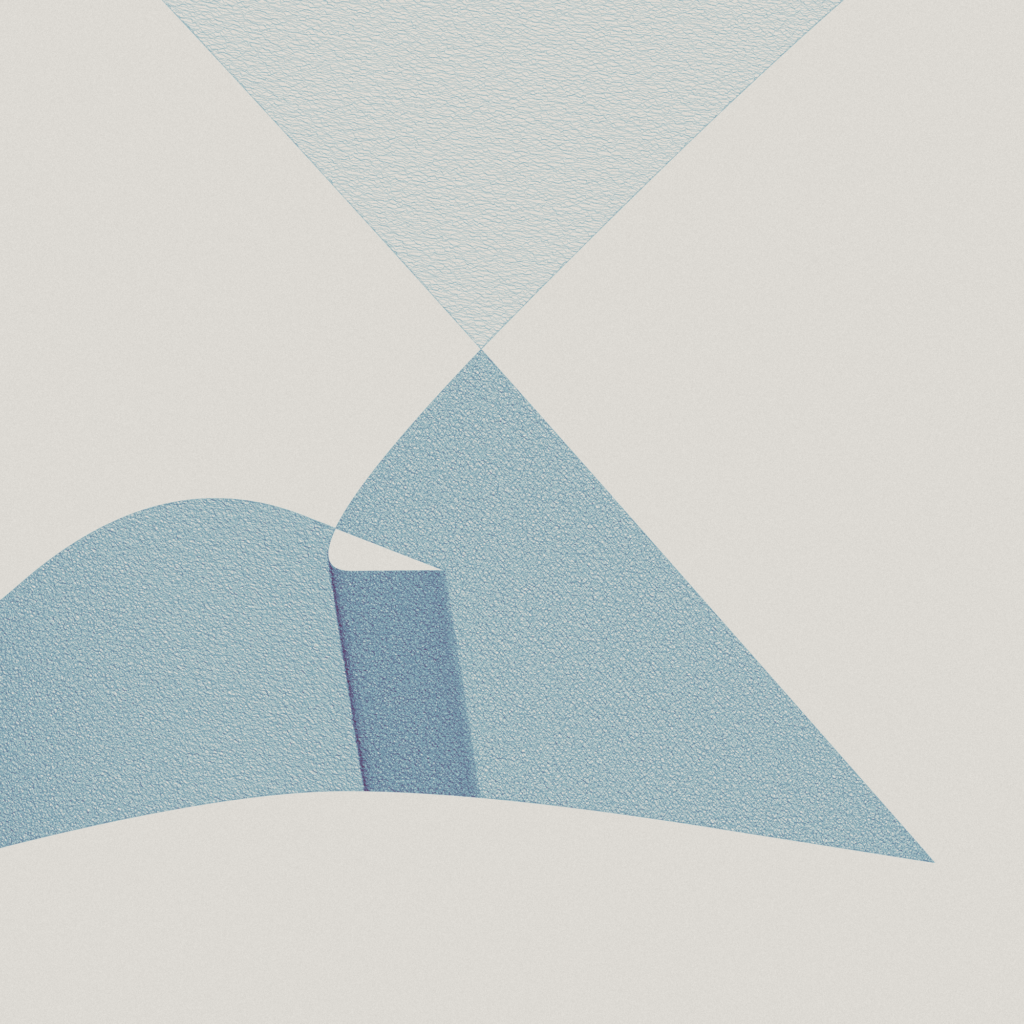
It is a true privilege to enjoy many, many pixels coalescing in their original state.
Over time, a tired brain started recognizing forms, objects, animals:


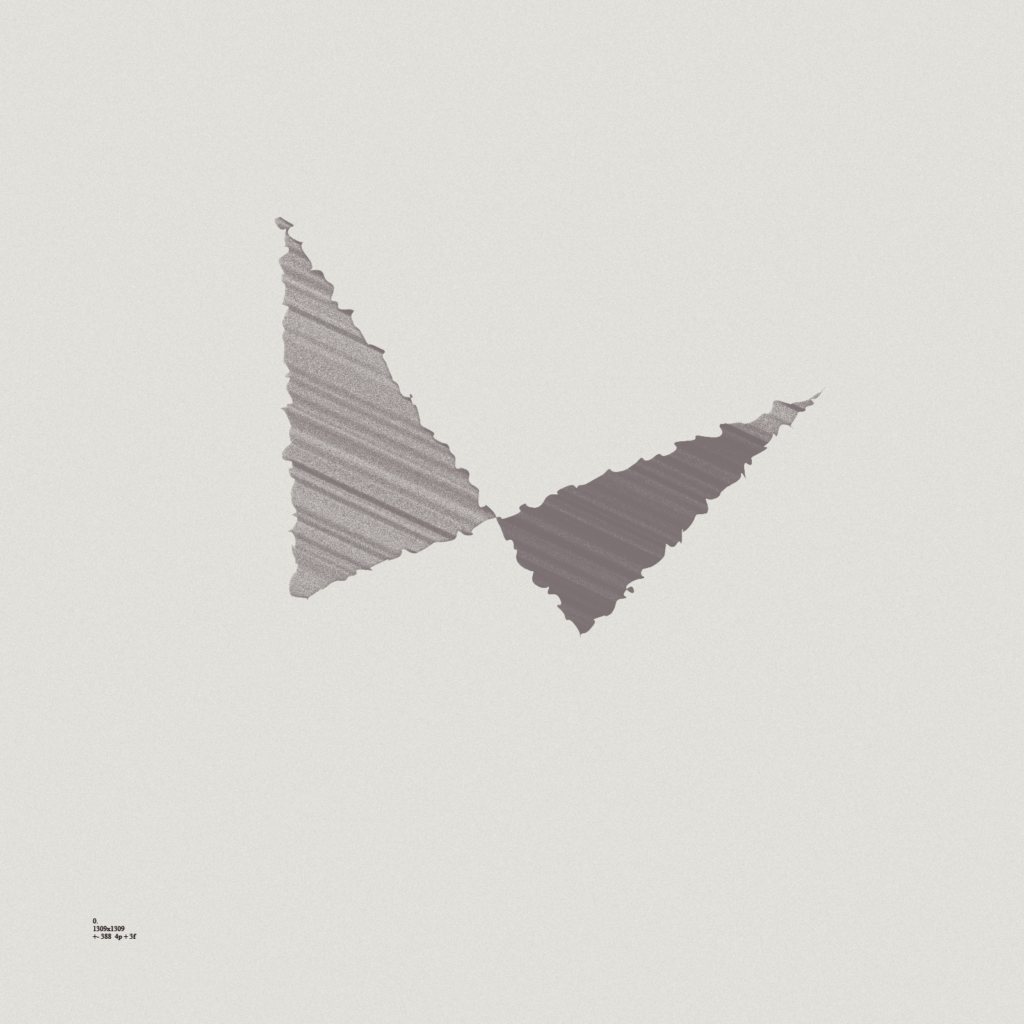
After many times imagining a dot somewhere along the test runs, I built a function that draws dots over the image. I figured someone would eventually find out but oh well

When clicking anywhere inside the canvas, coordinates are captured. Pressing “D” calls the drawing function, rendering a dot. I left these functions in as an invitation for interaction. For this work to be taken somewhere else, a place where abstract forms meet figures of imagination.
To finish off, an inverted palette test , mixing textures and very likely to be implemented into another project:

Any questions or commentaries, feel free to reach out.
An interactive gallery featuring a selection of outputs is accessible via Anaver.se: Thirty Different Threads
Differential Threads was released a couple of weeks ago in fxhash.
Keep scrolling to see the full collection (91 so far)
